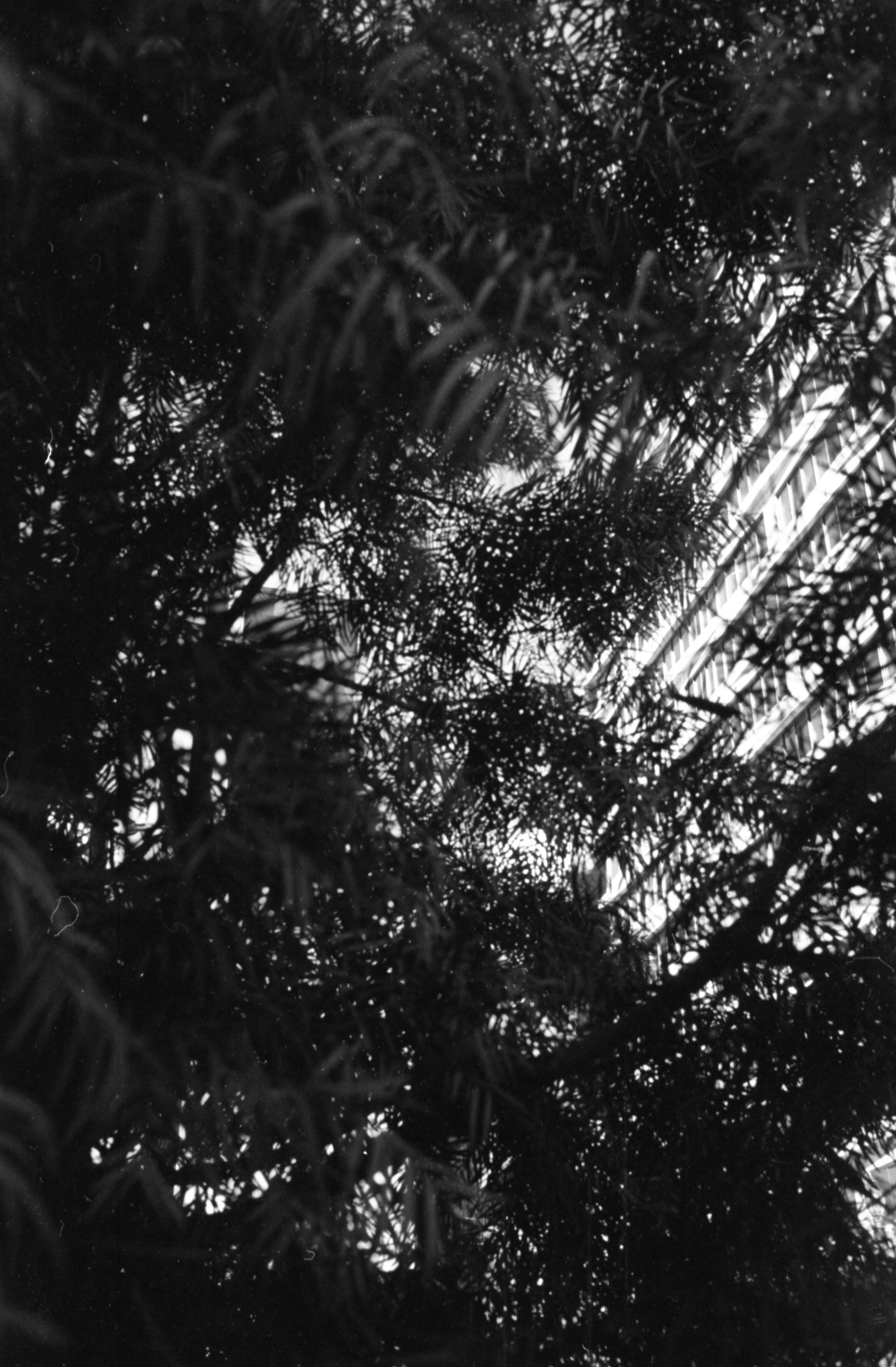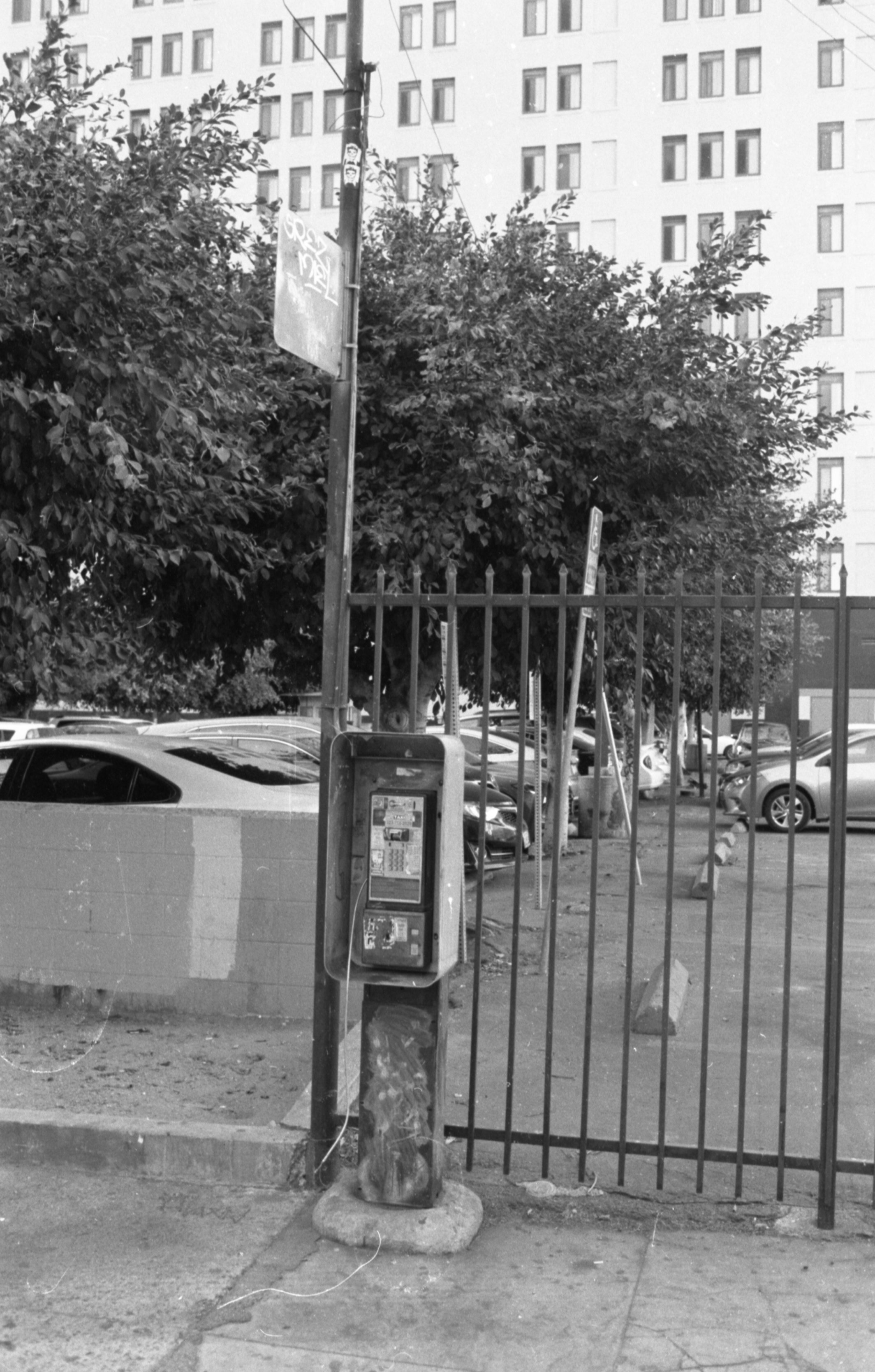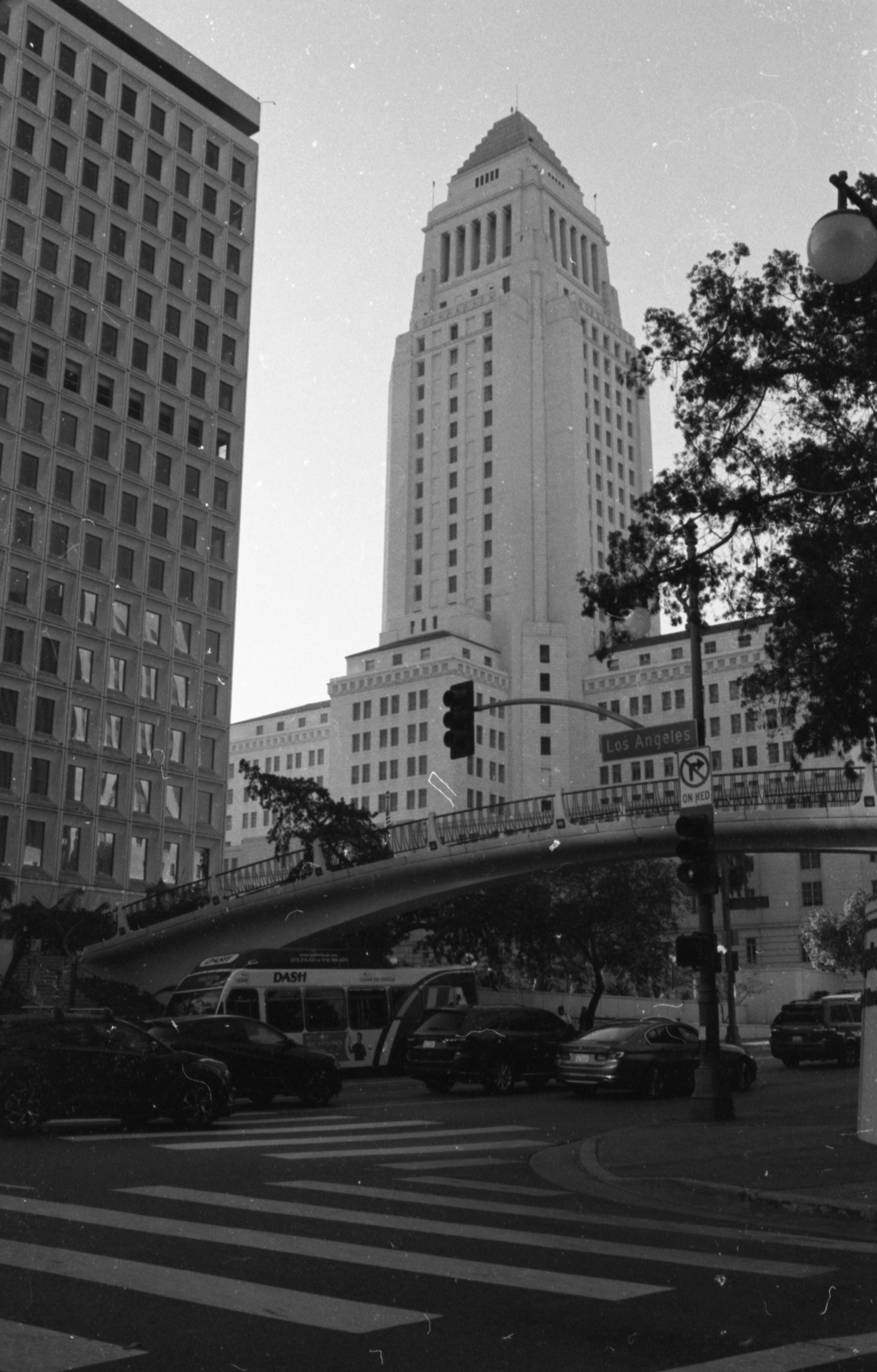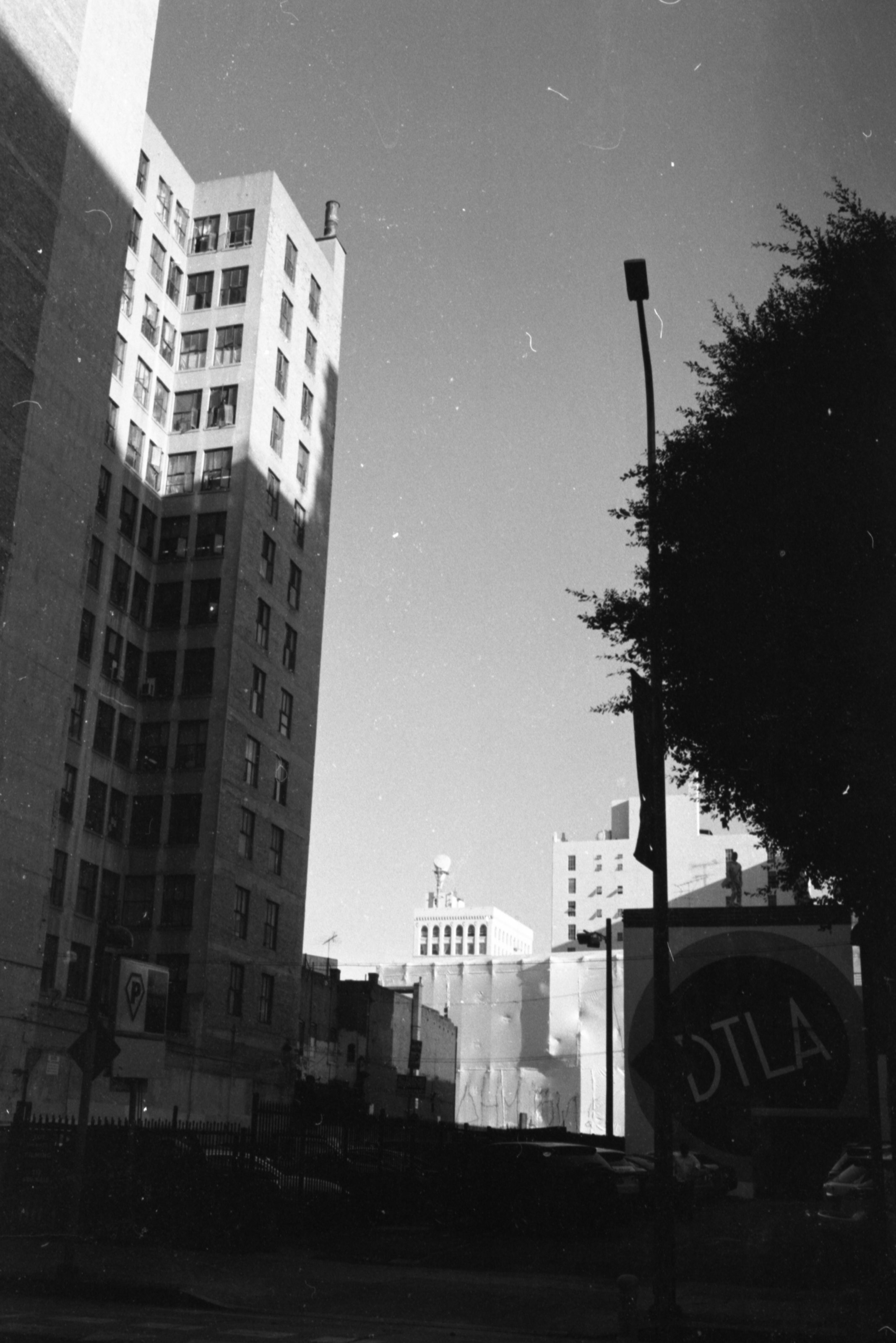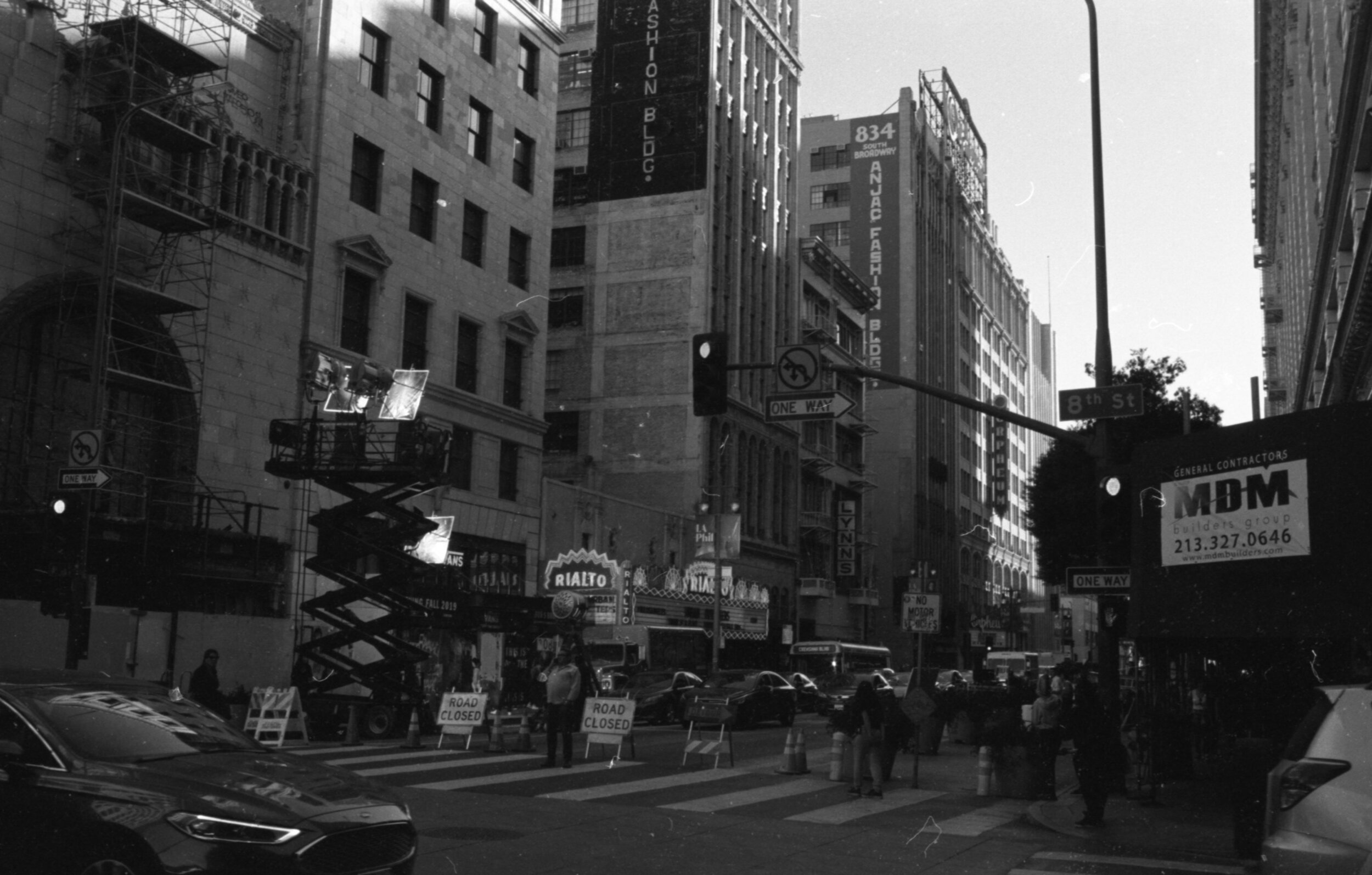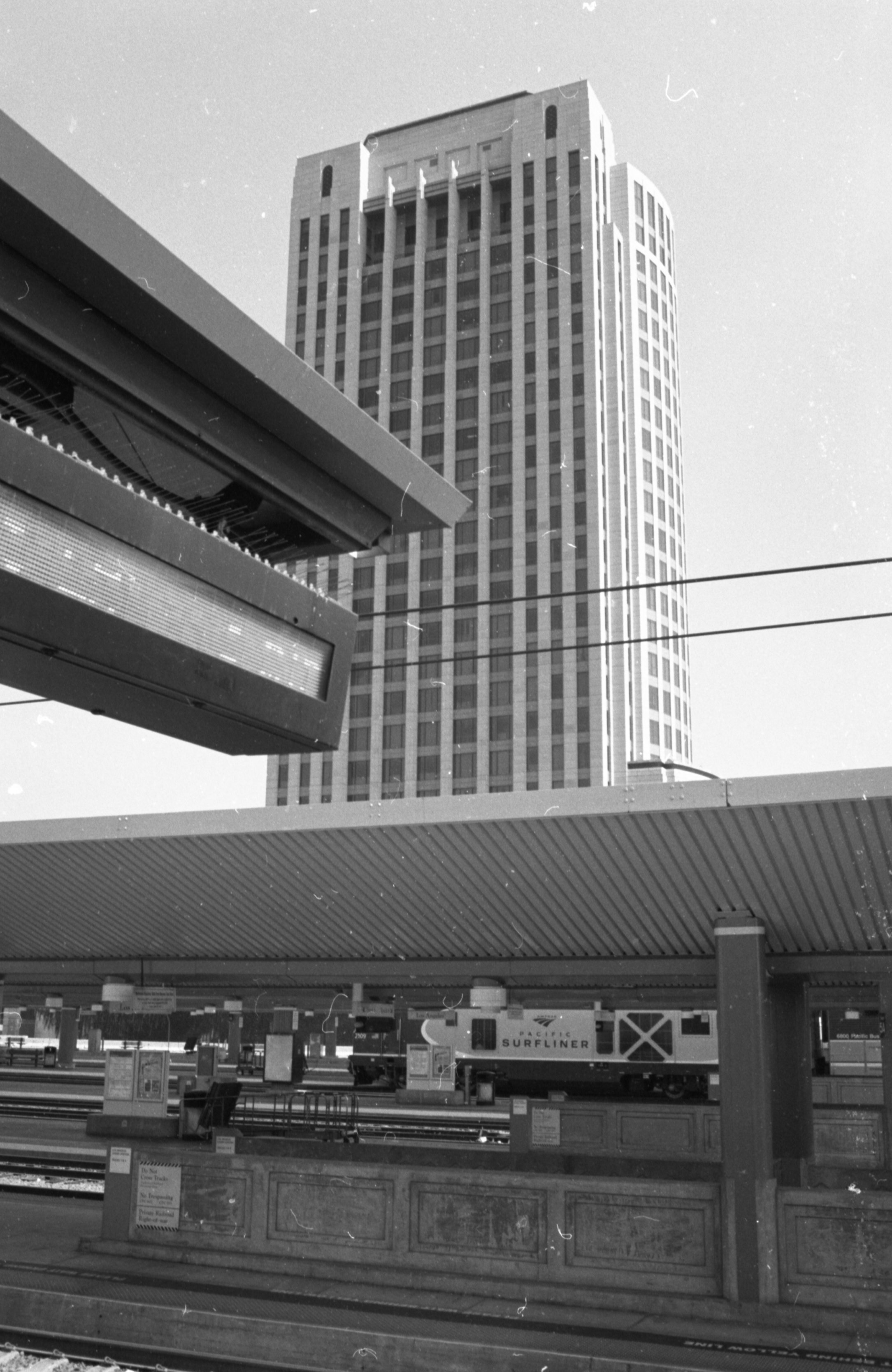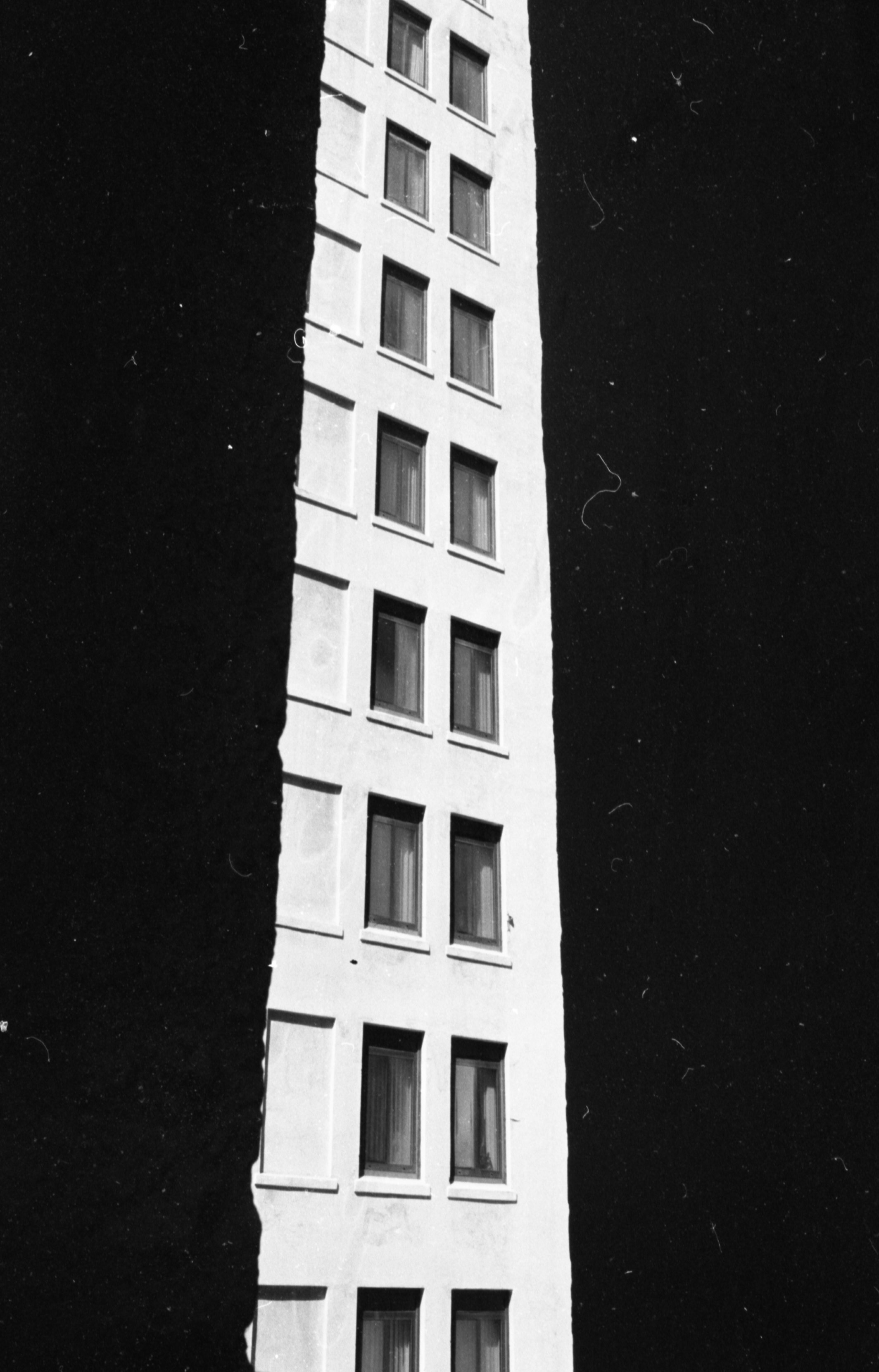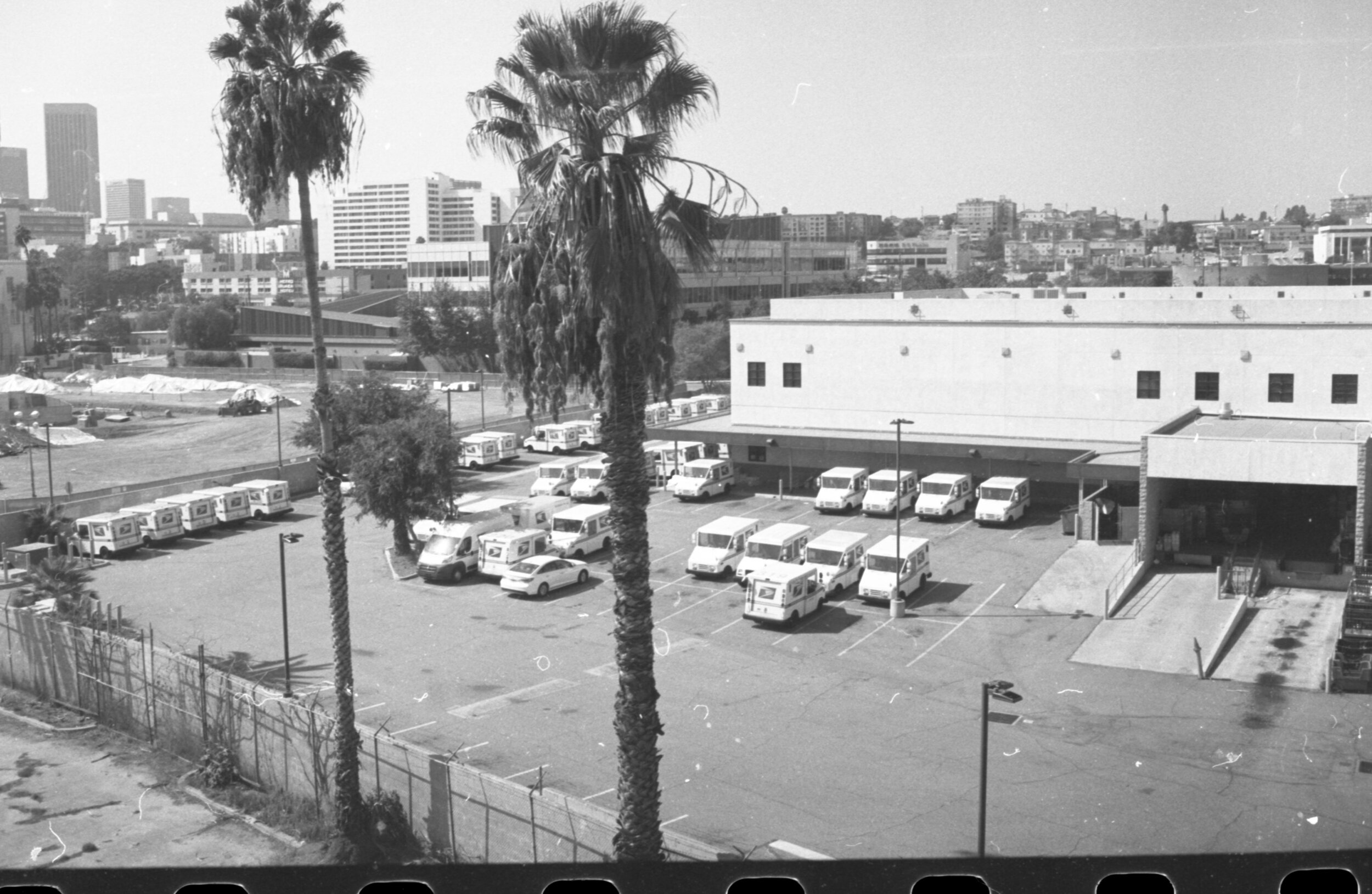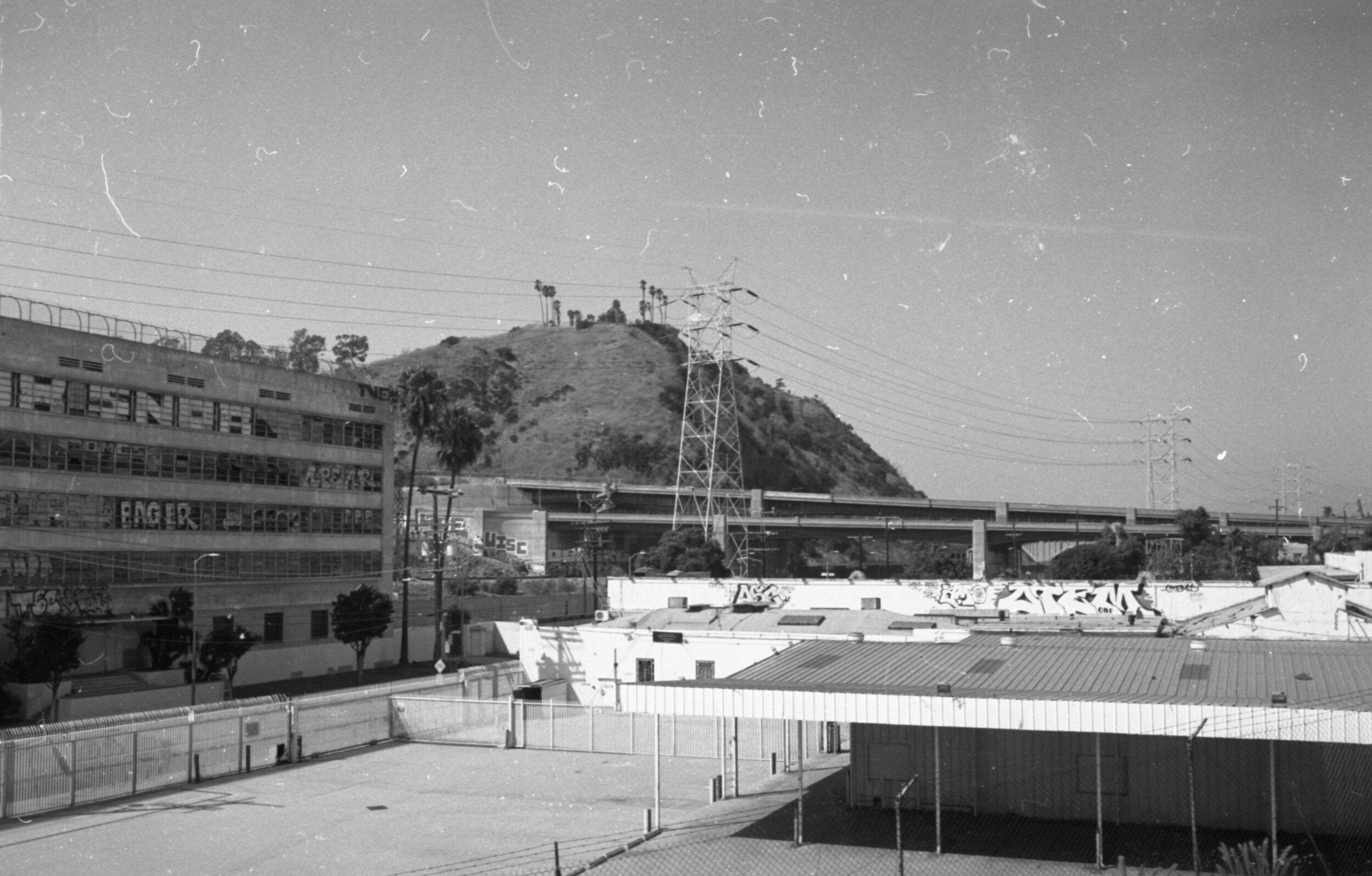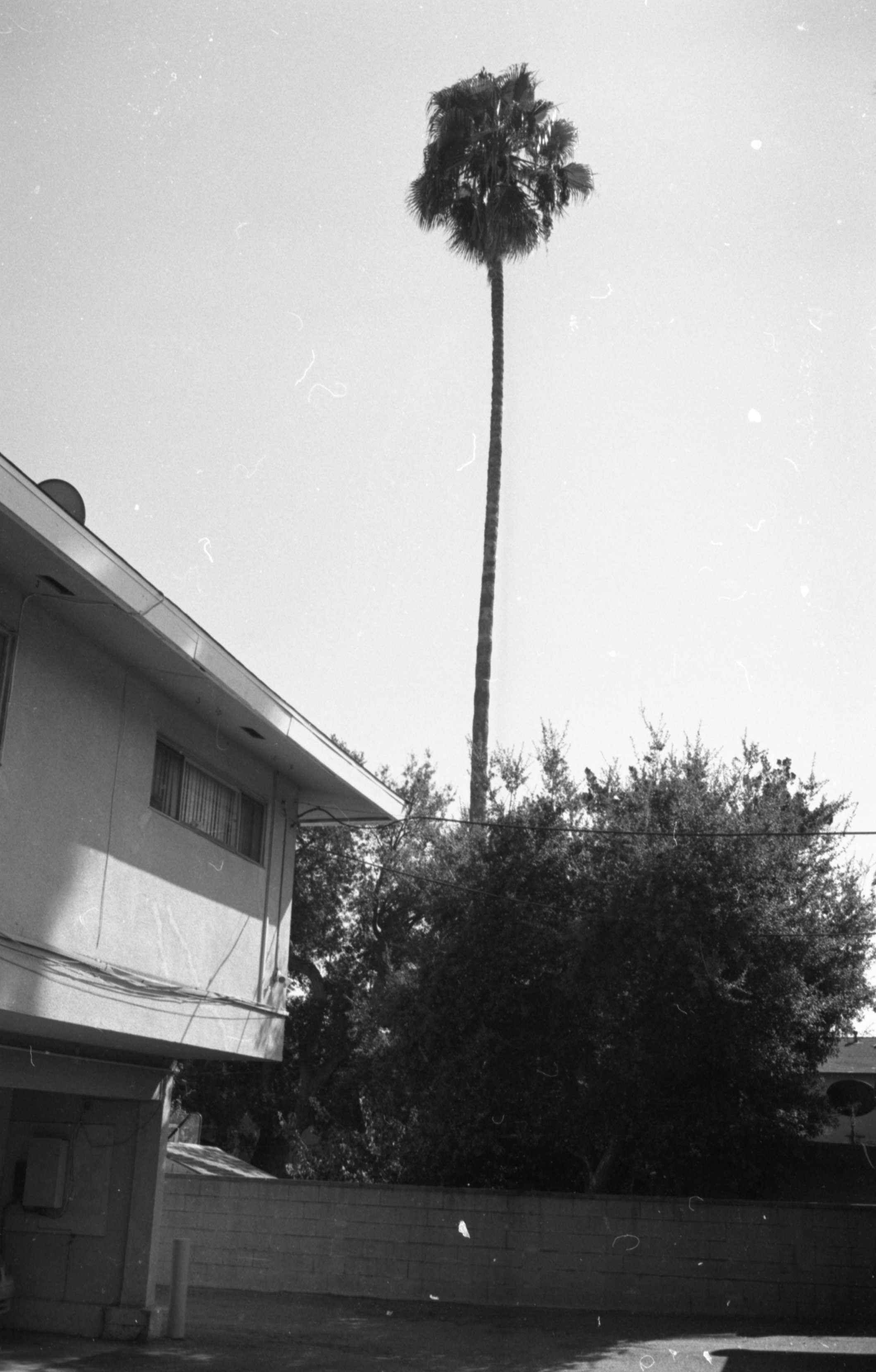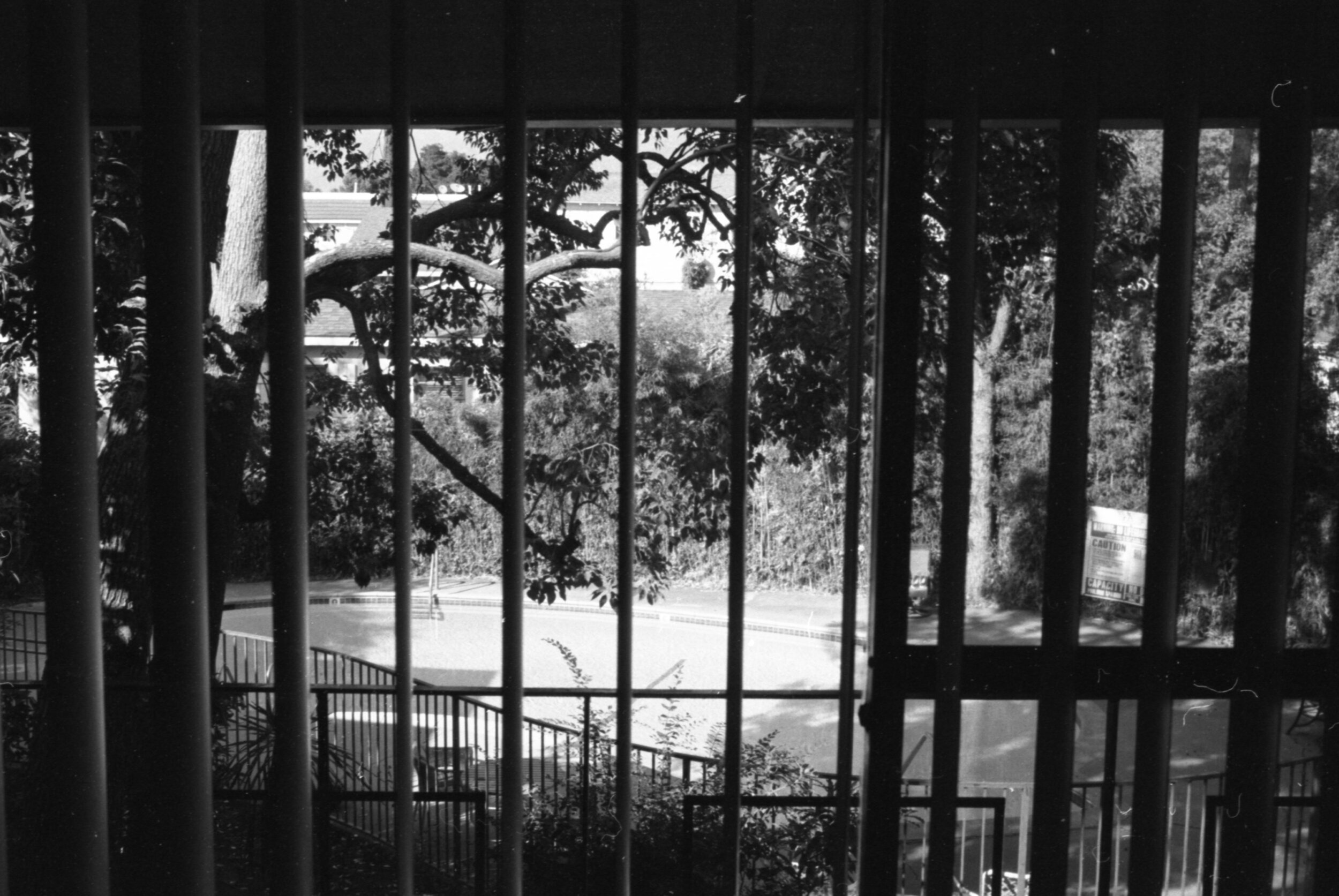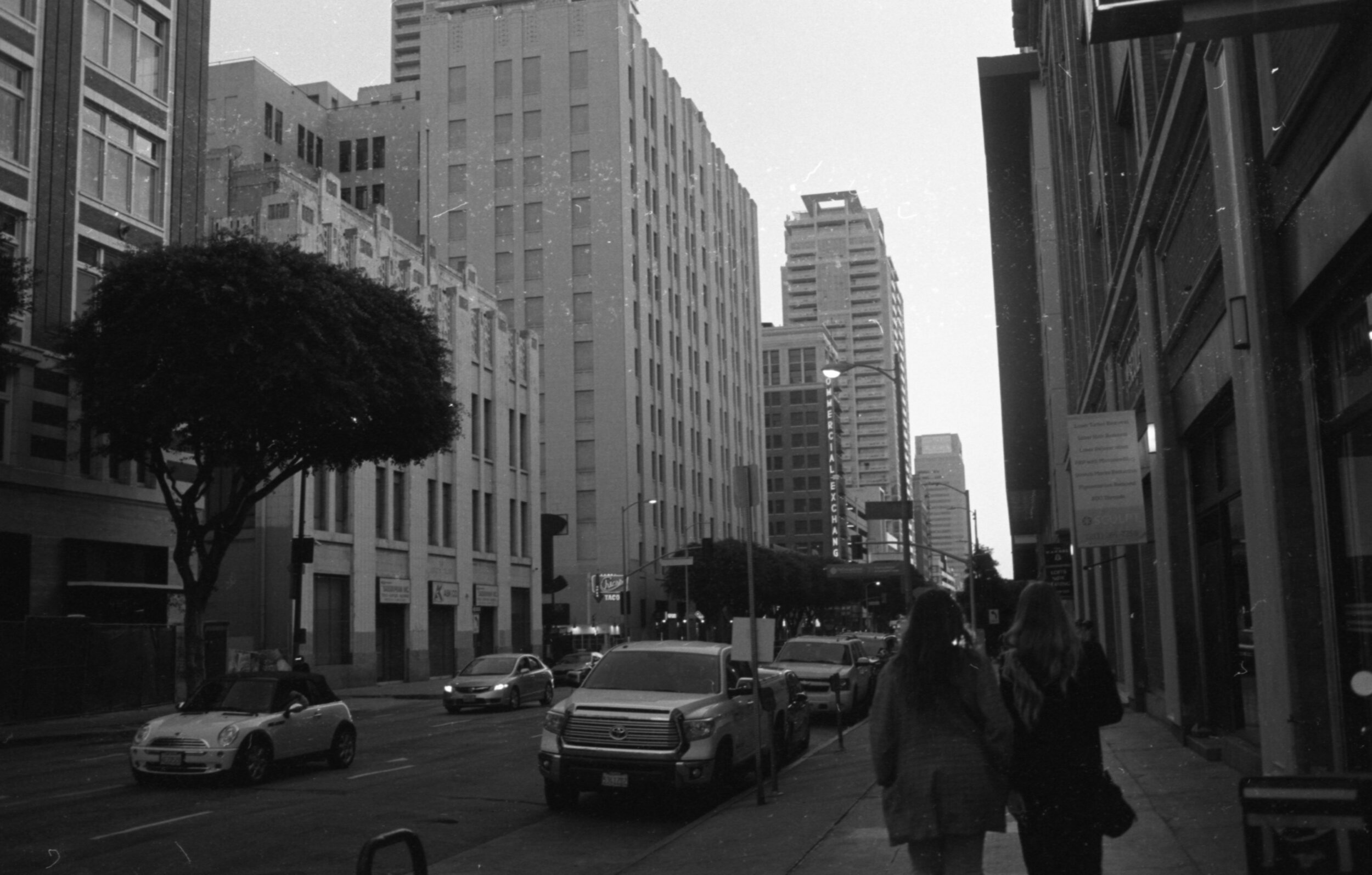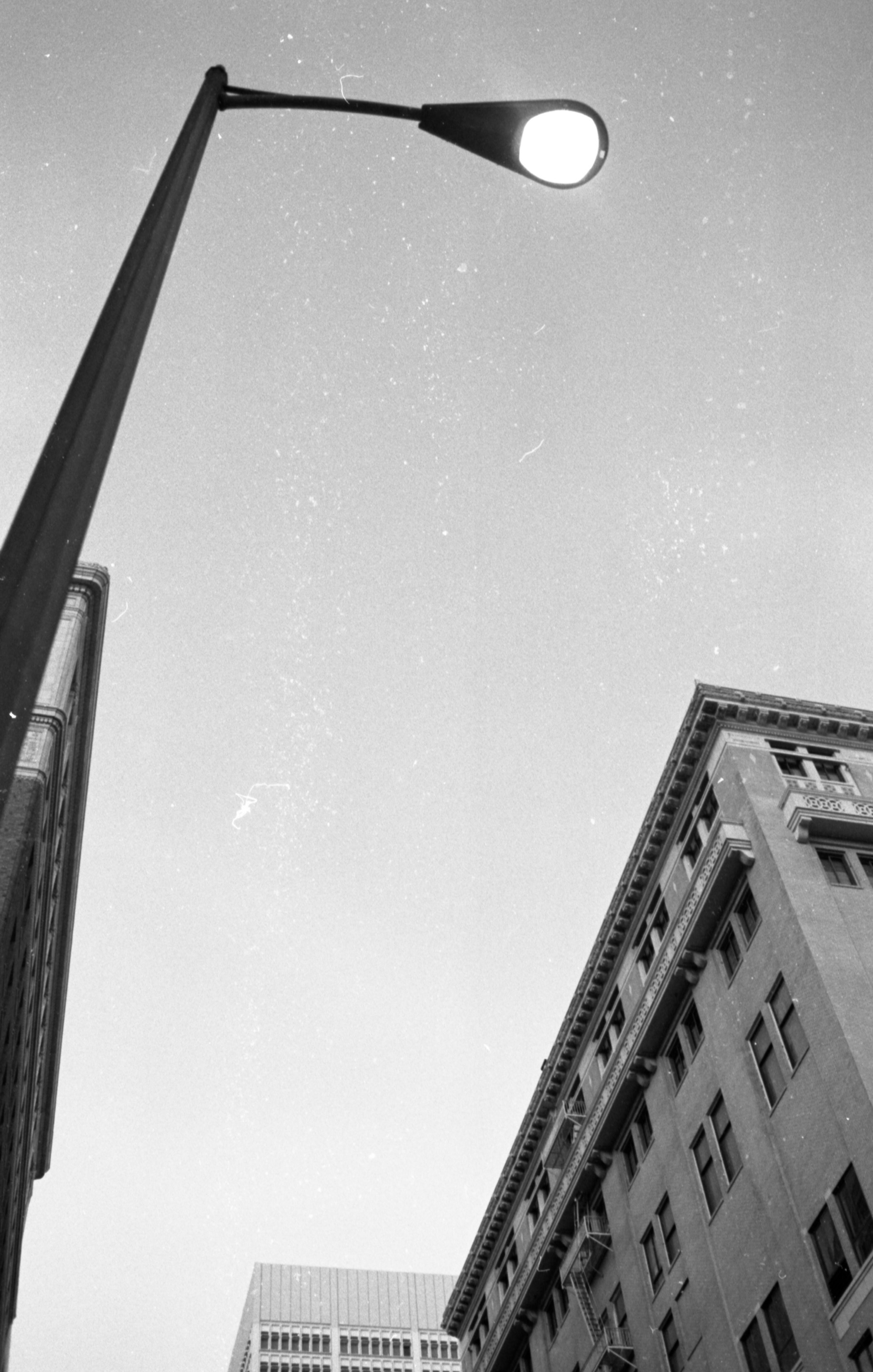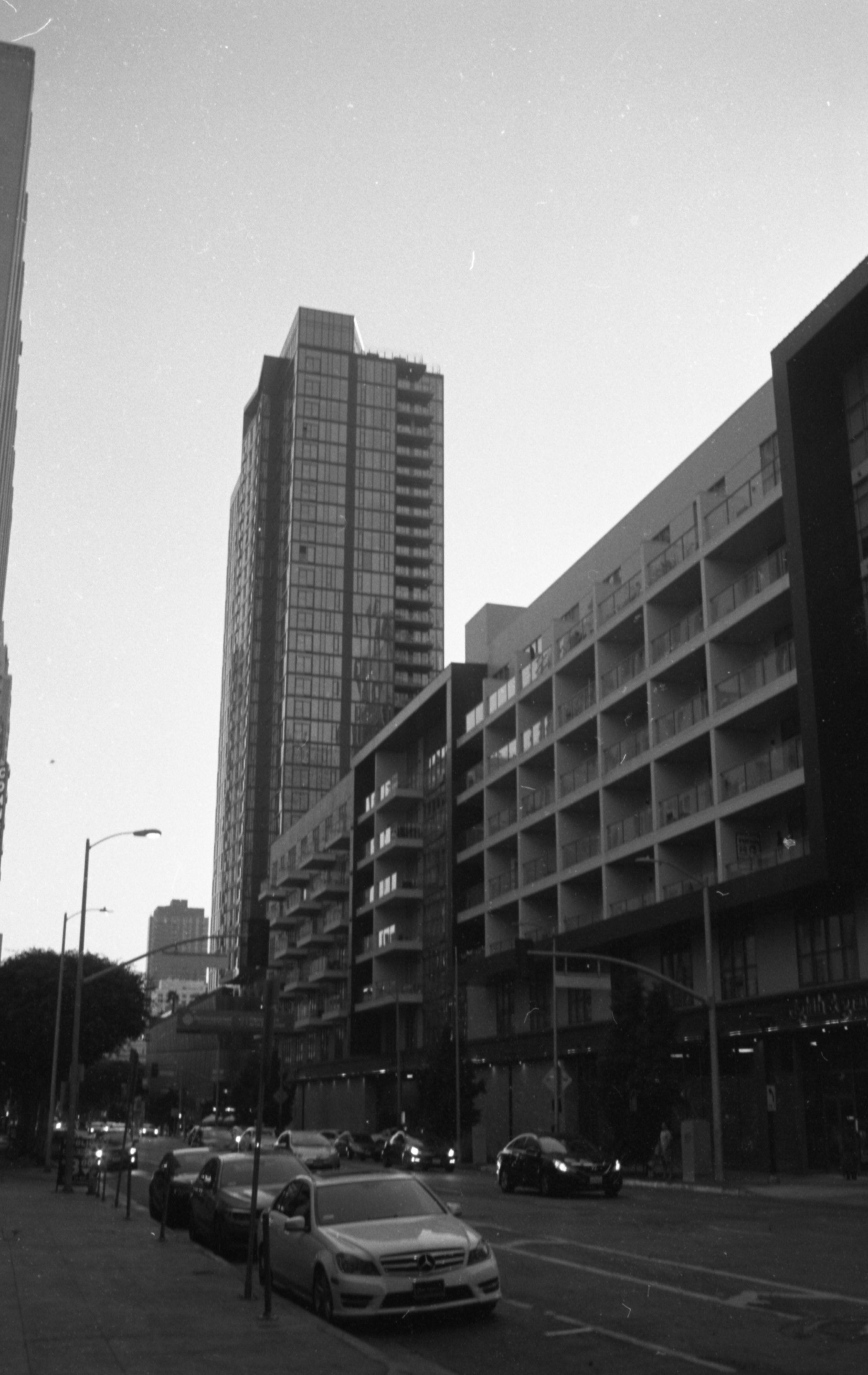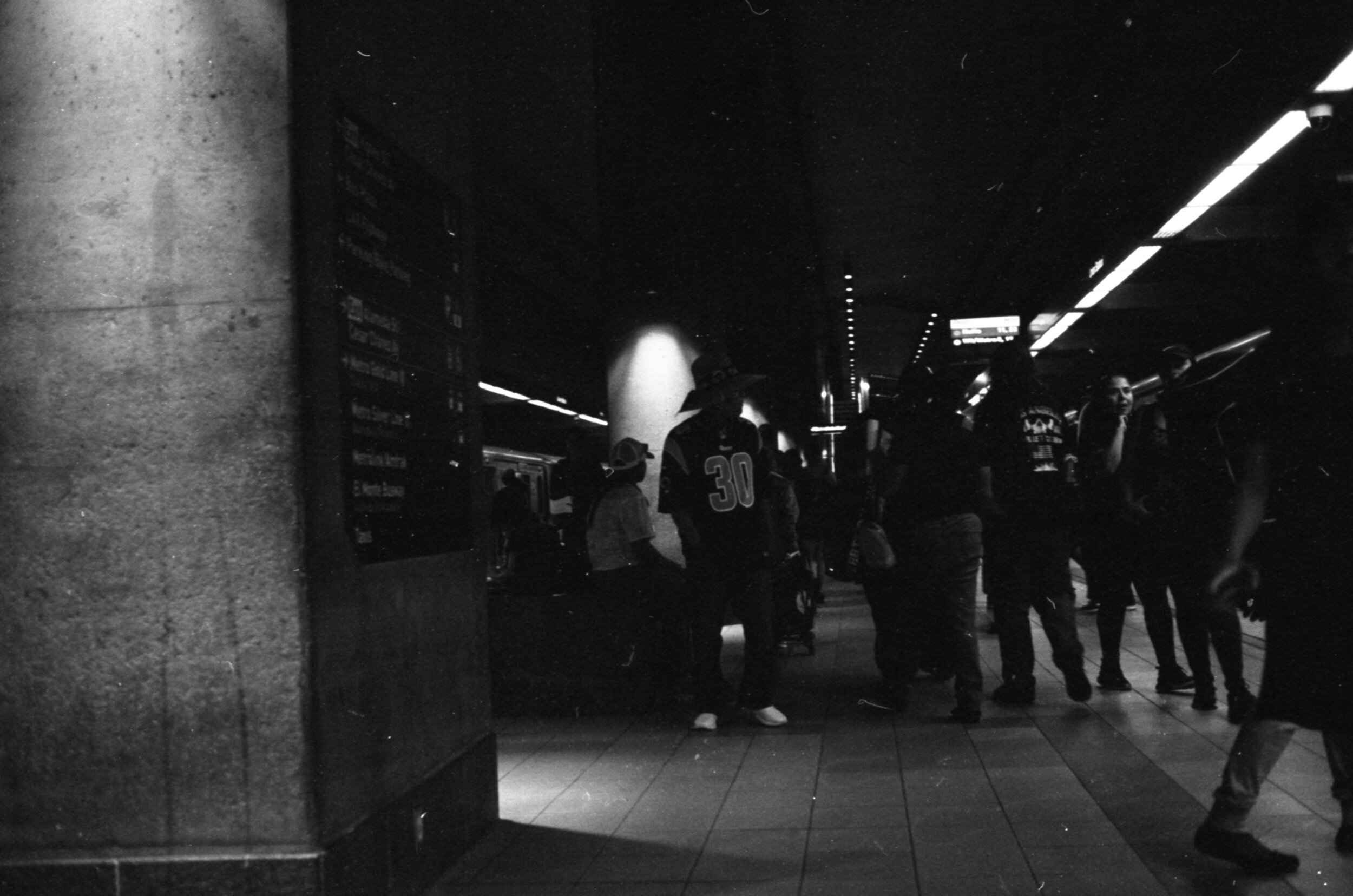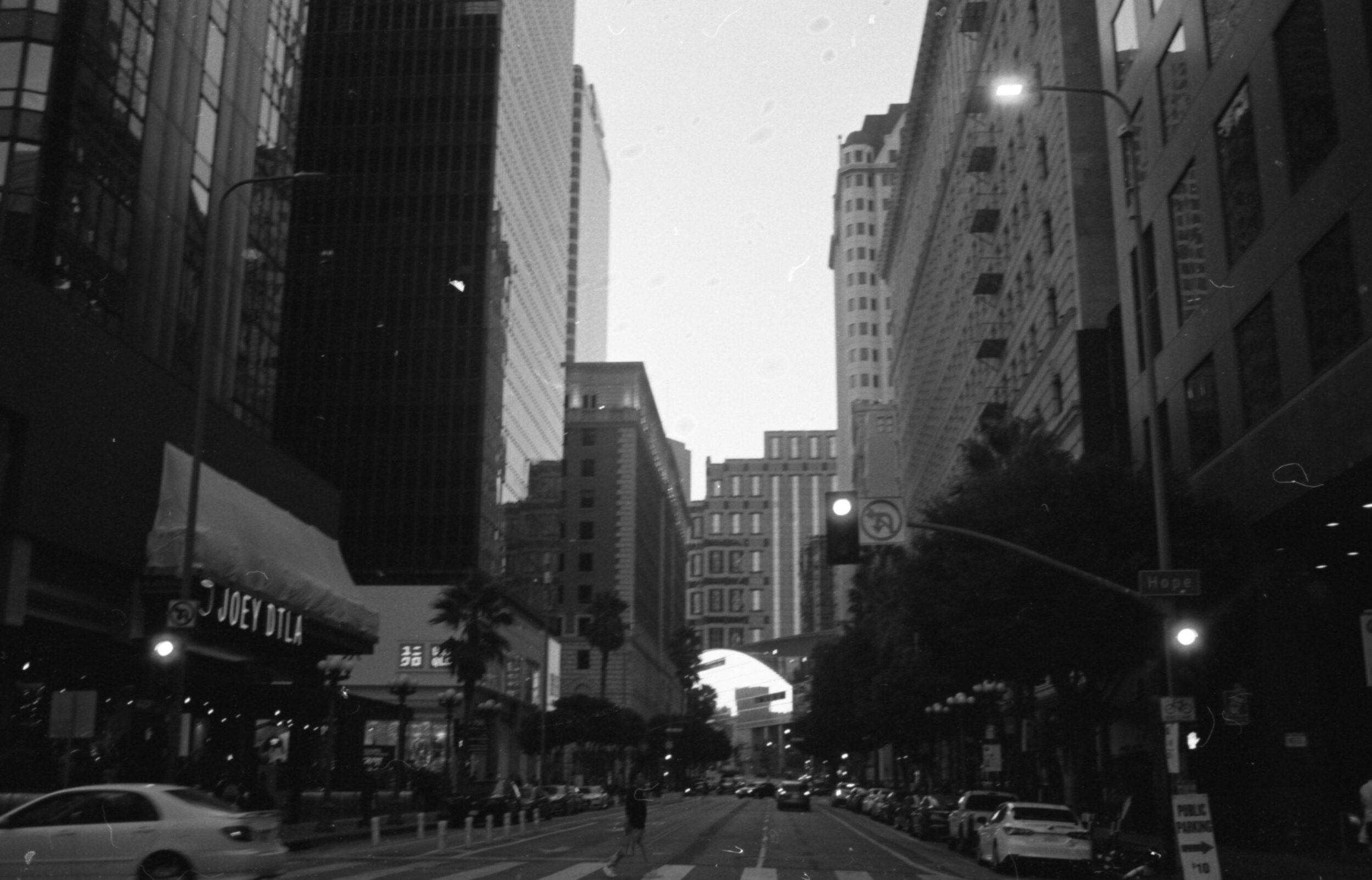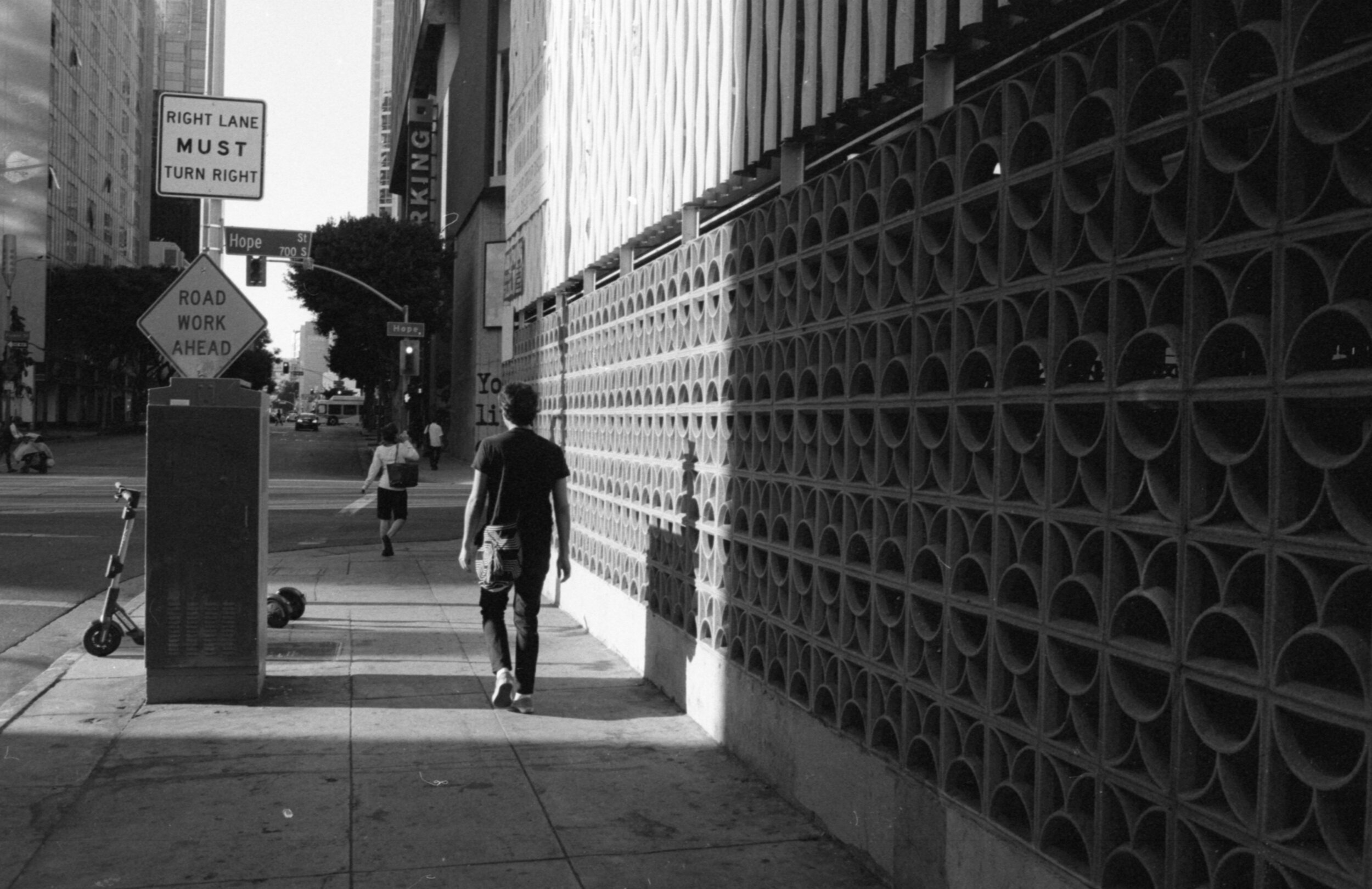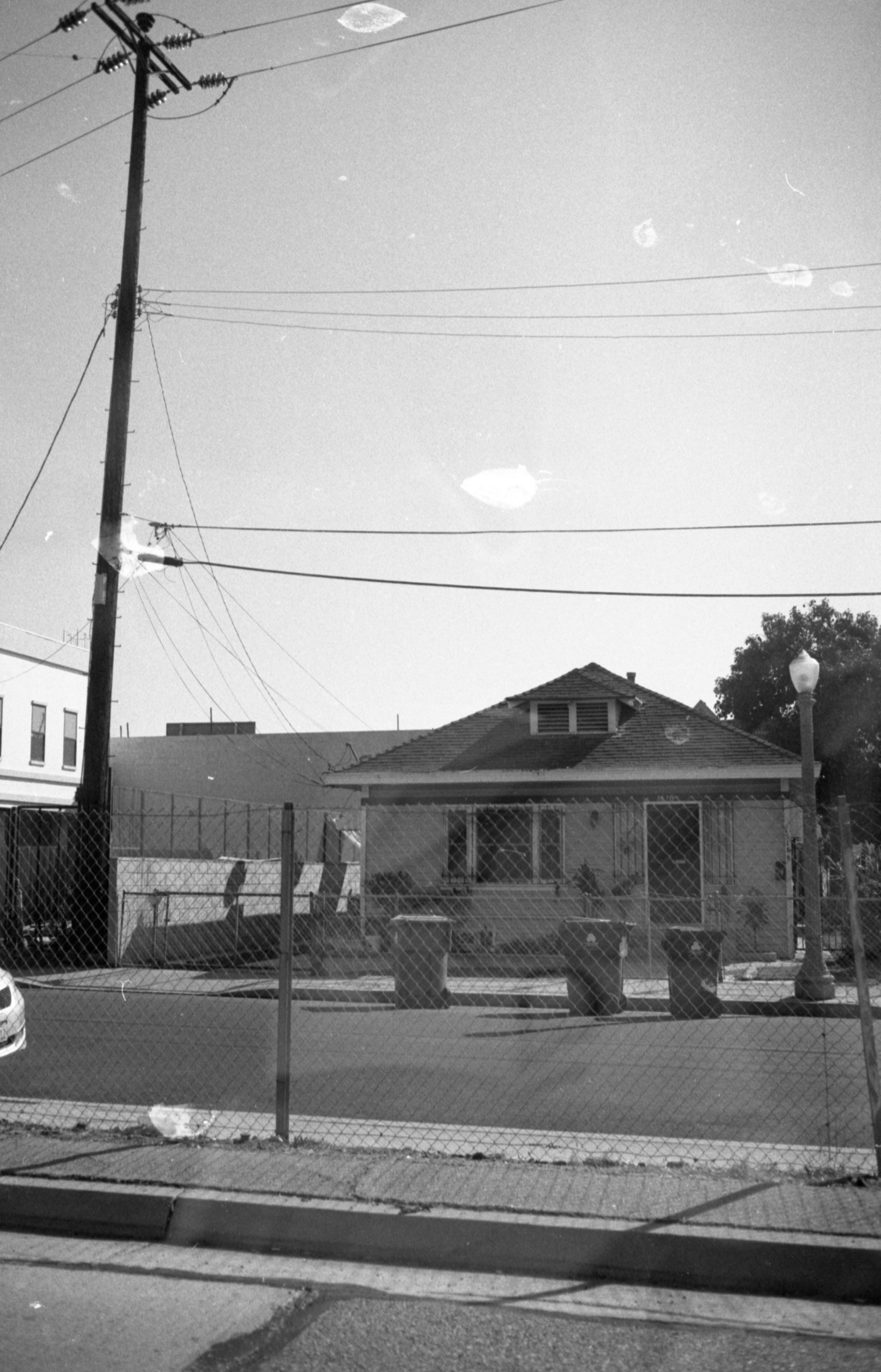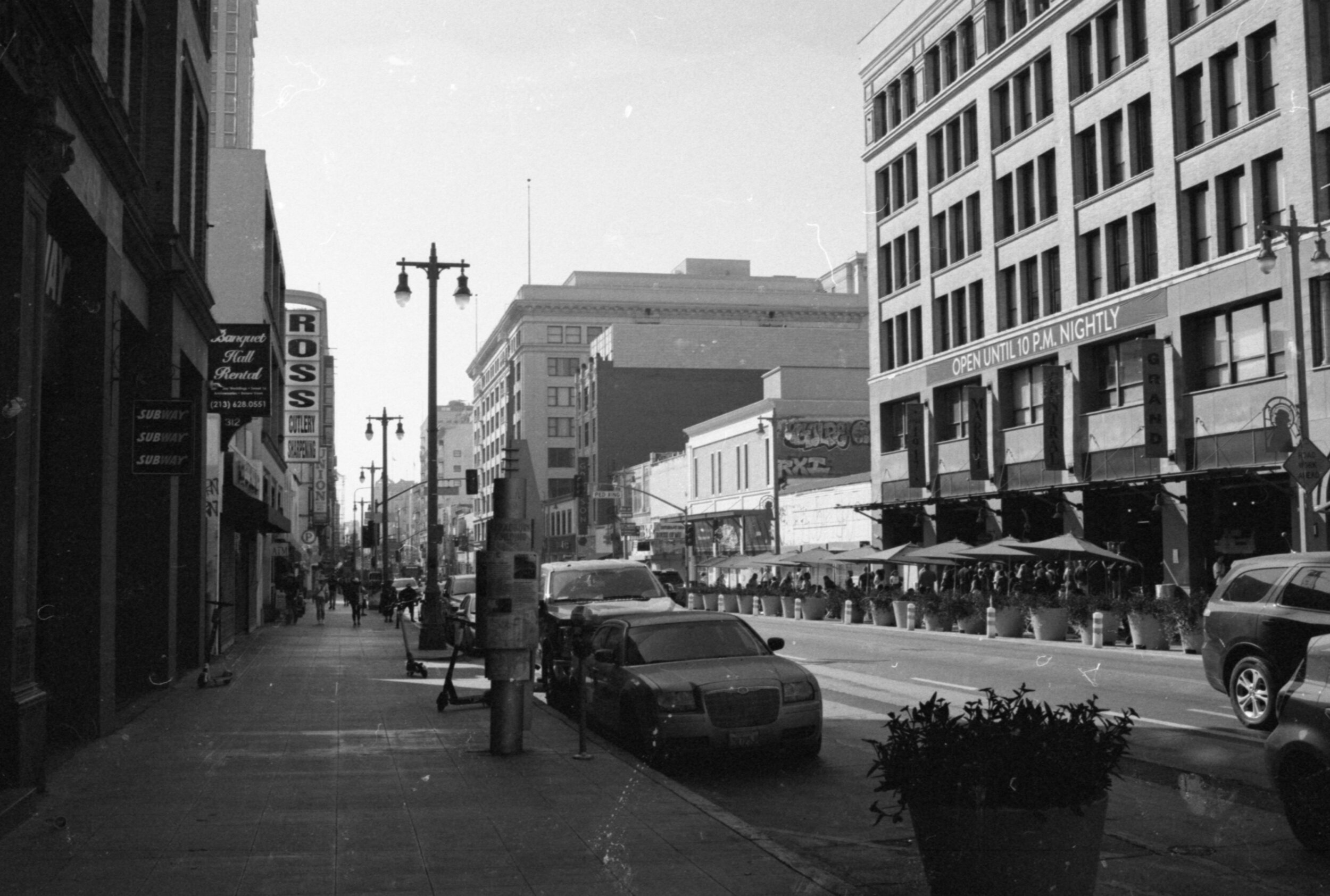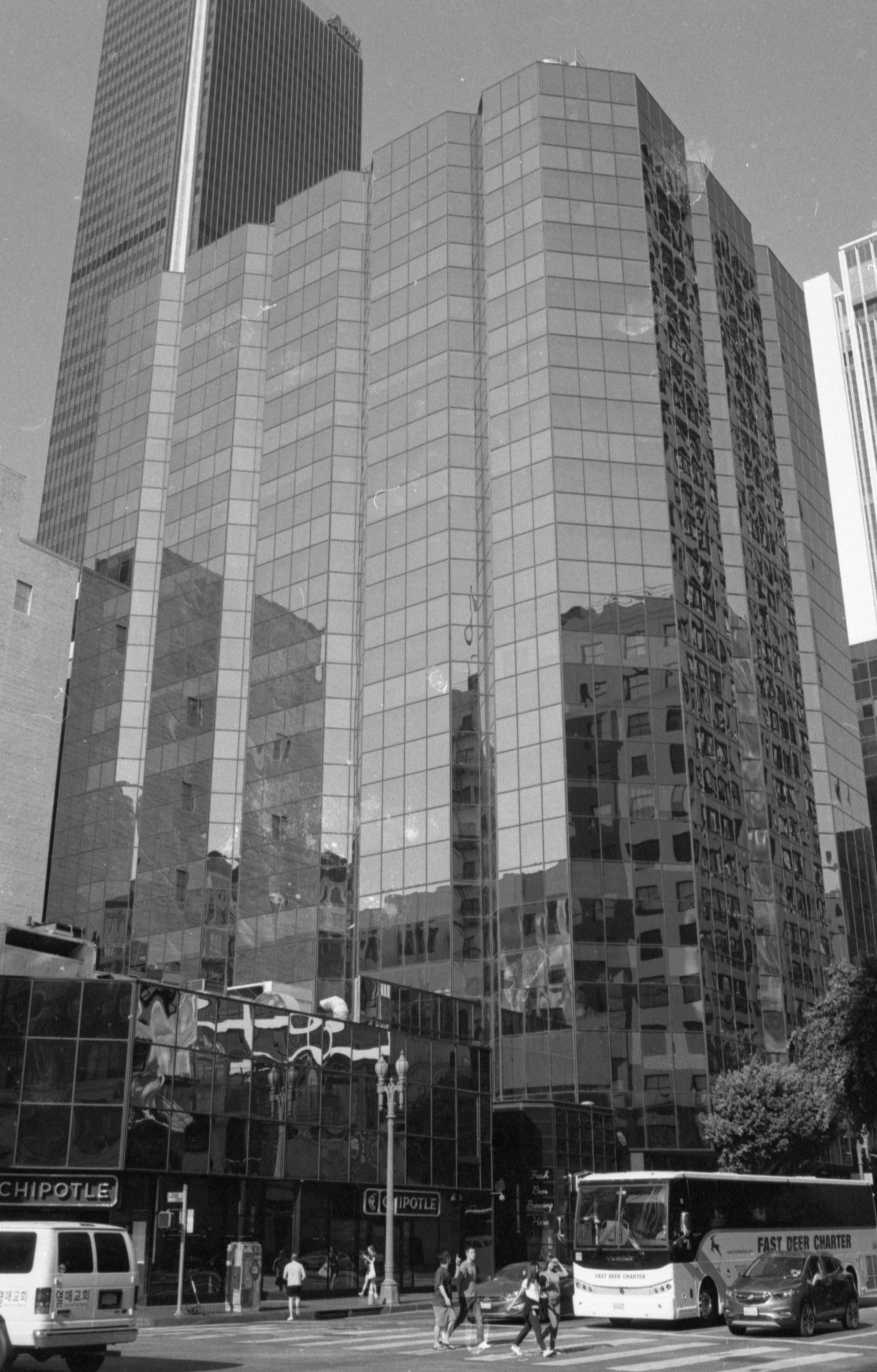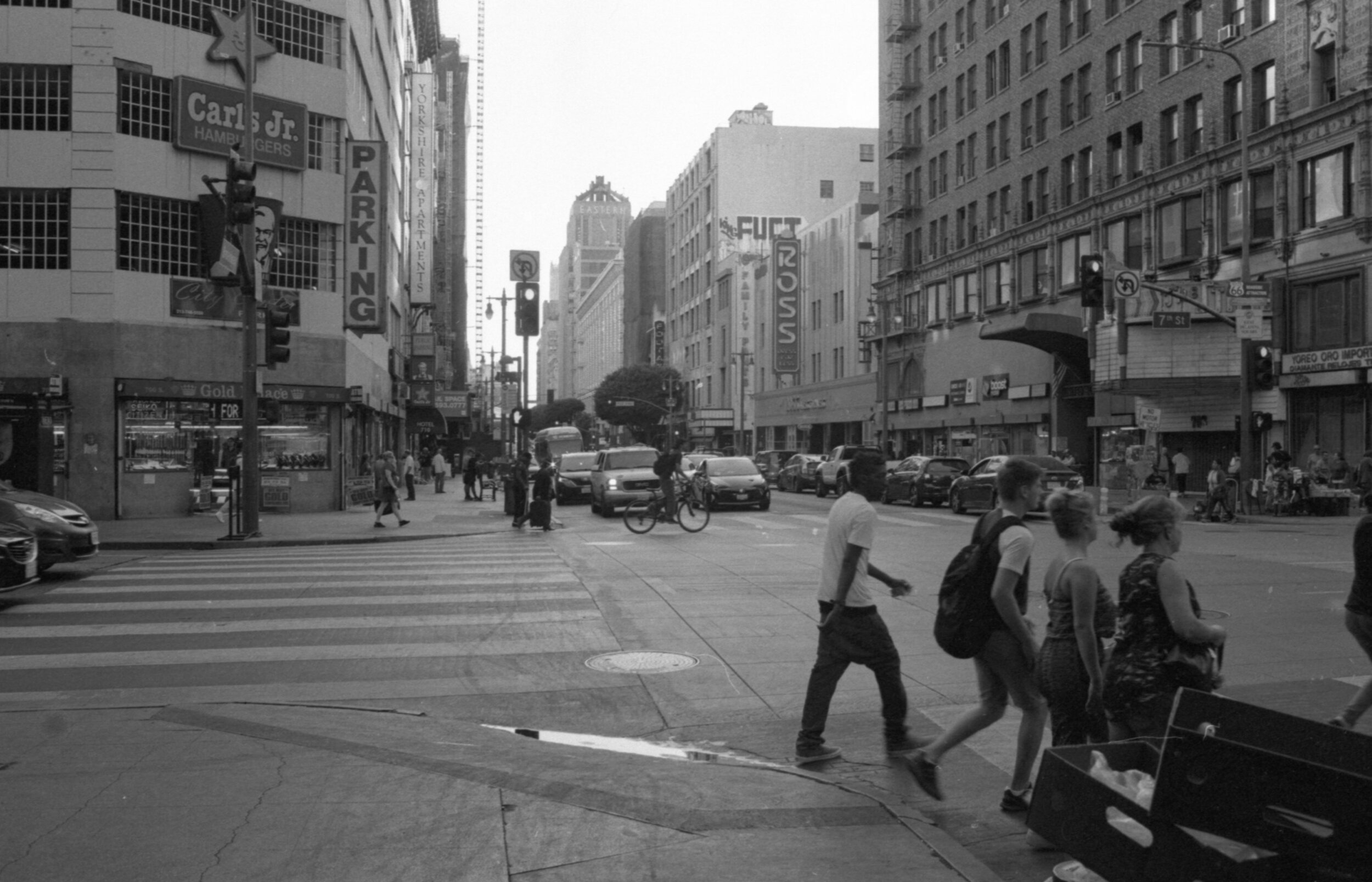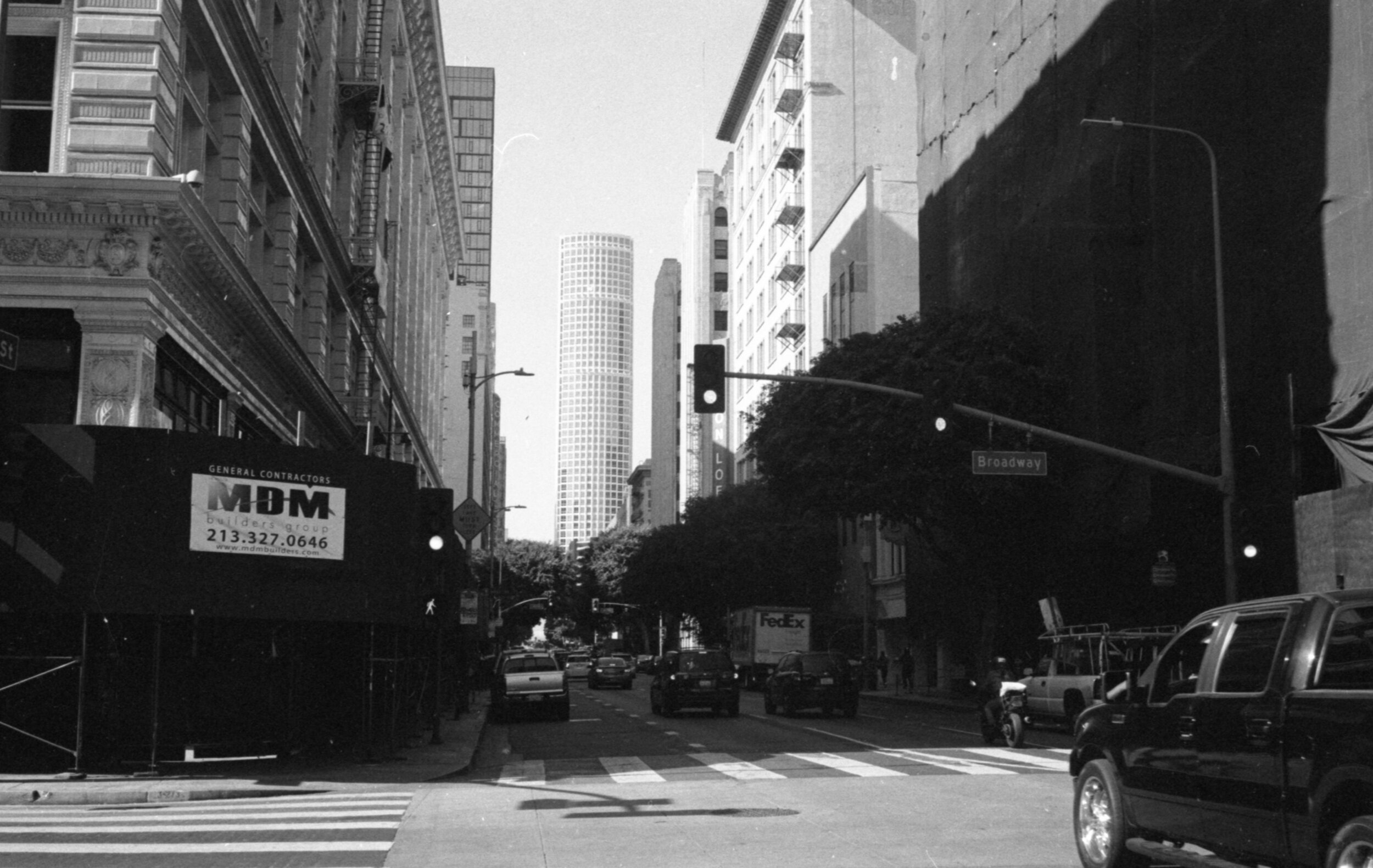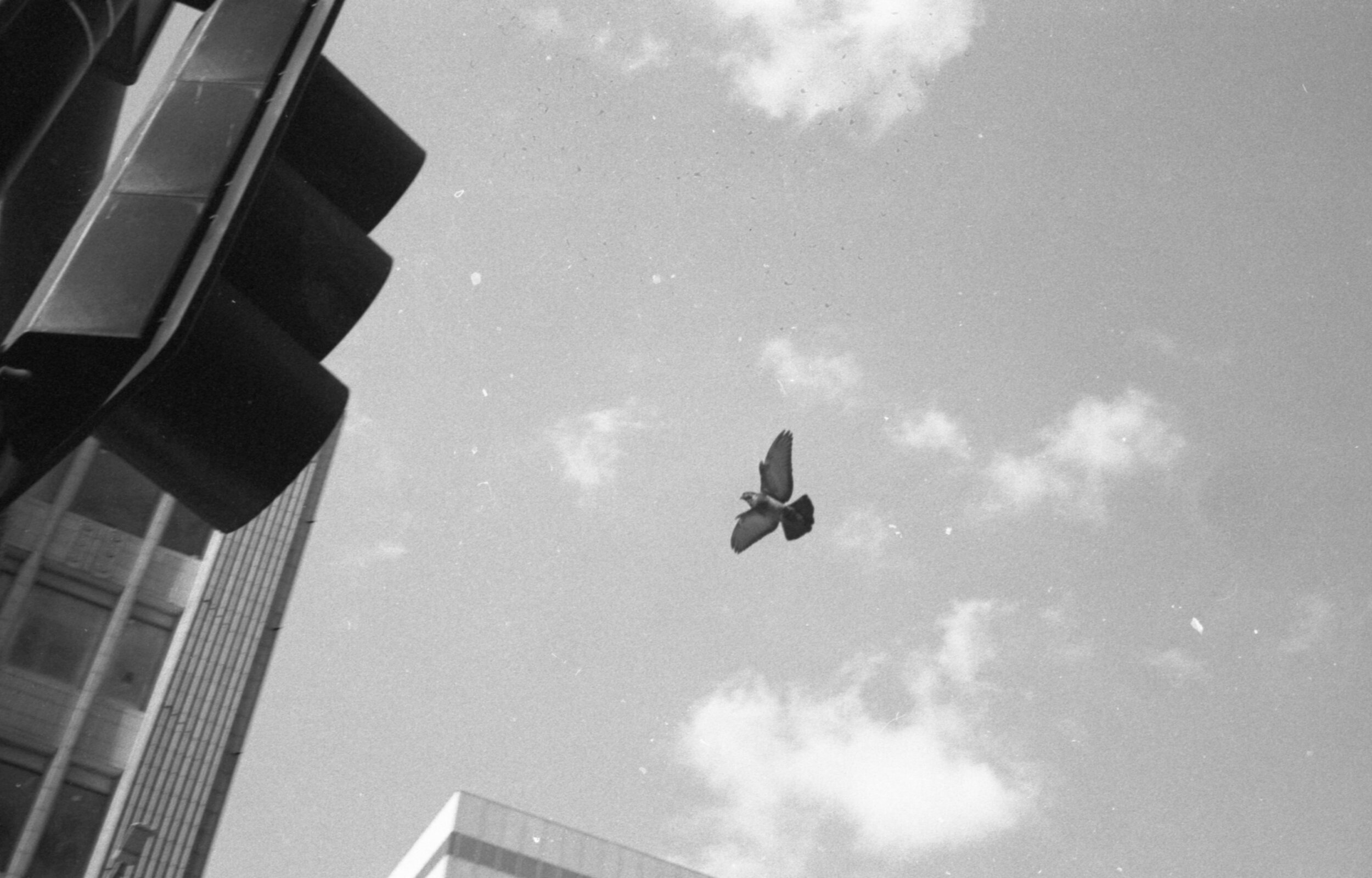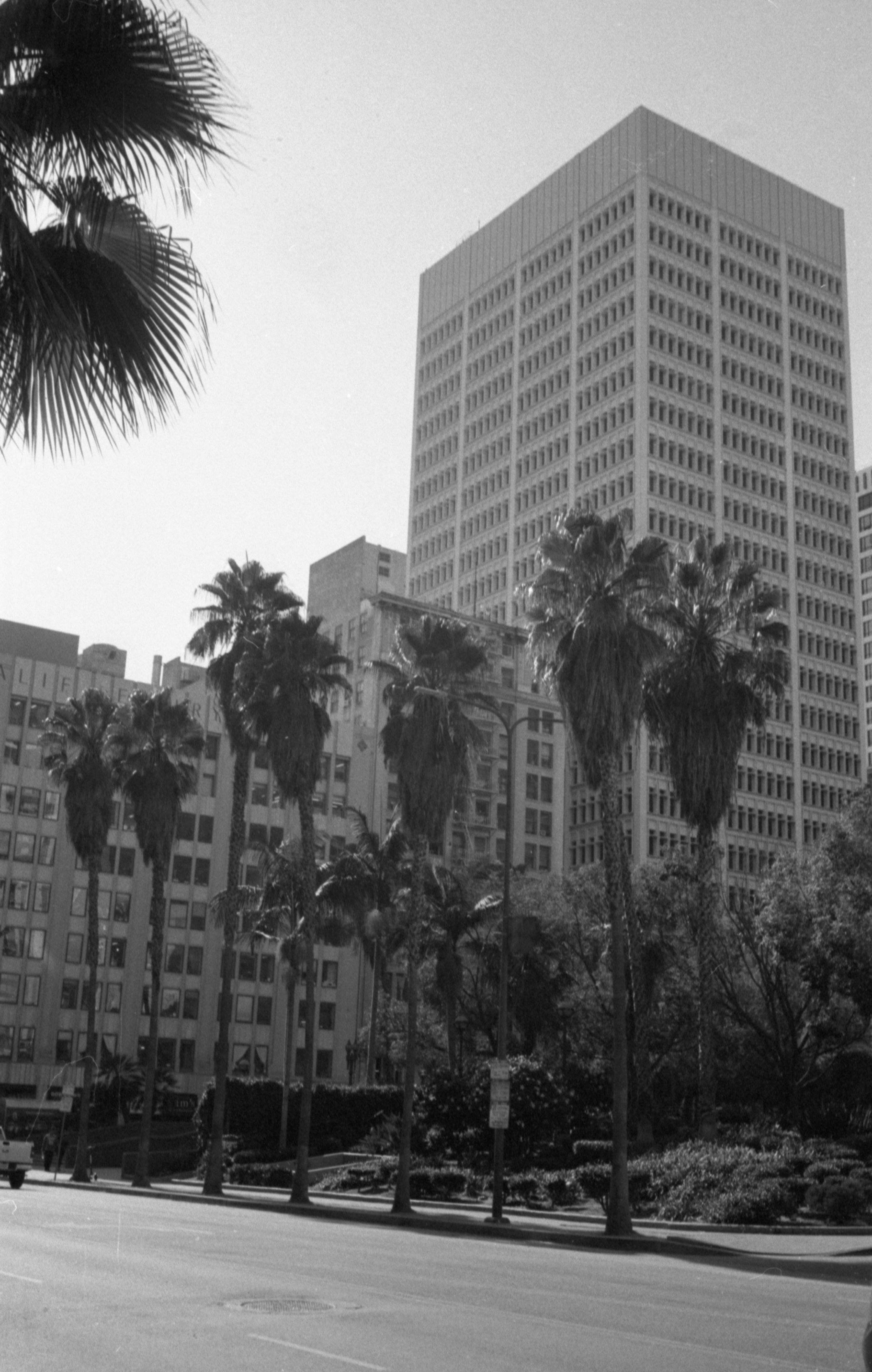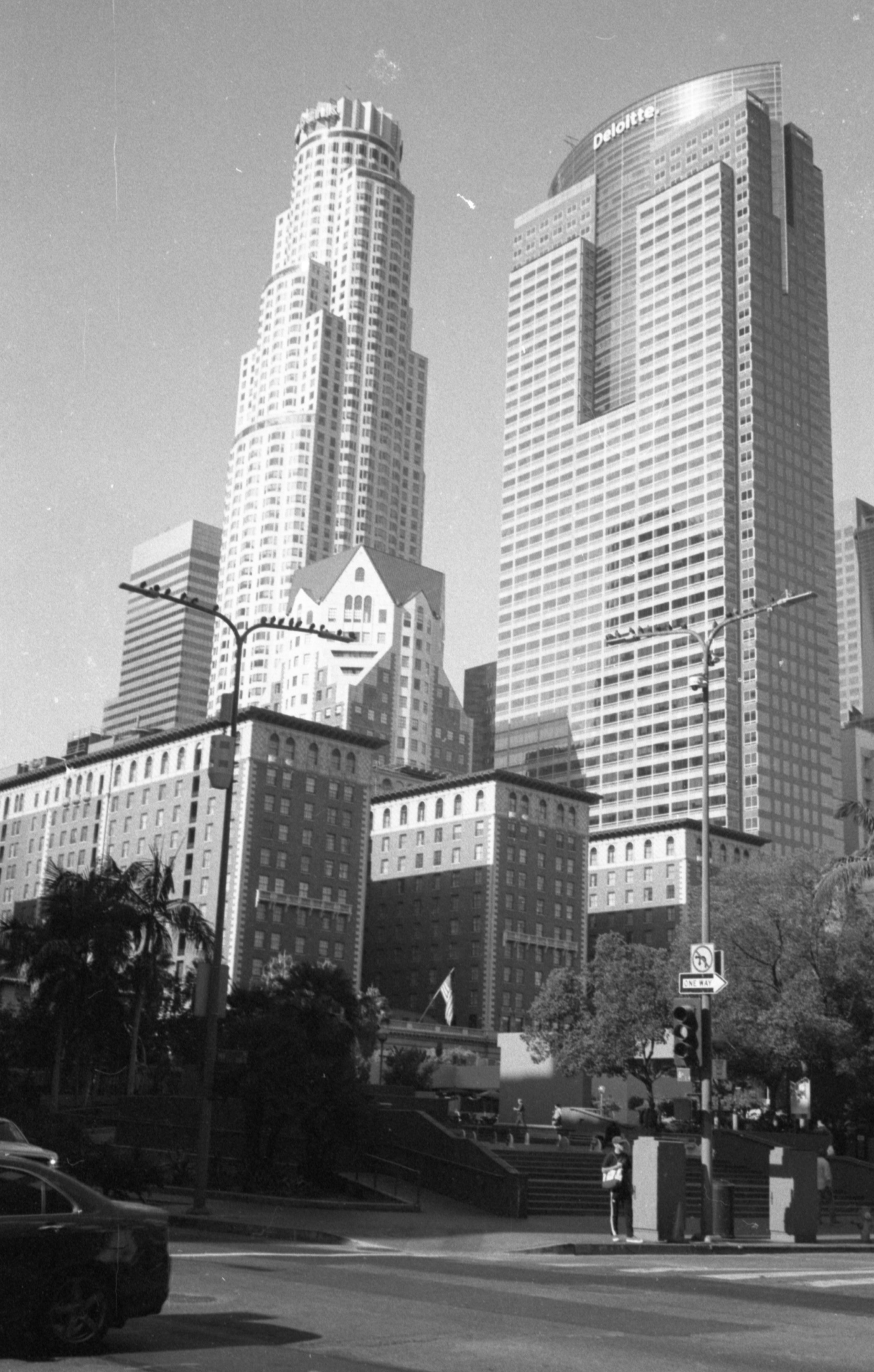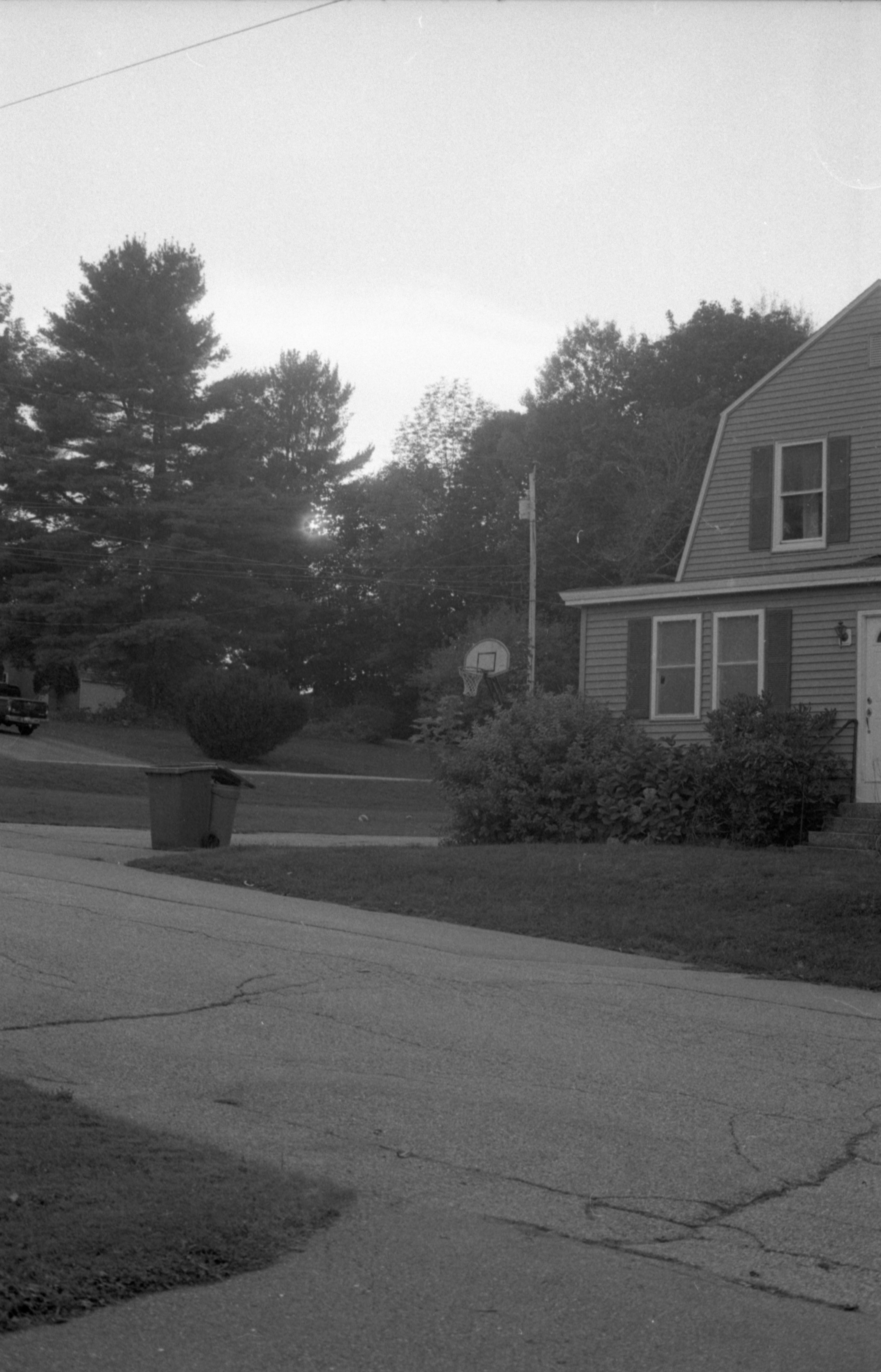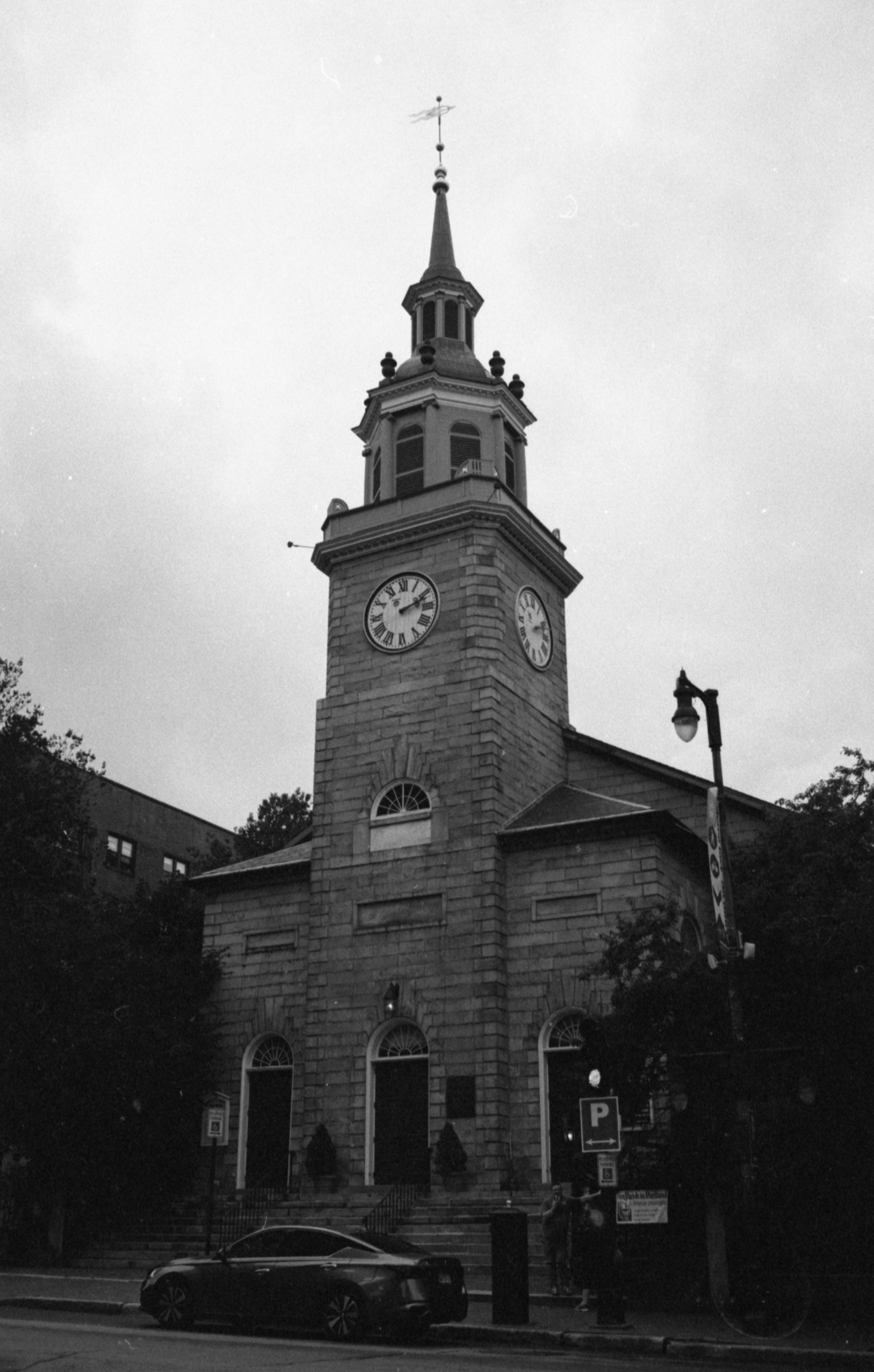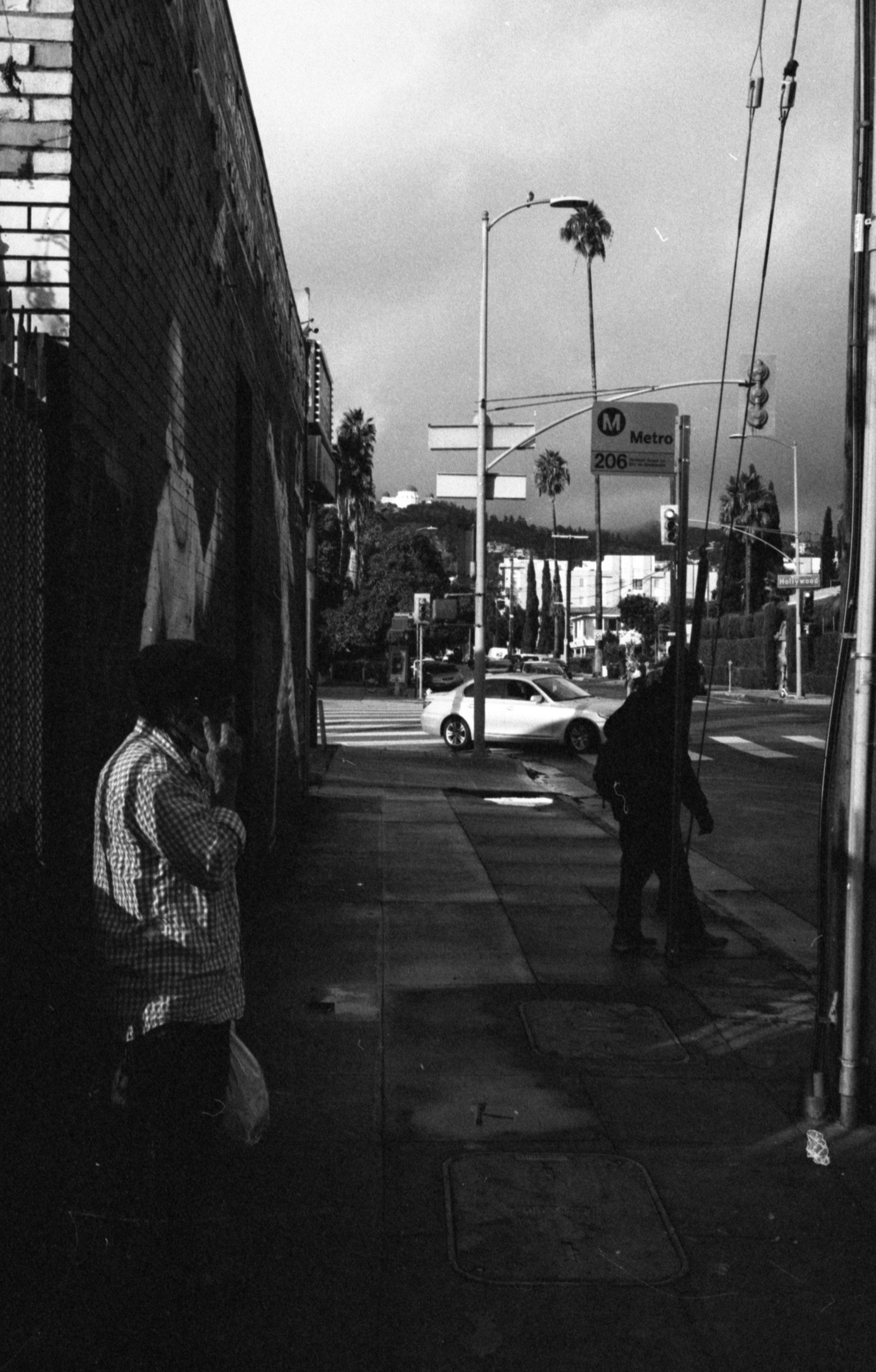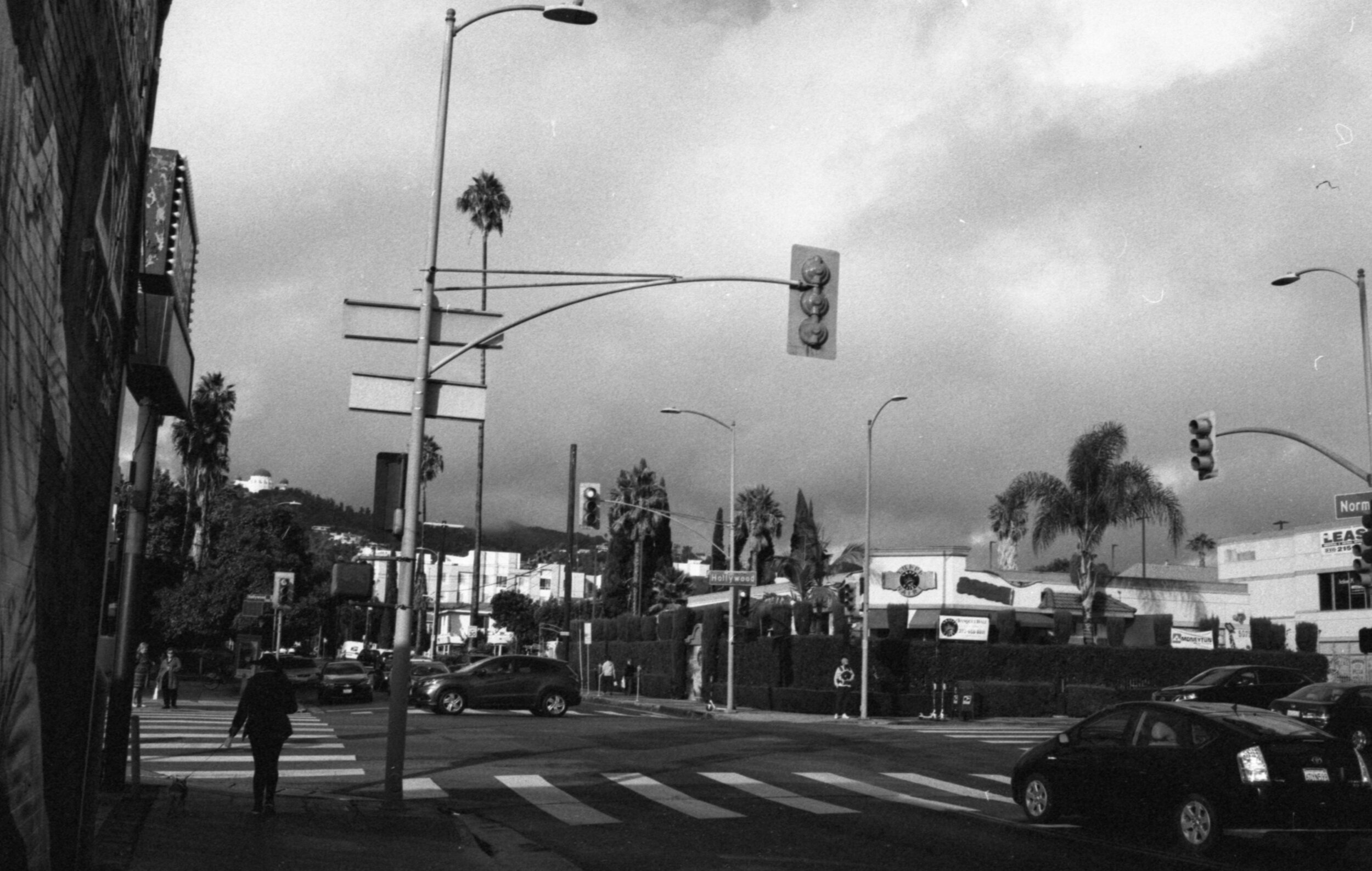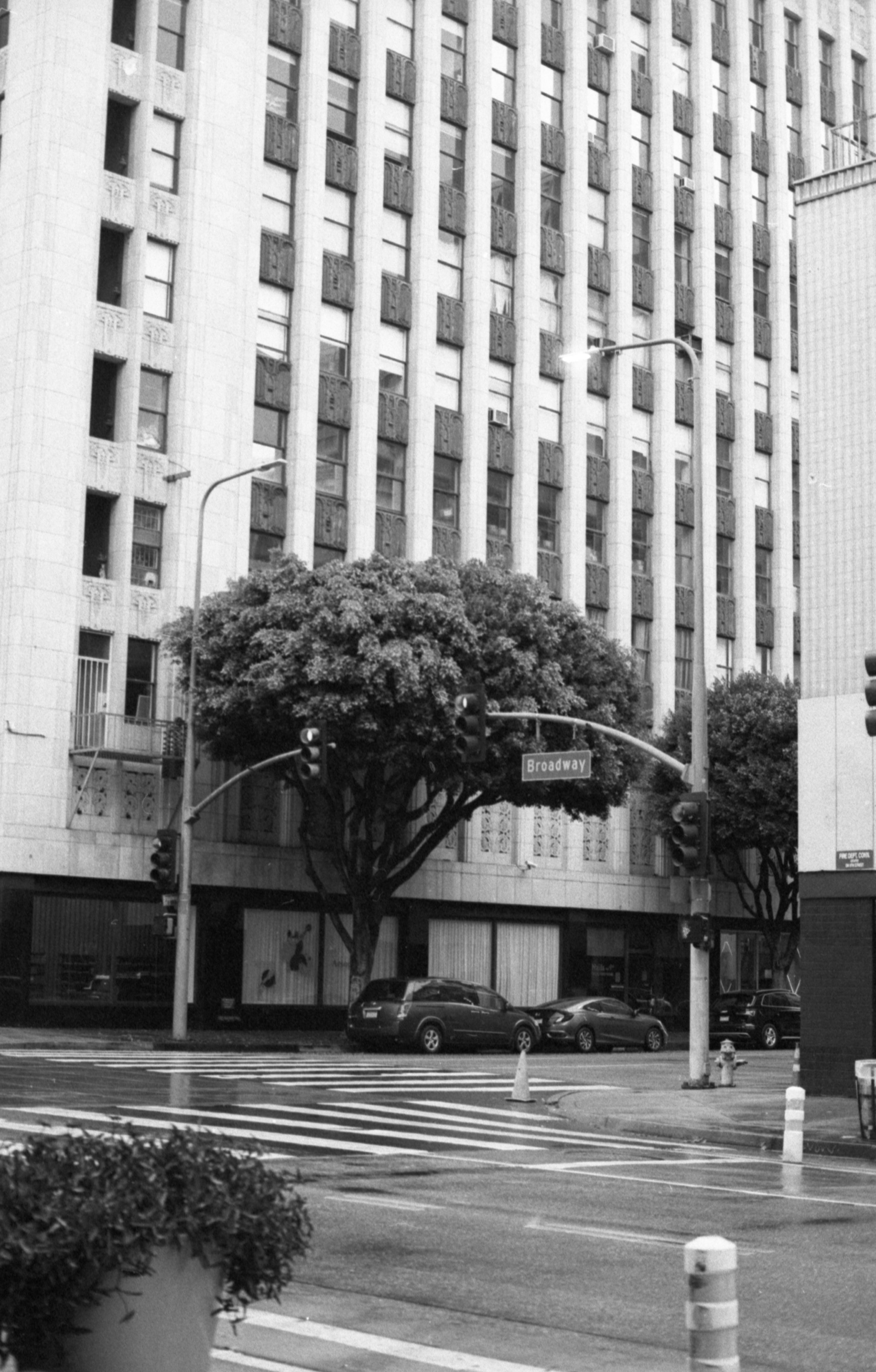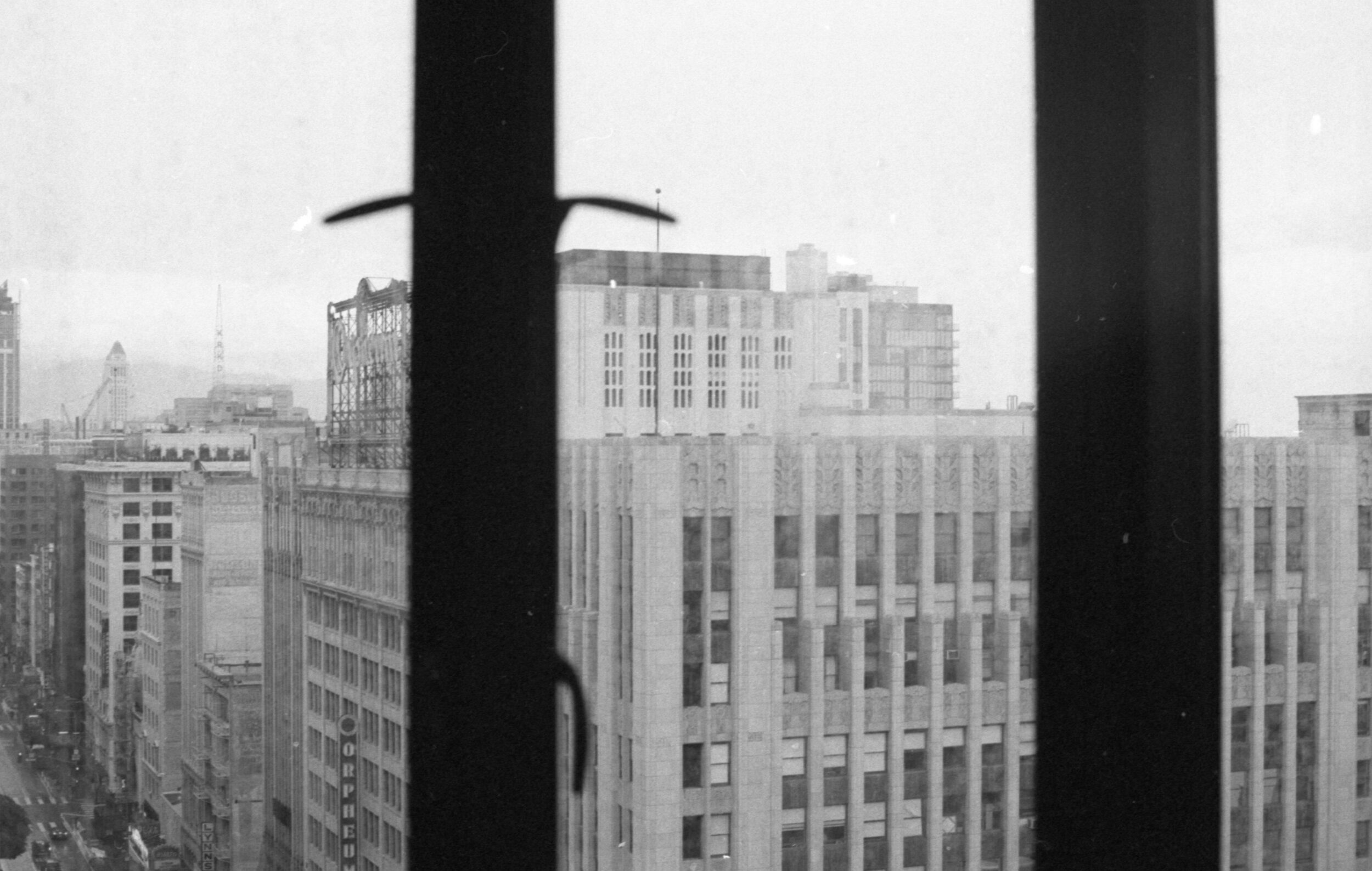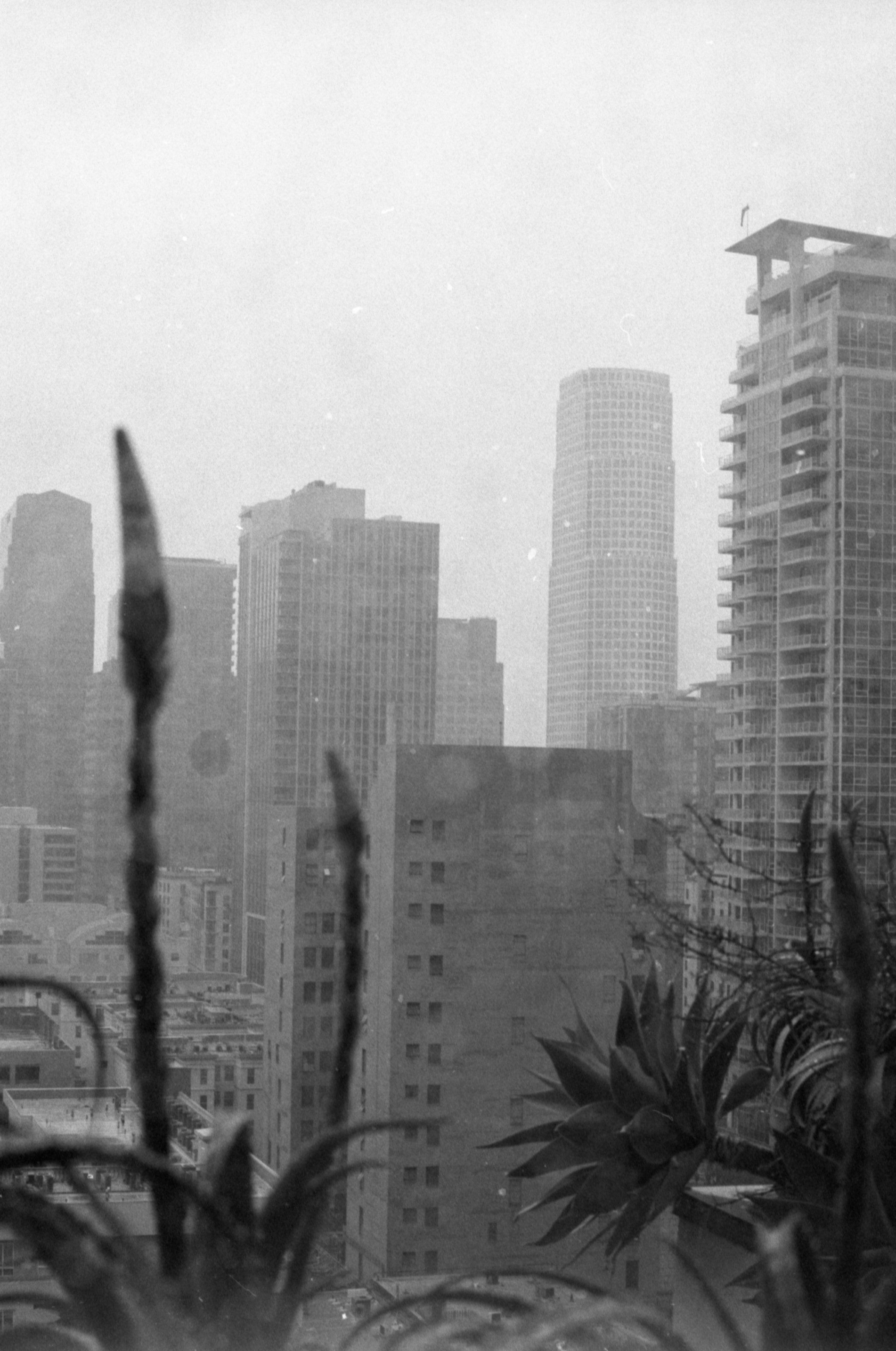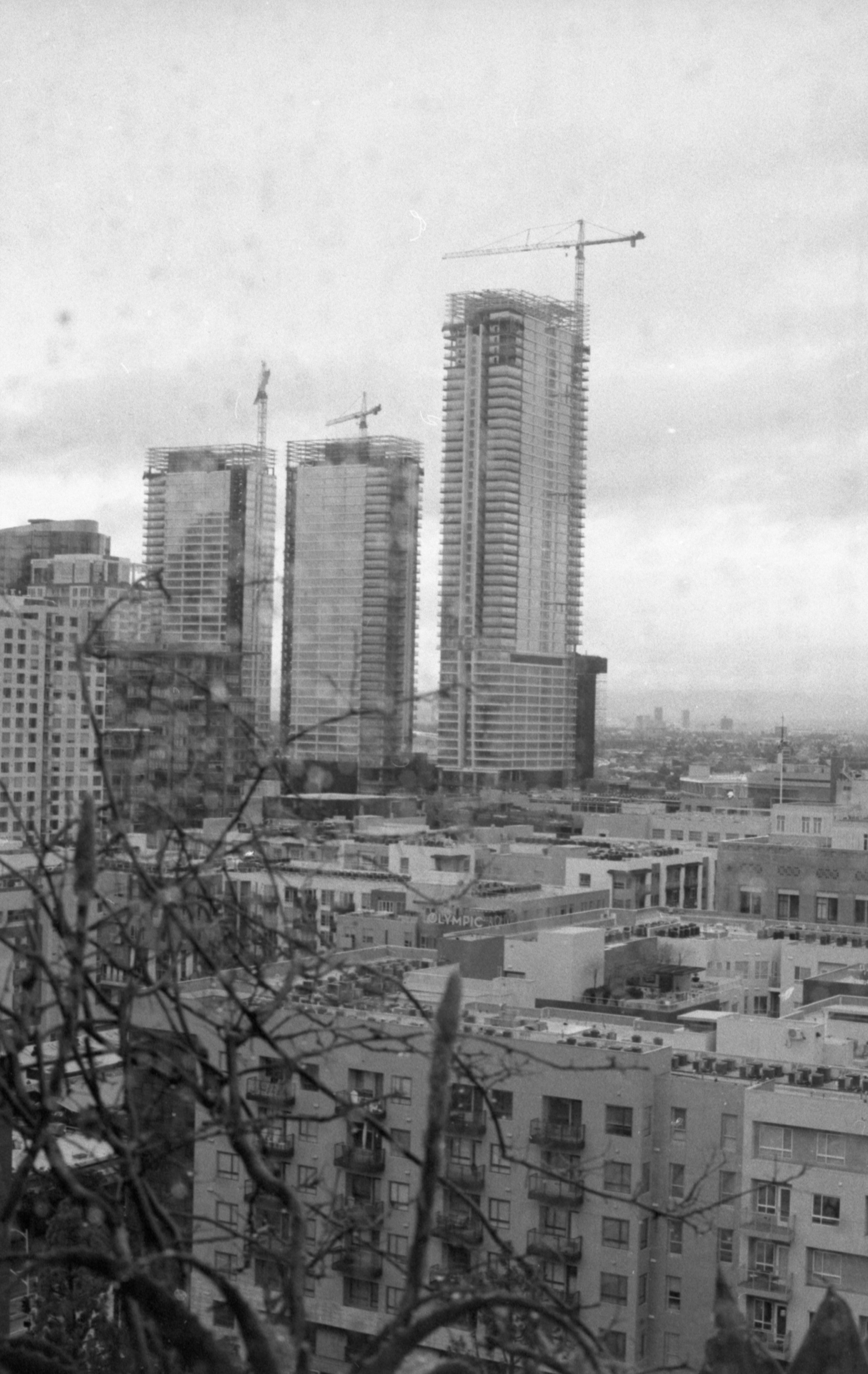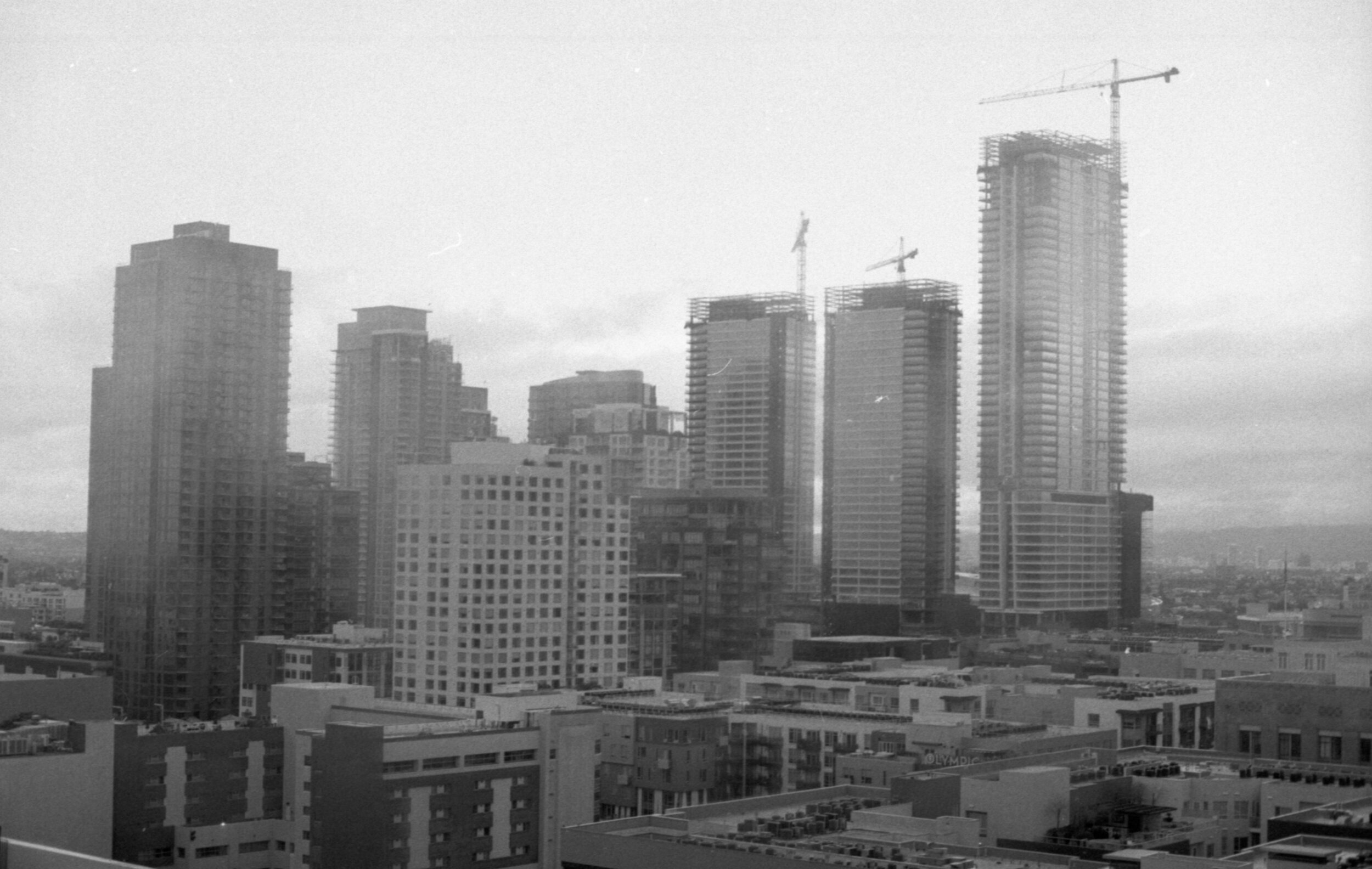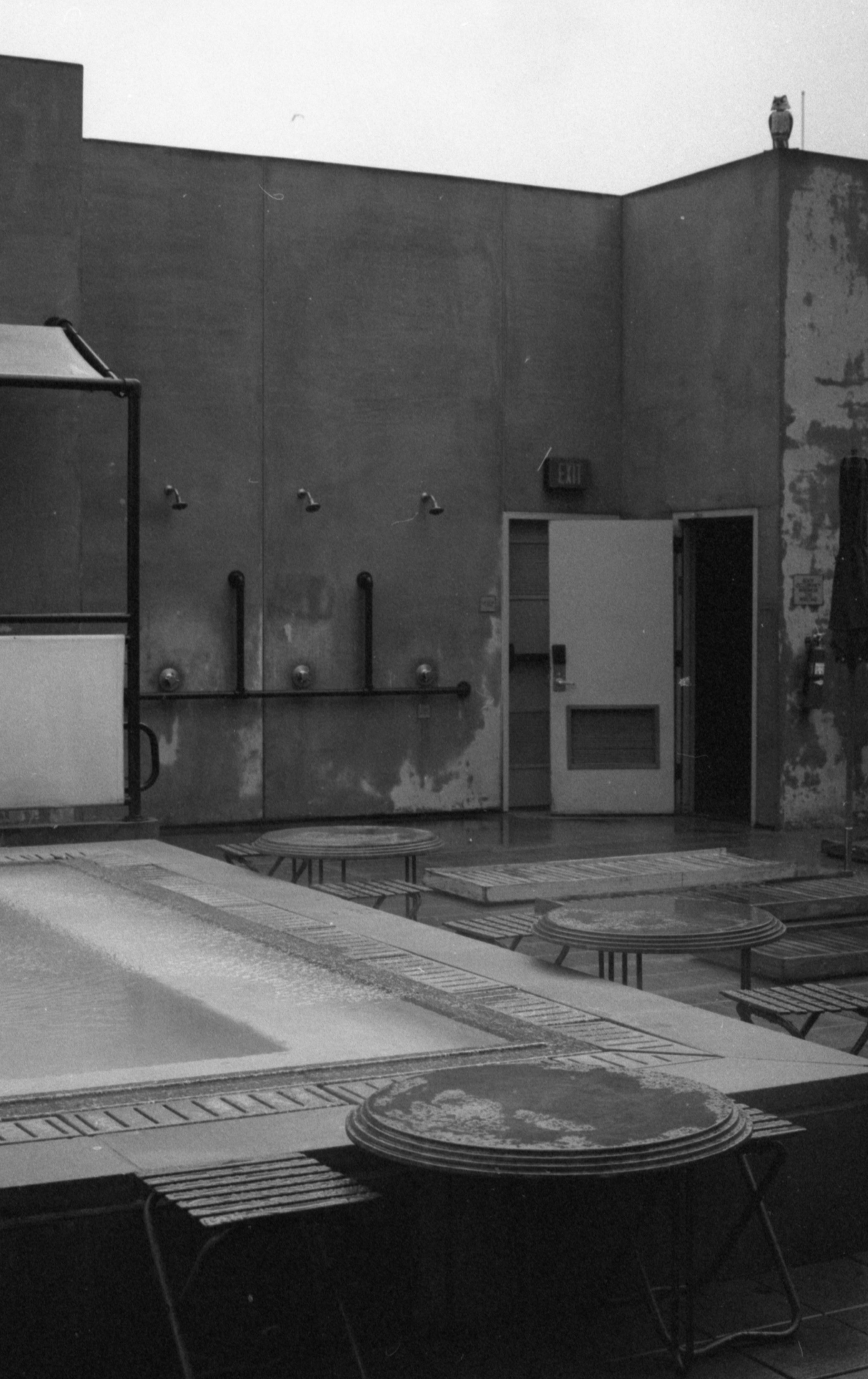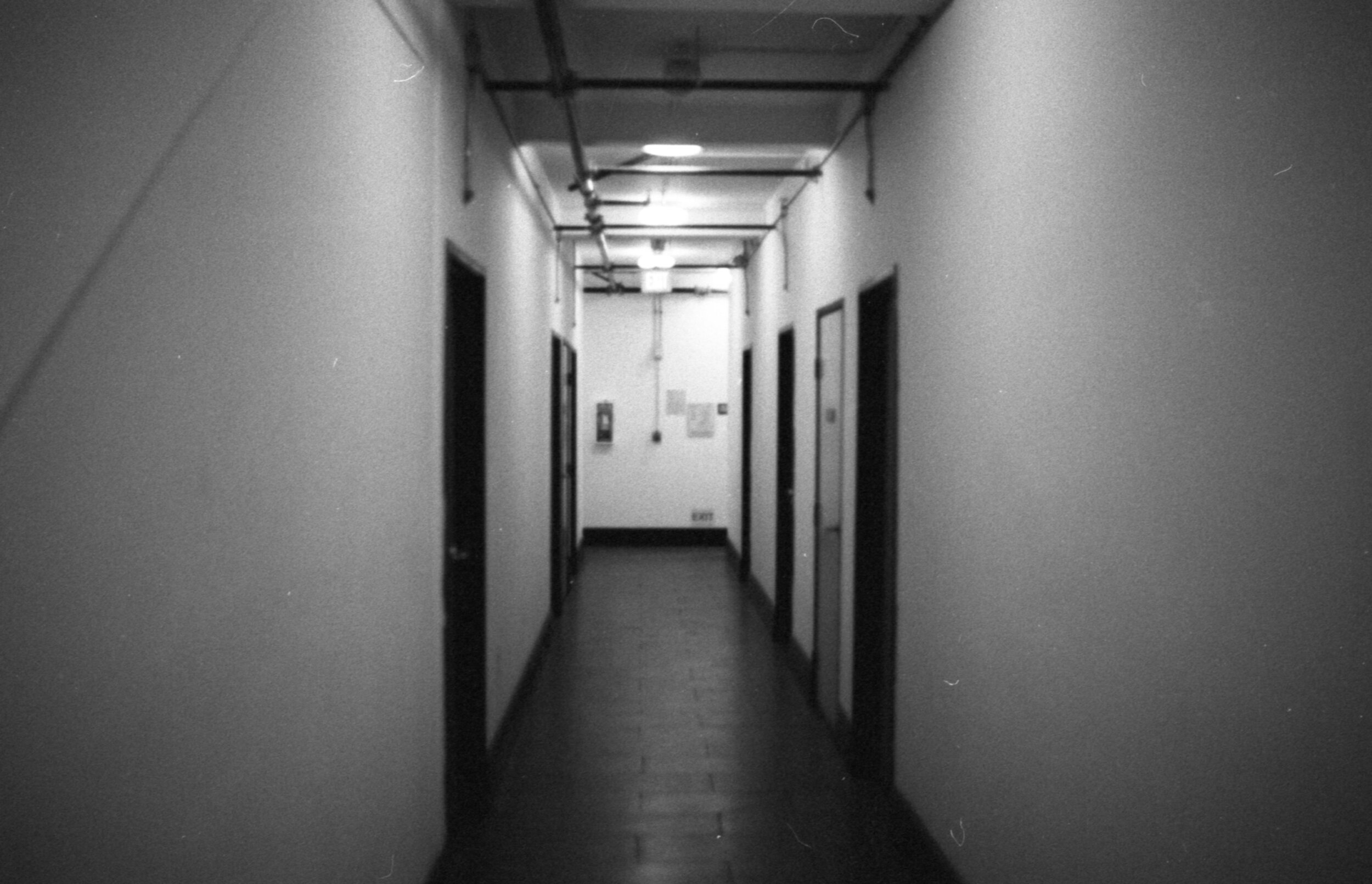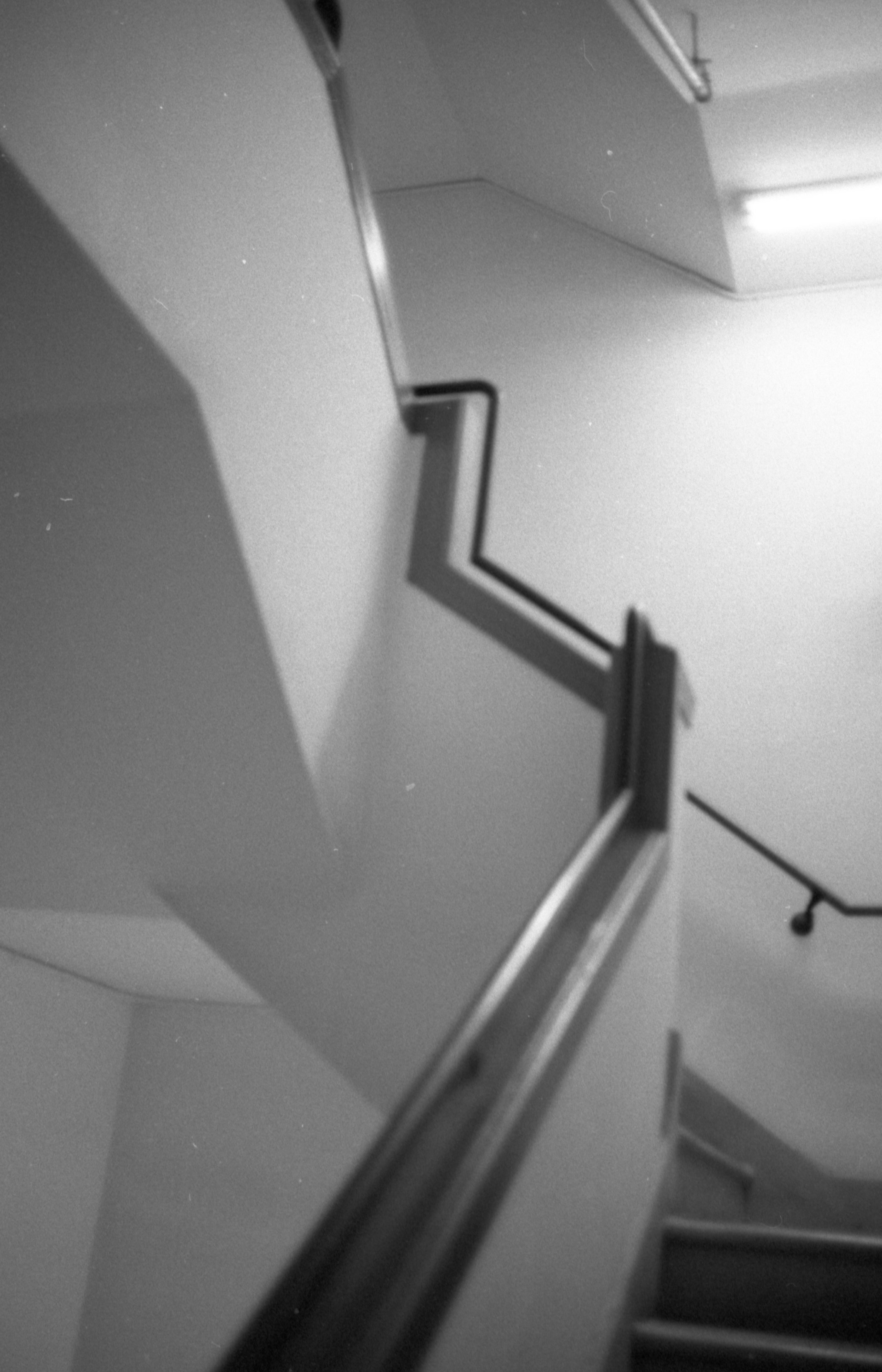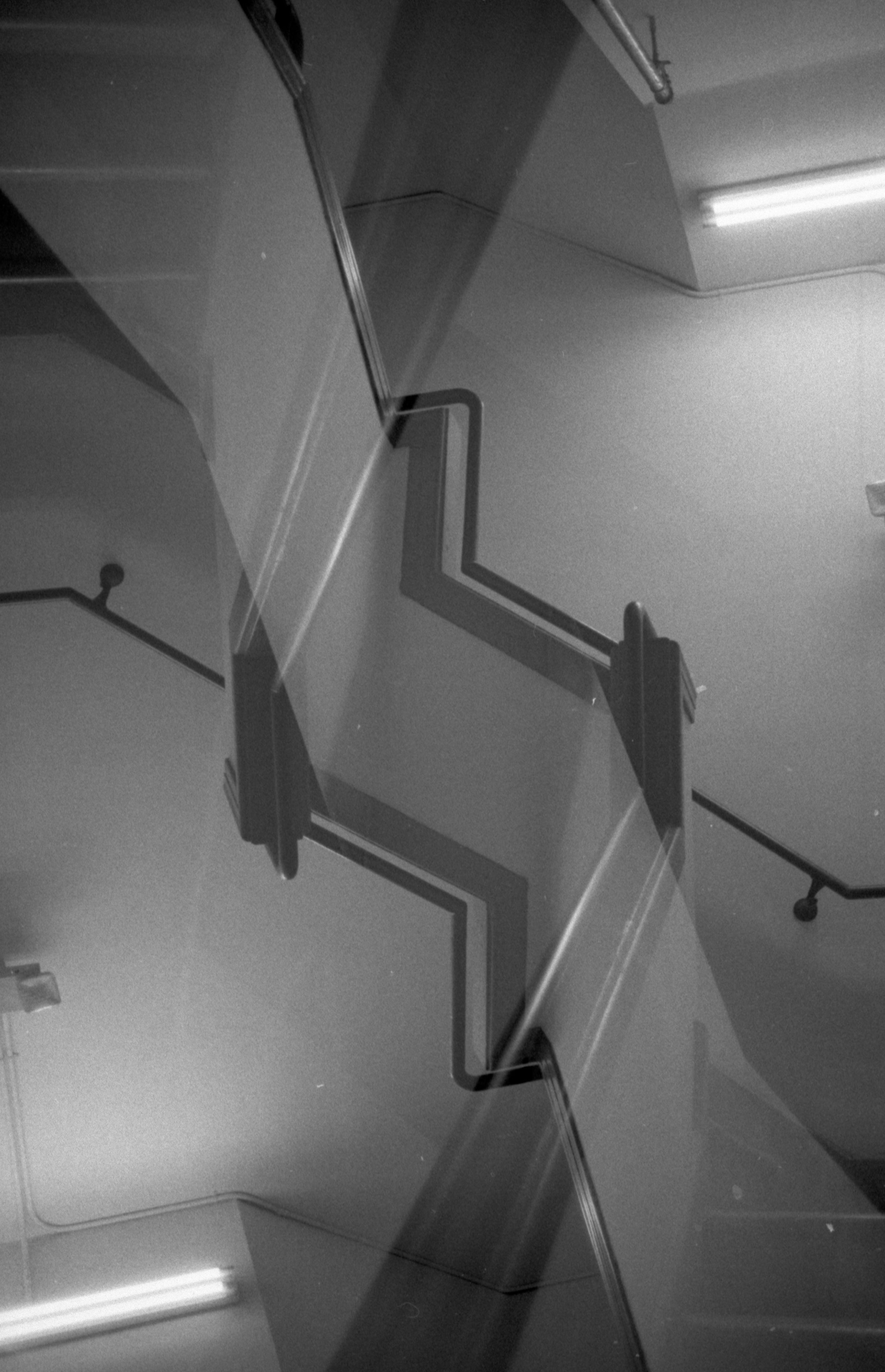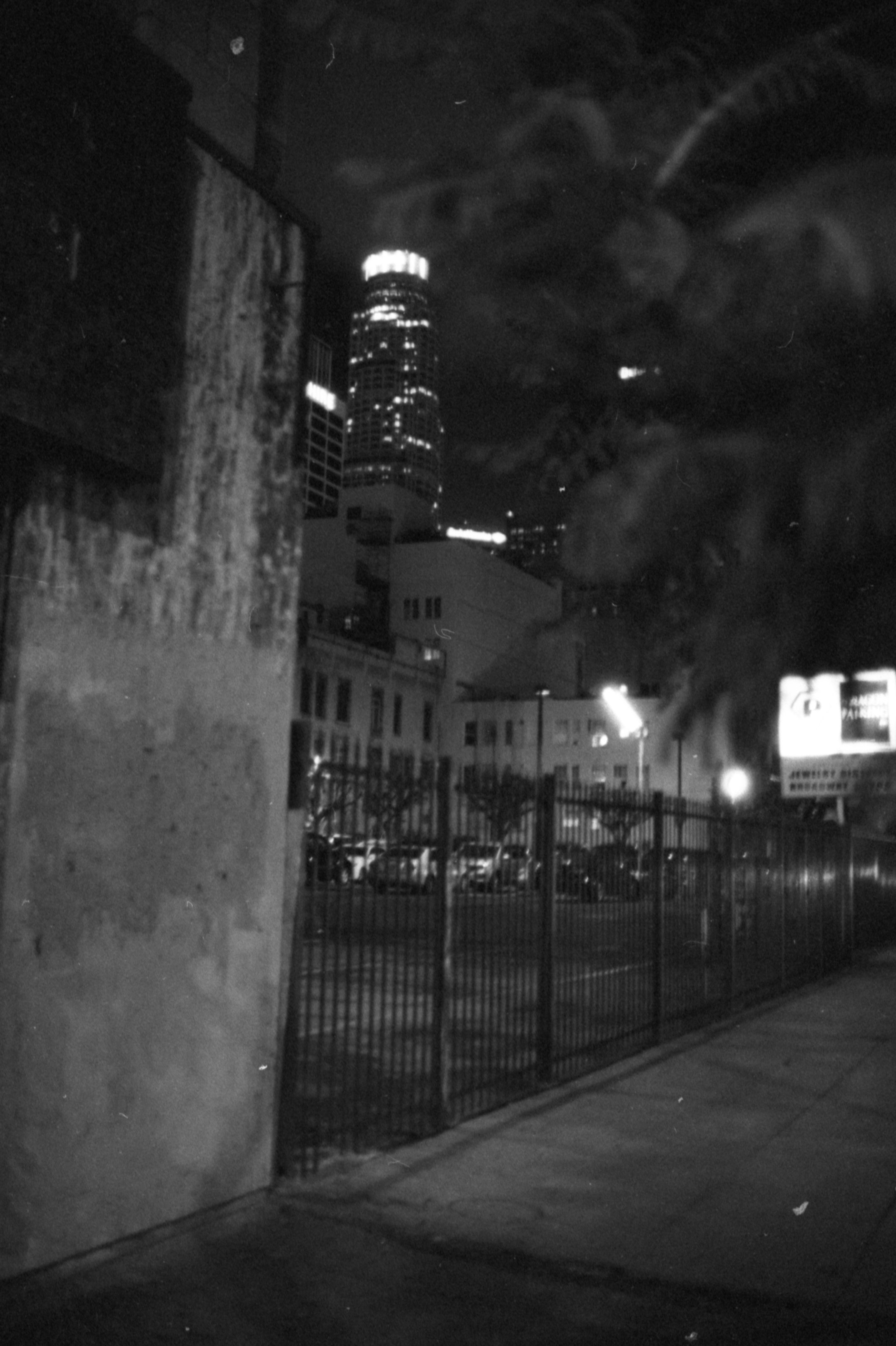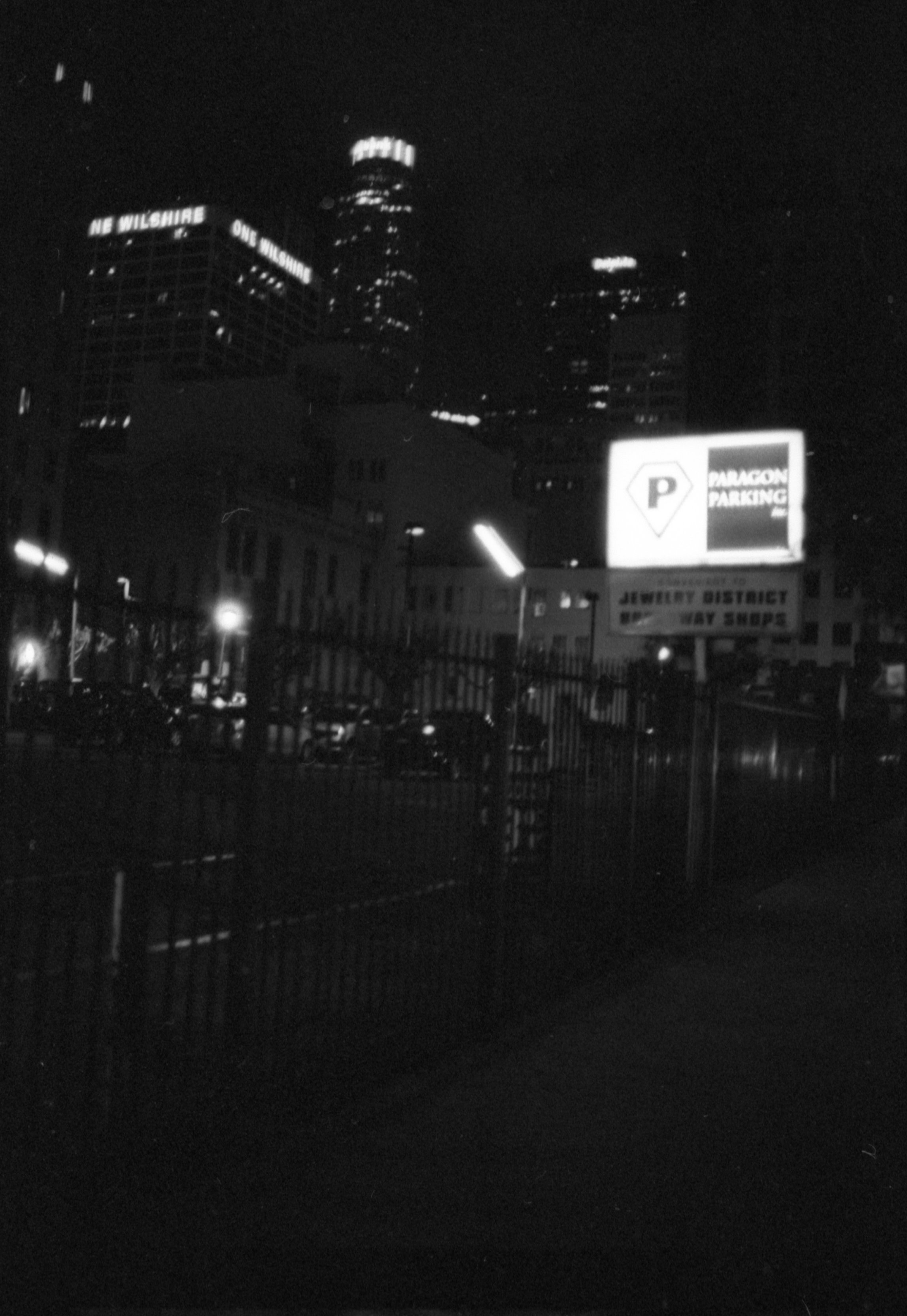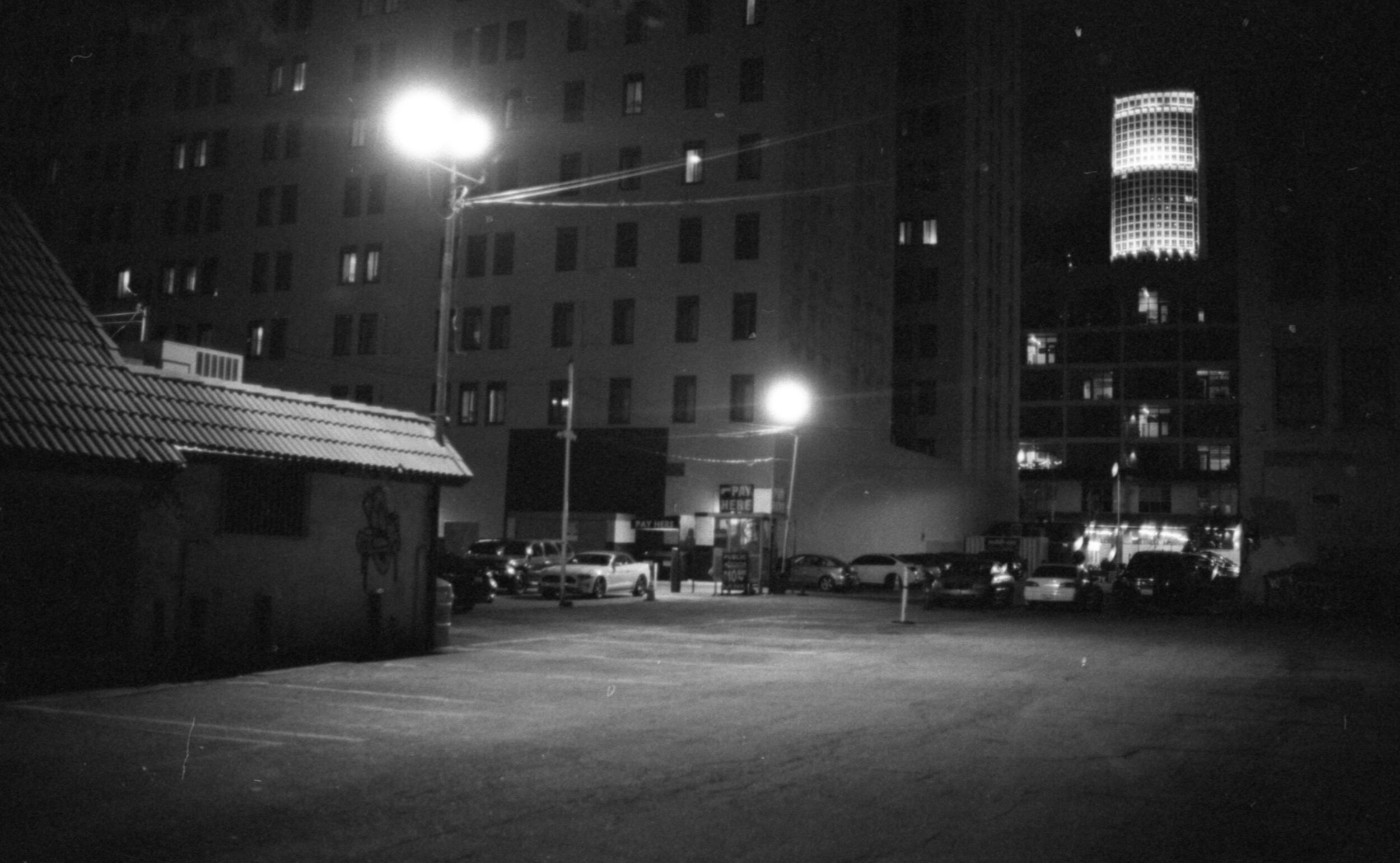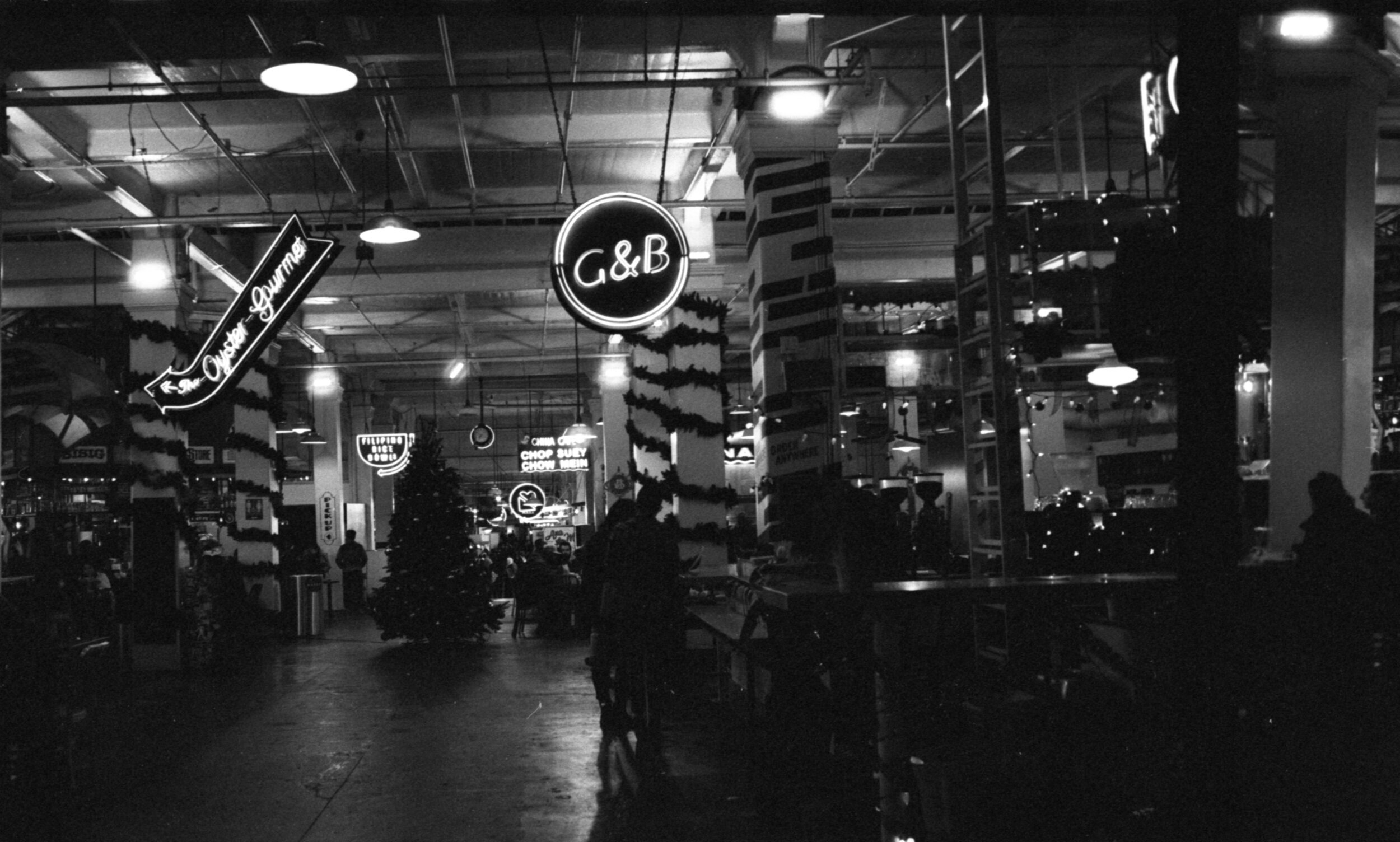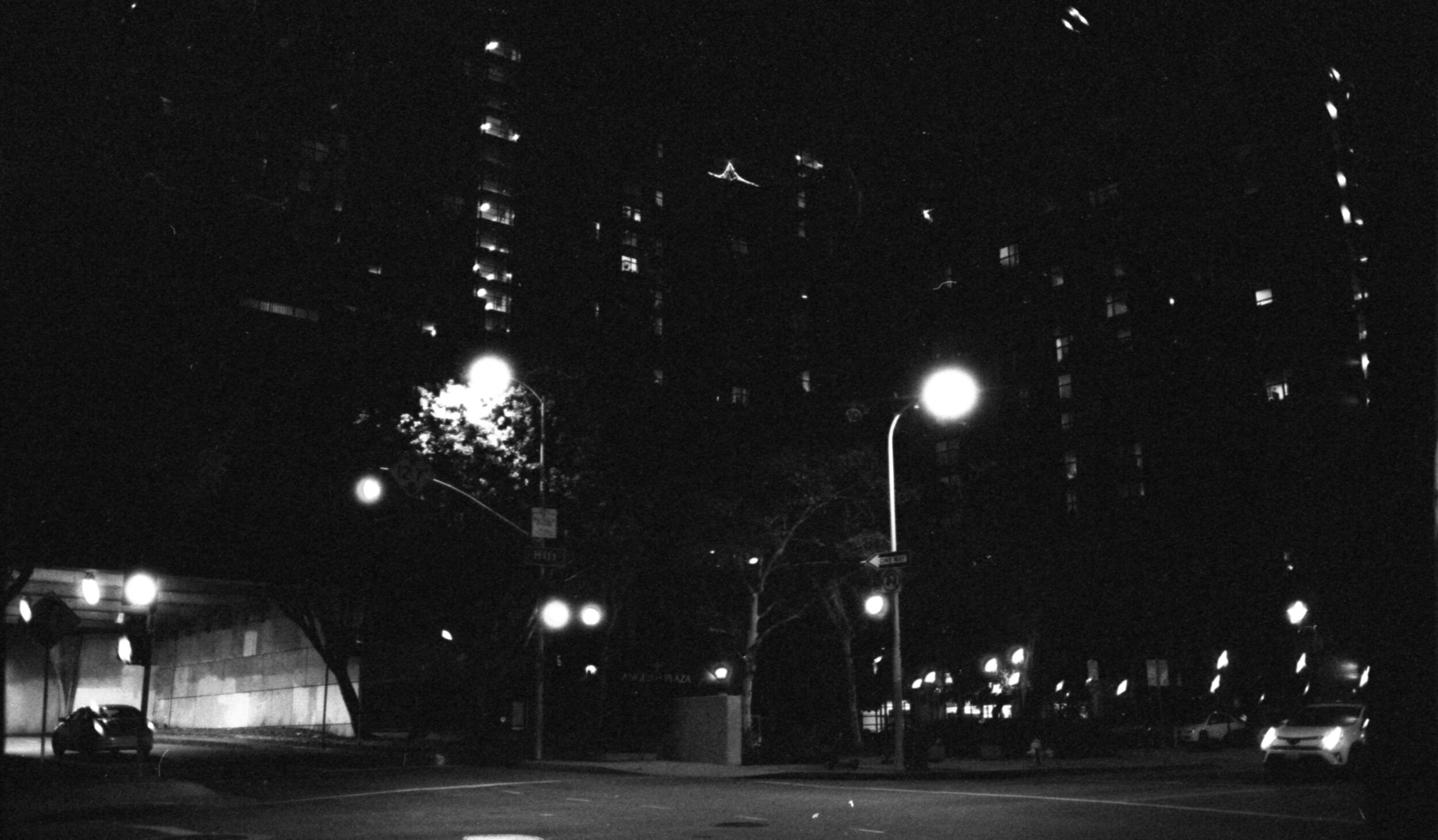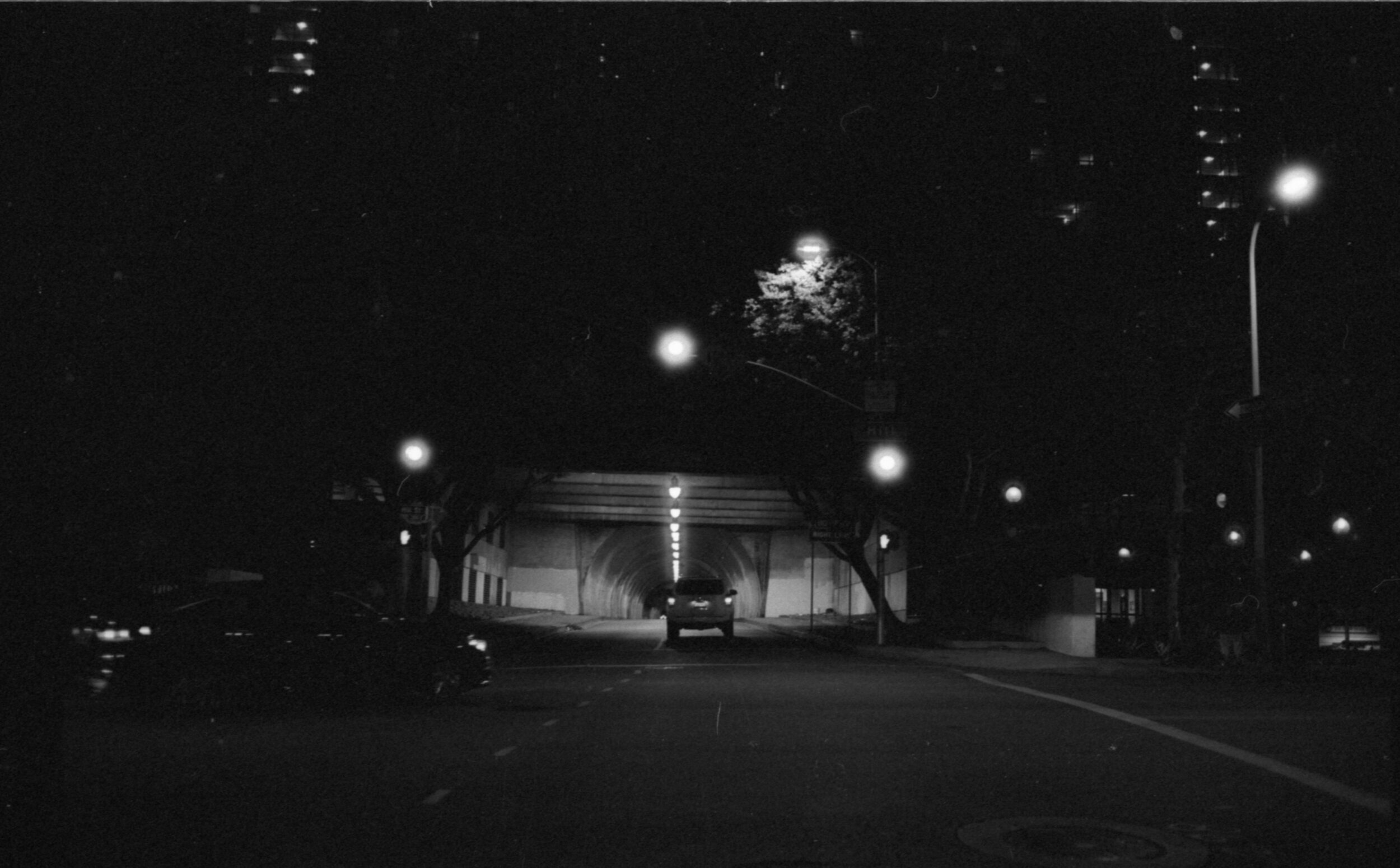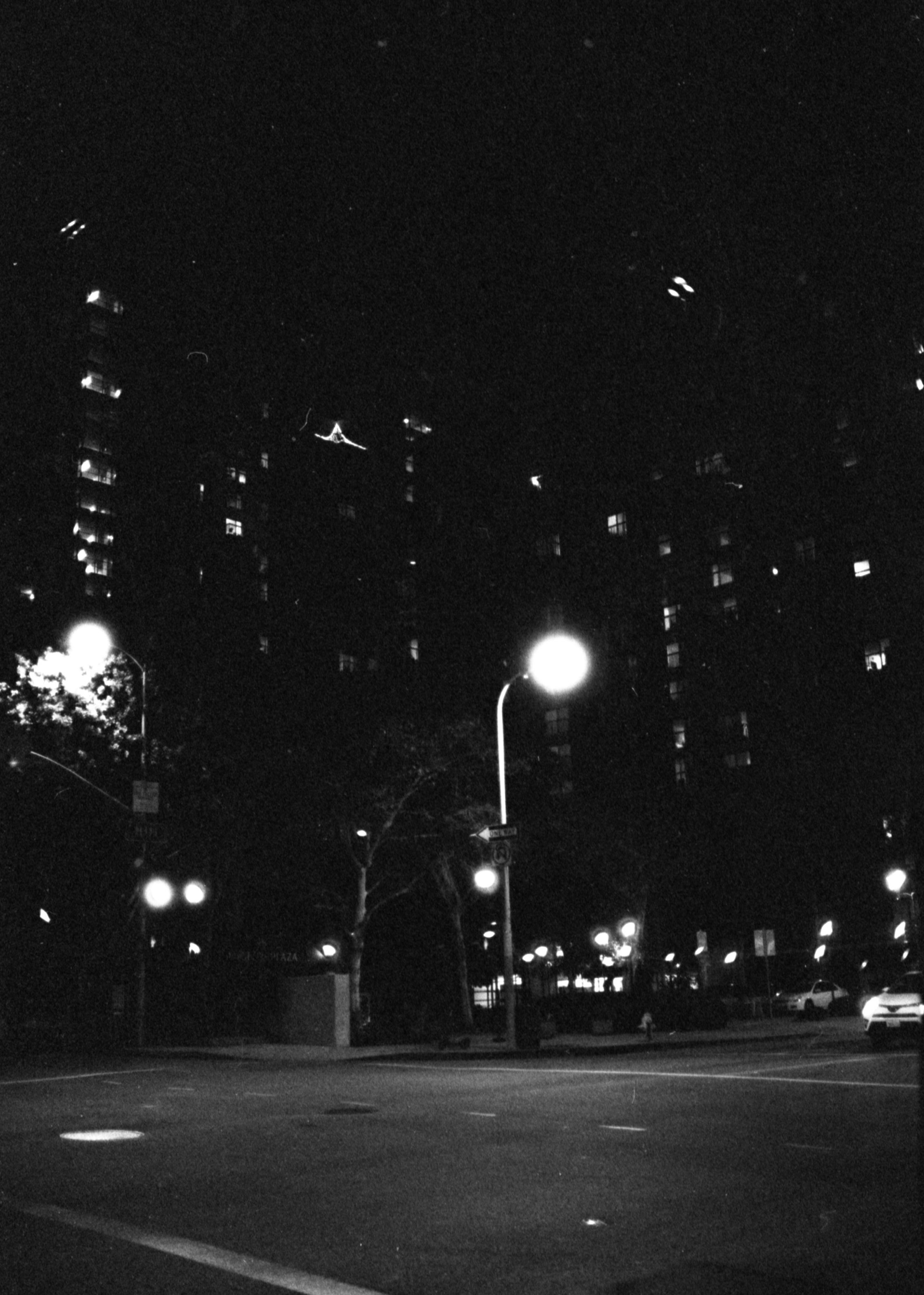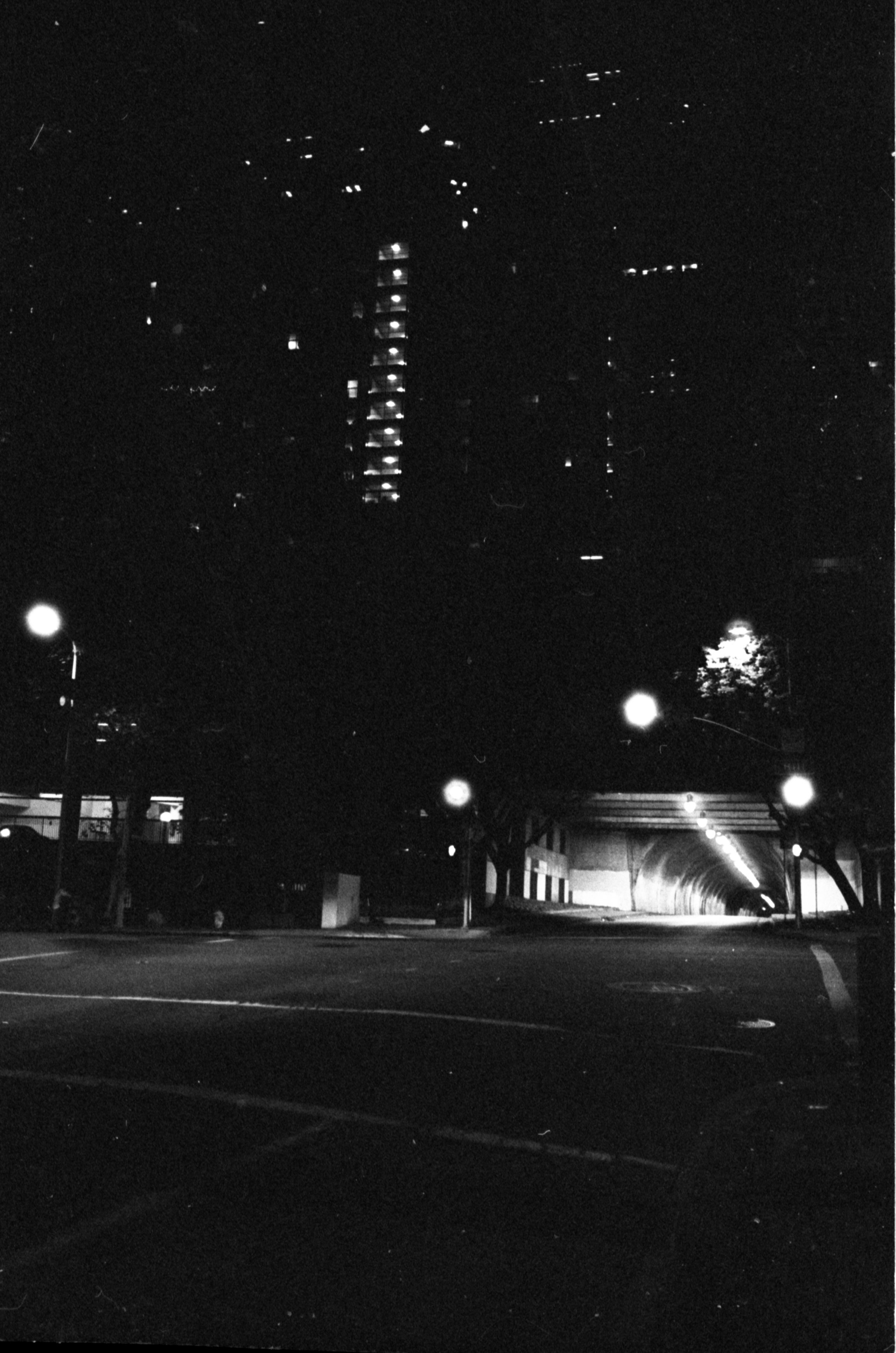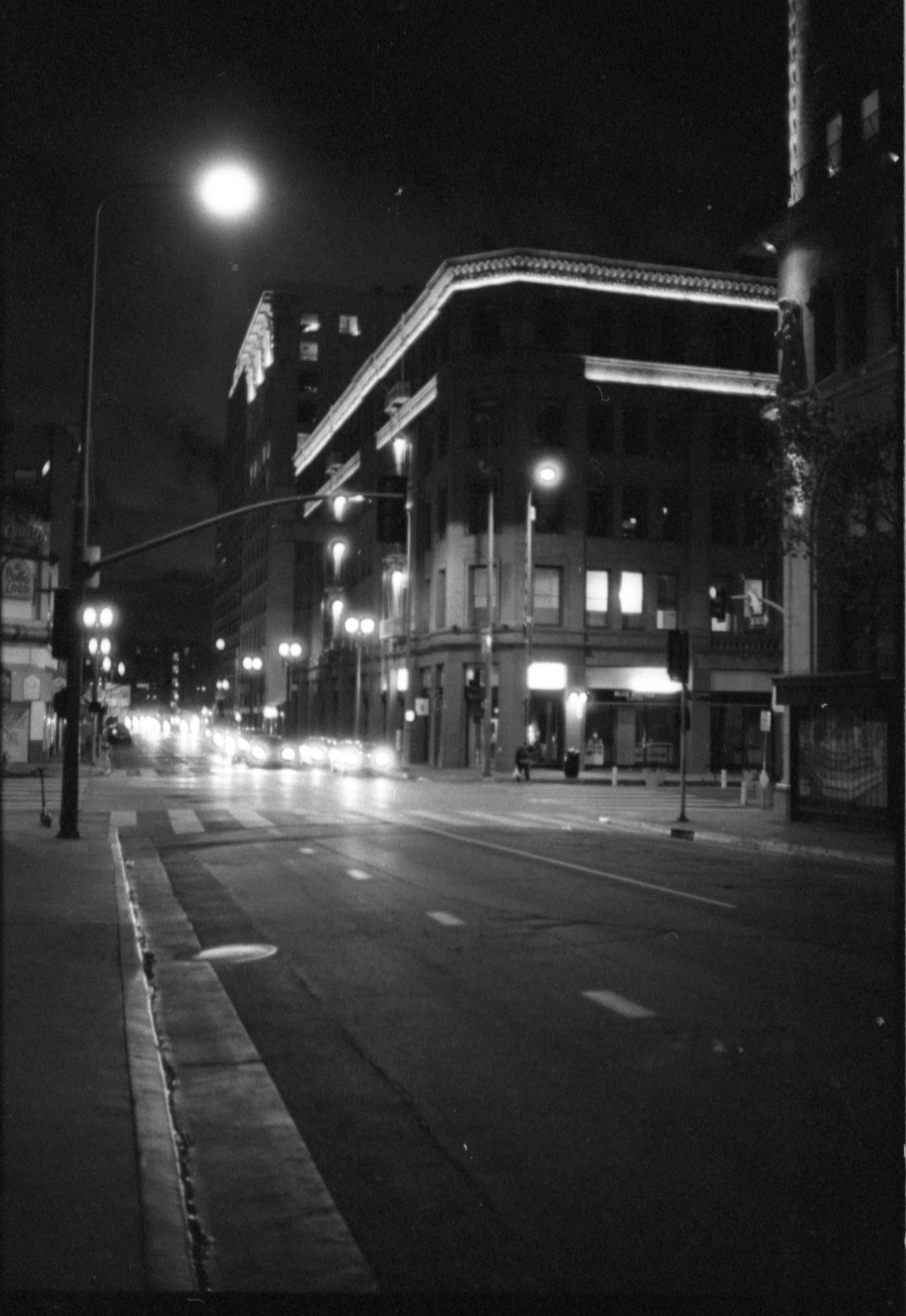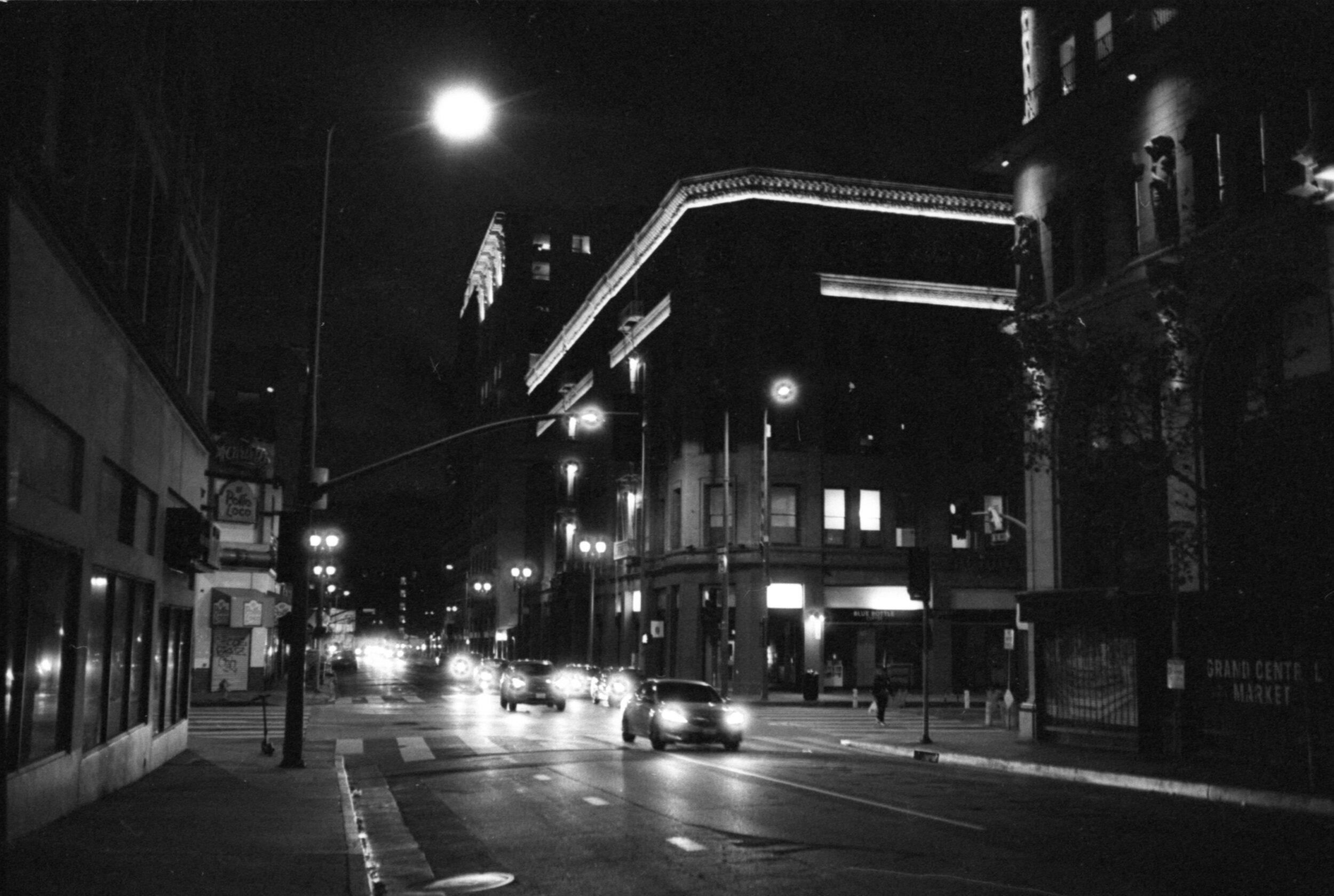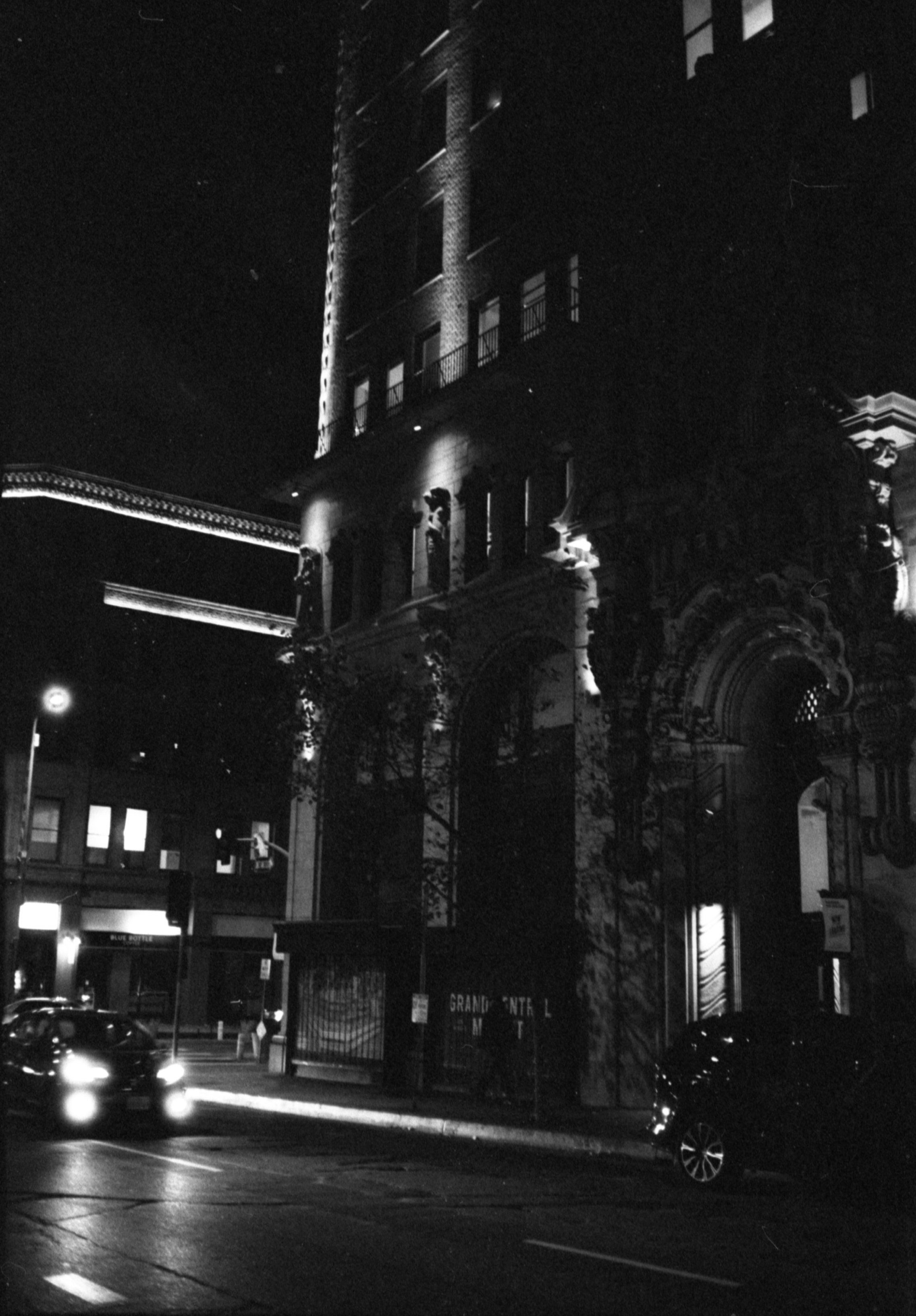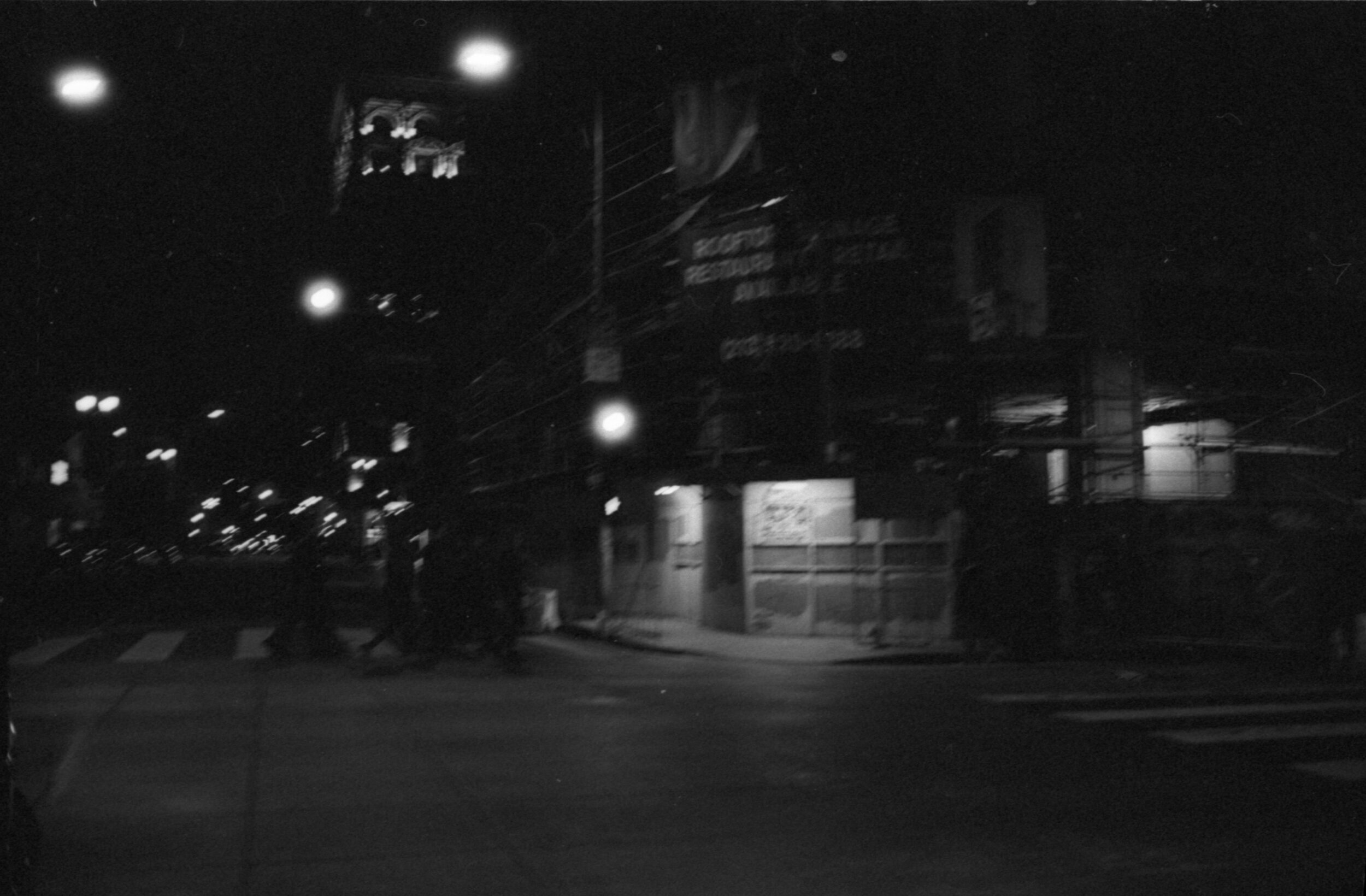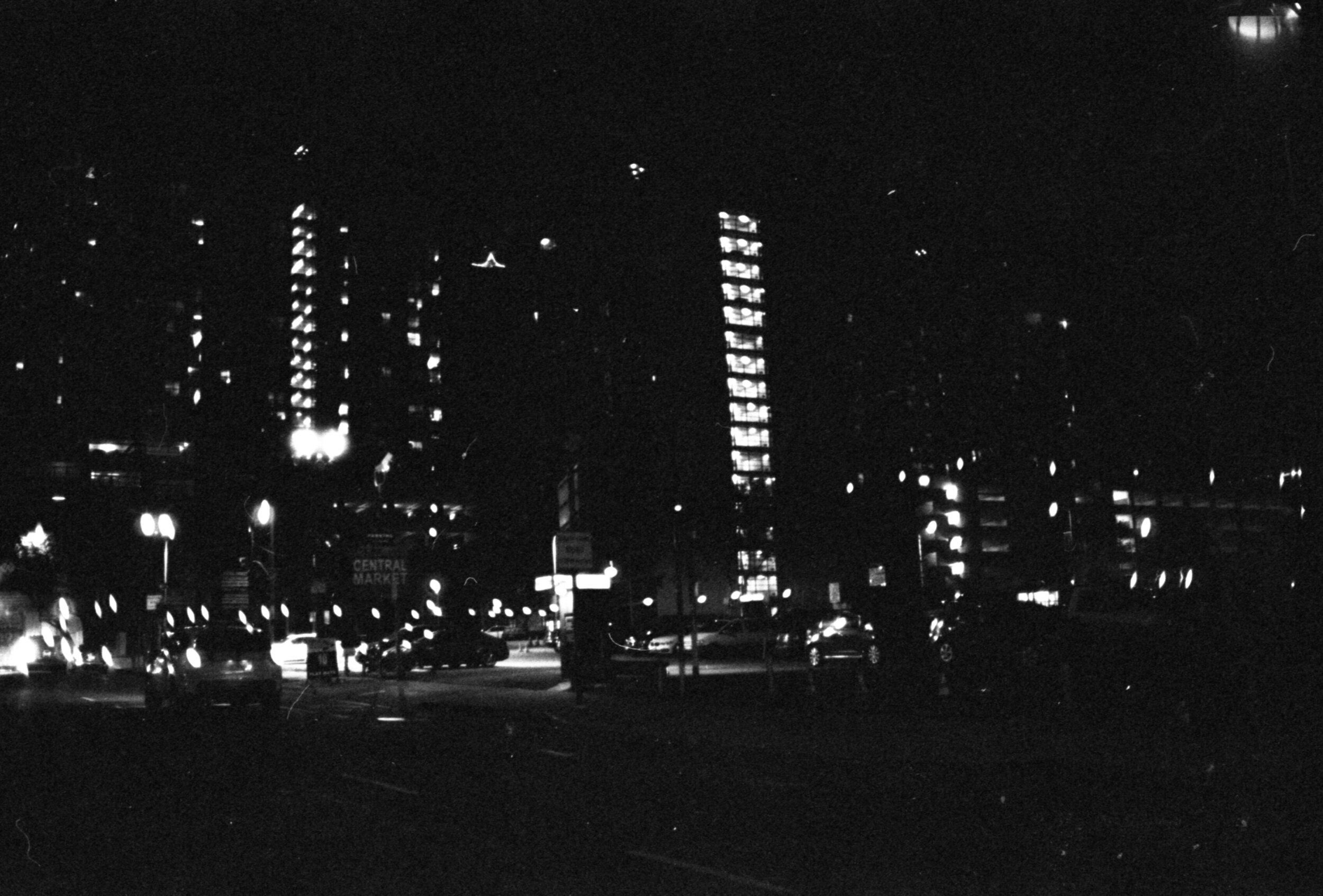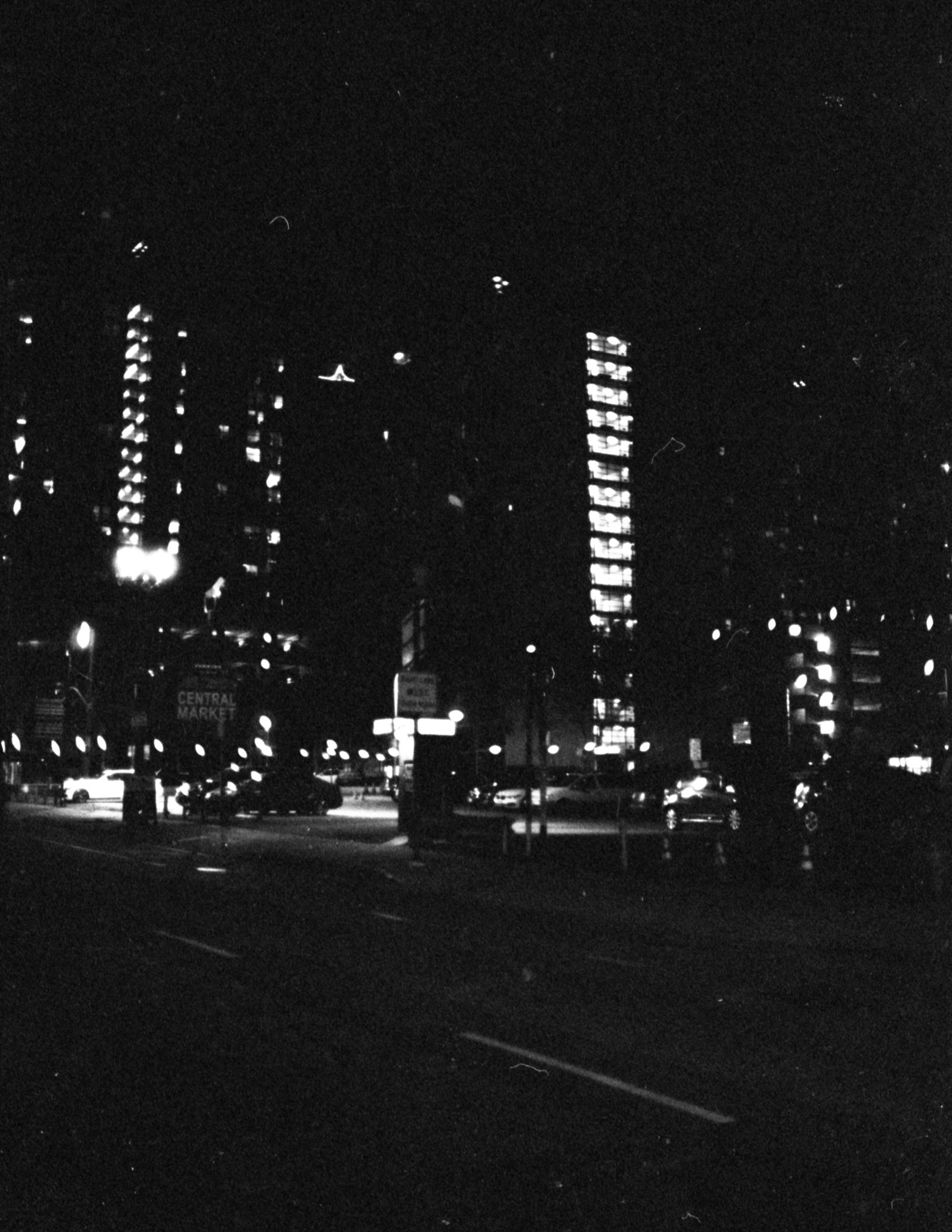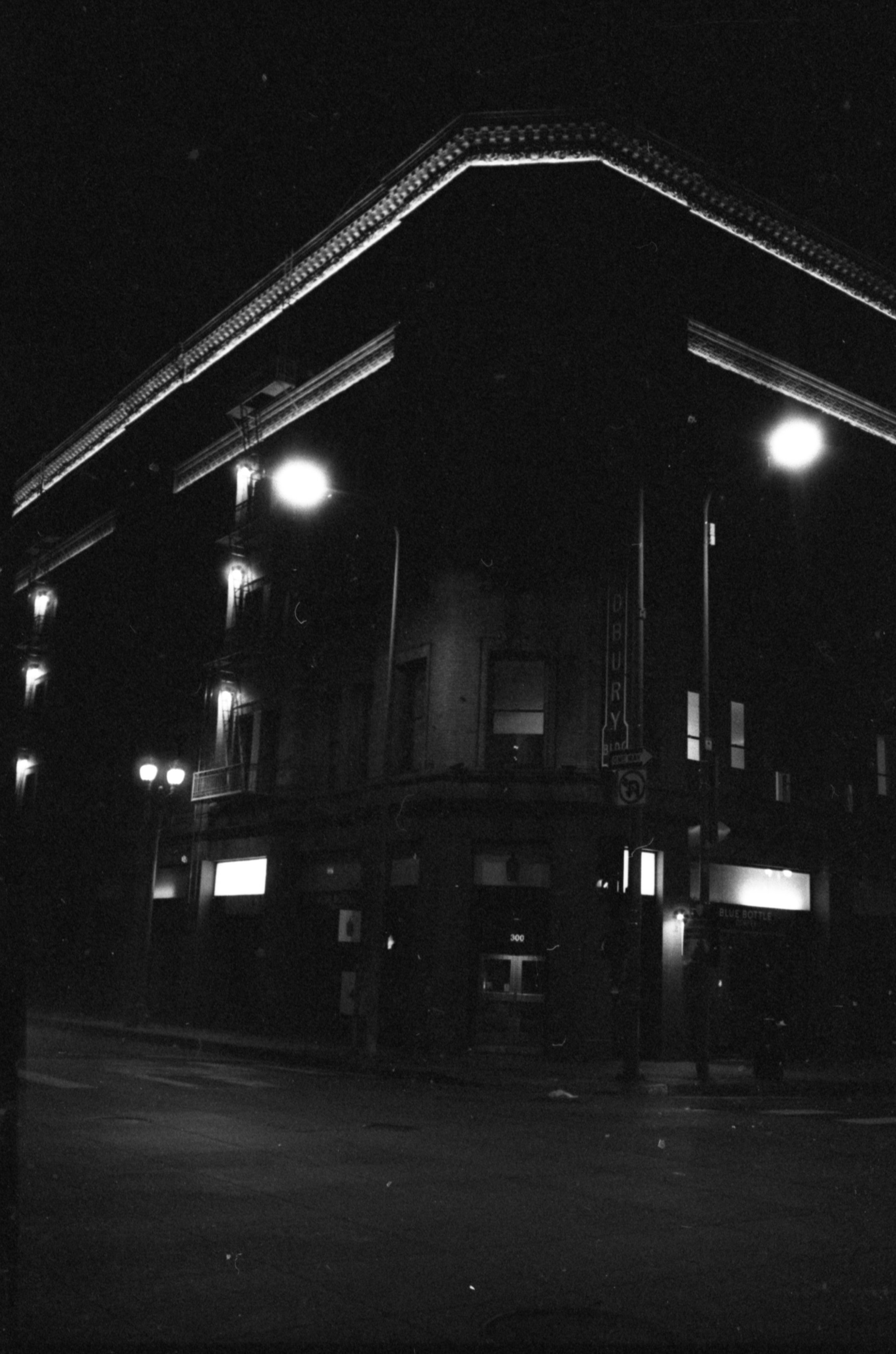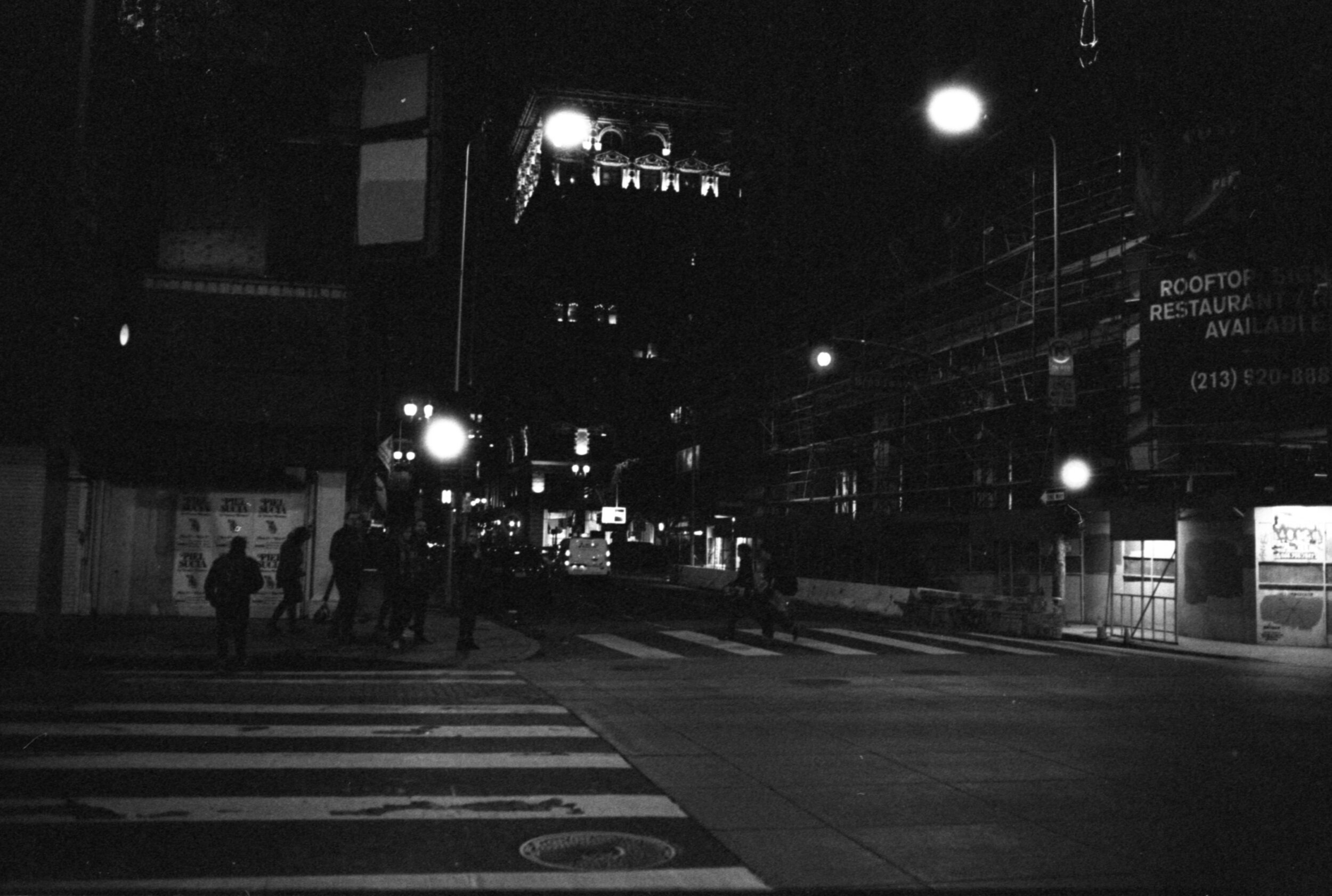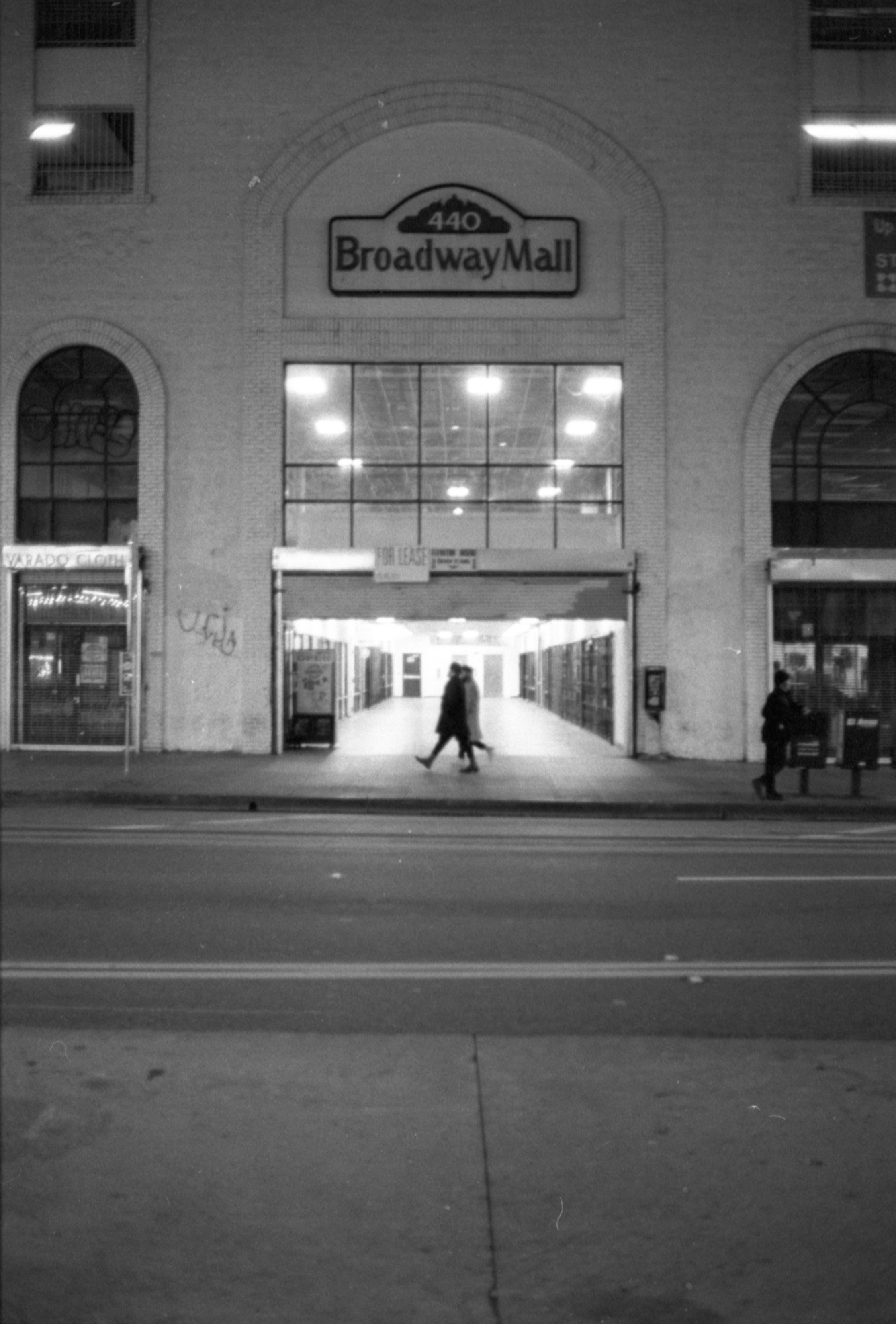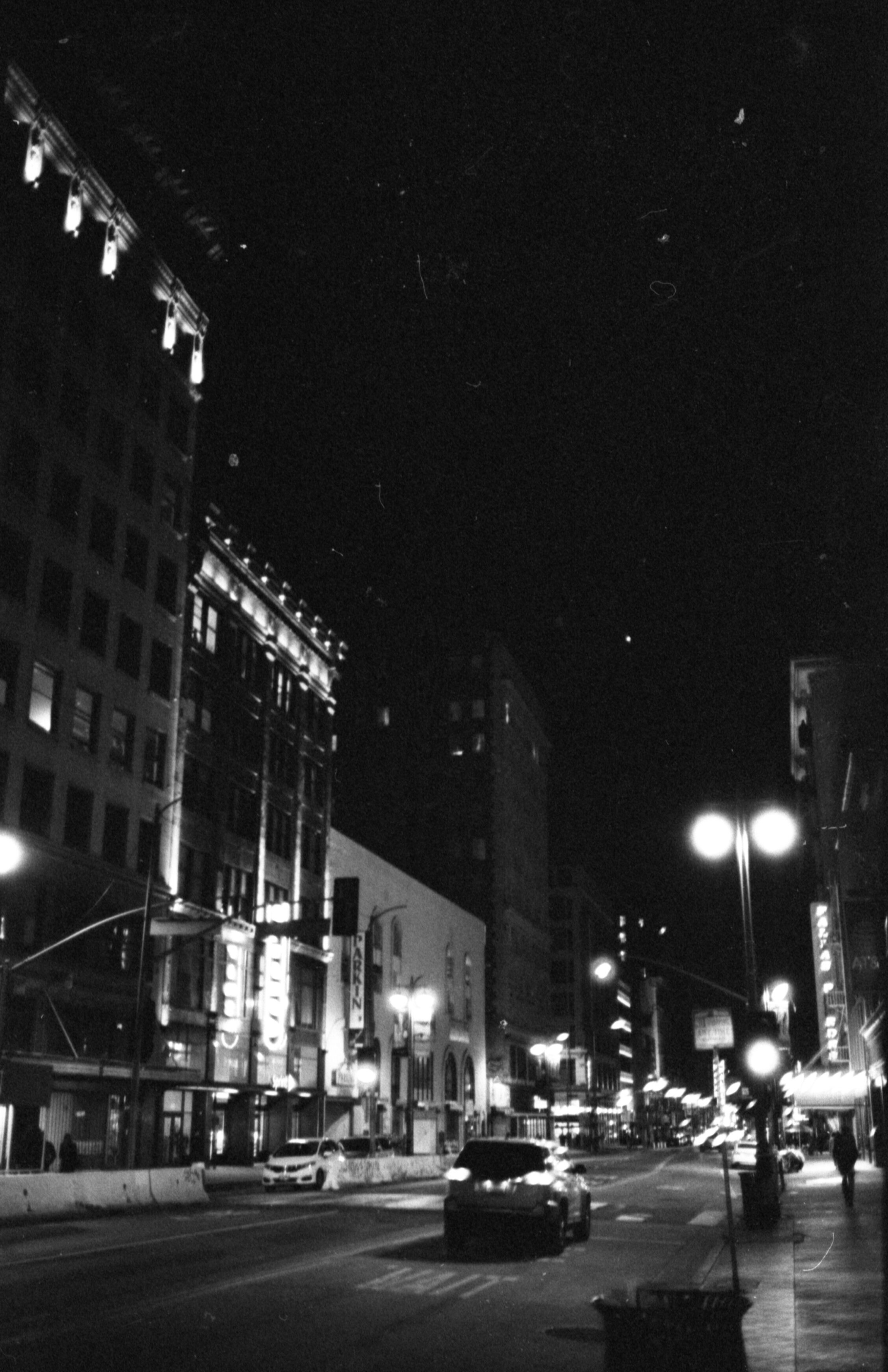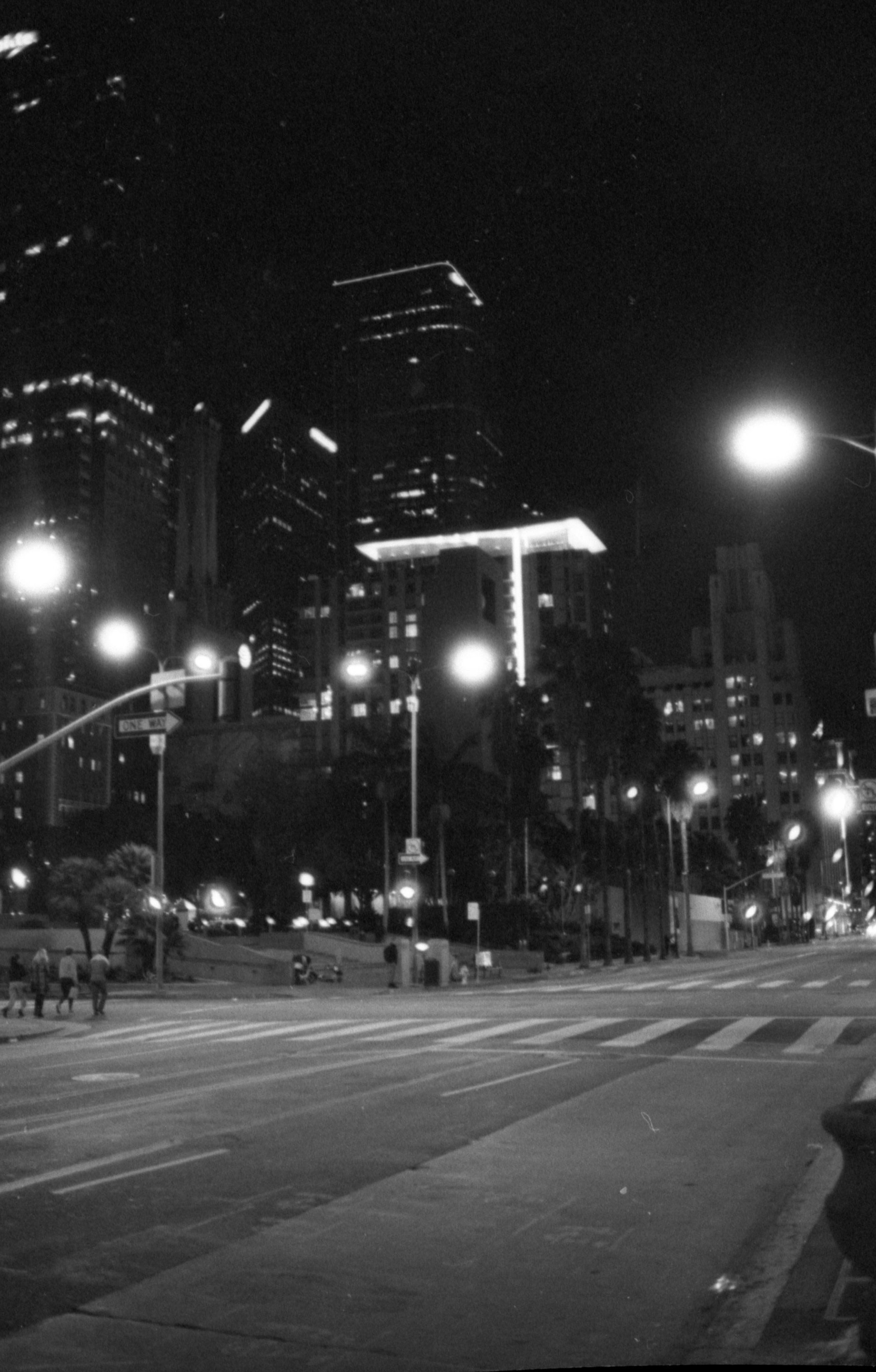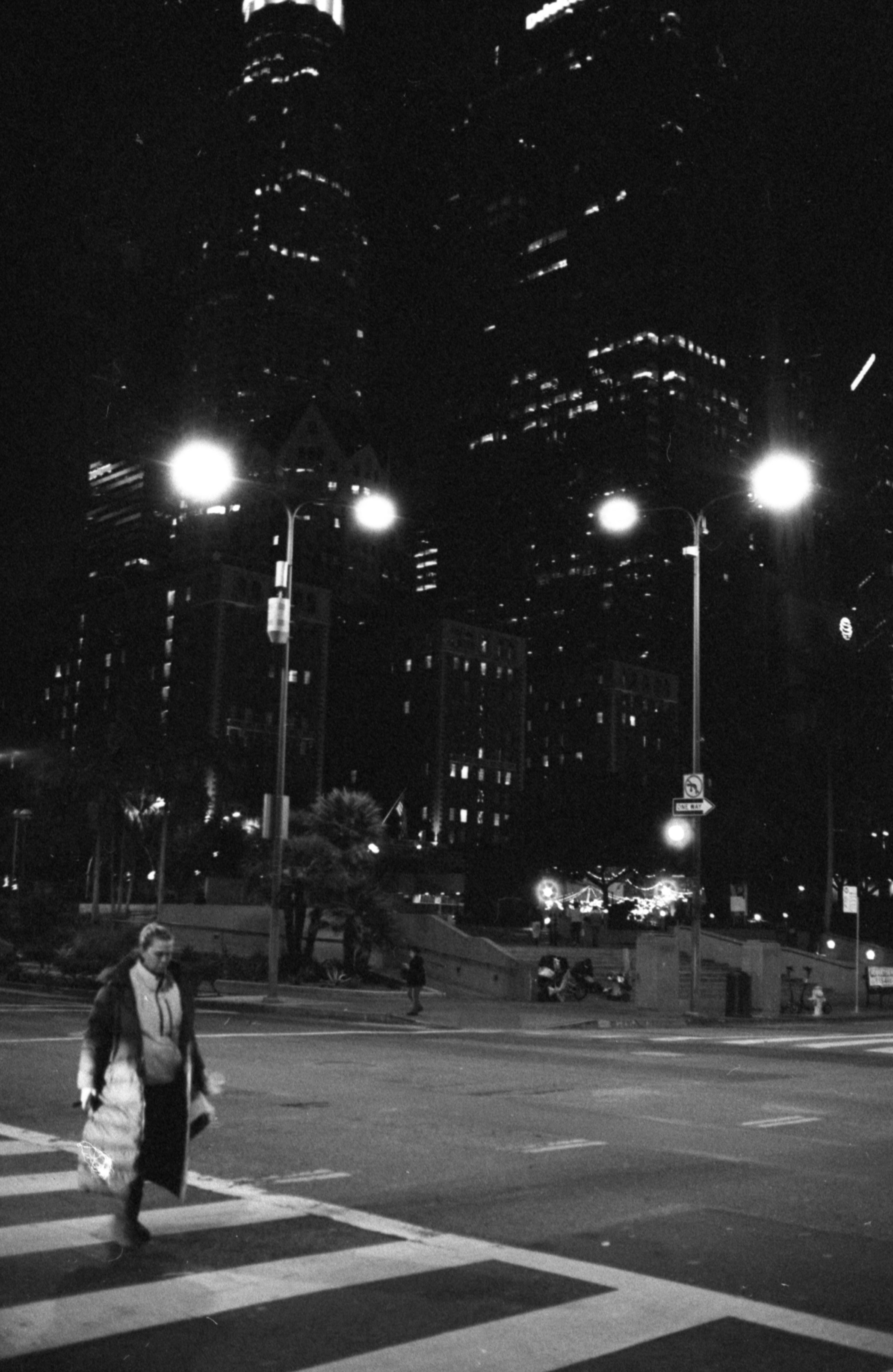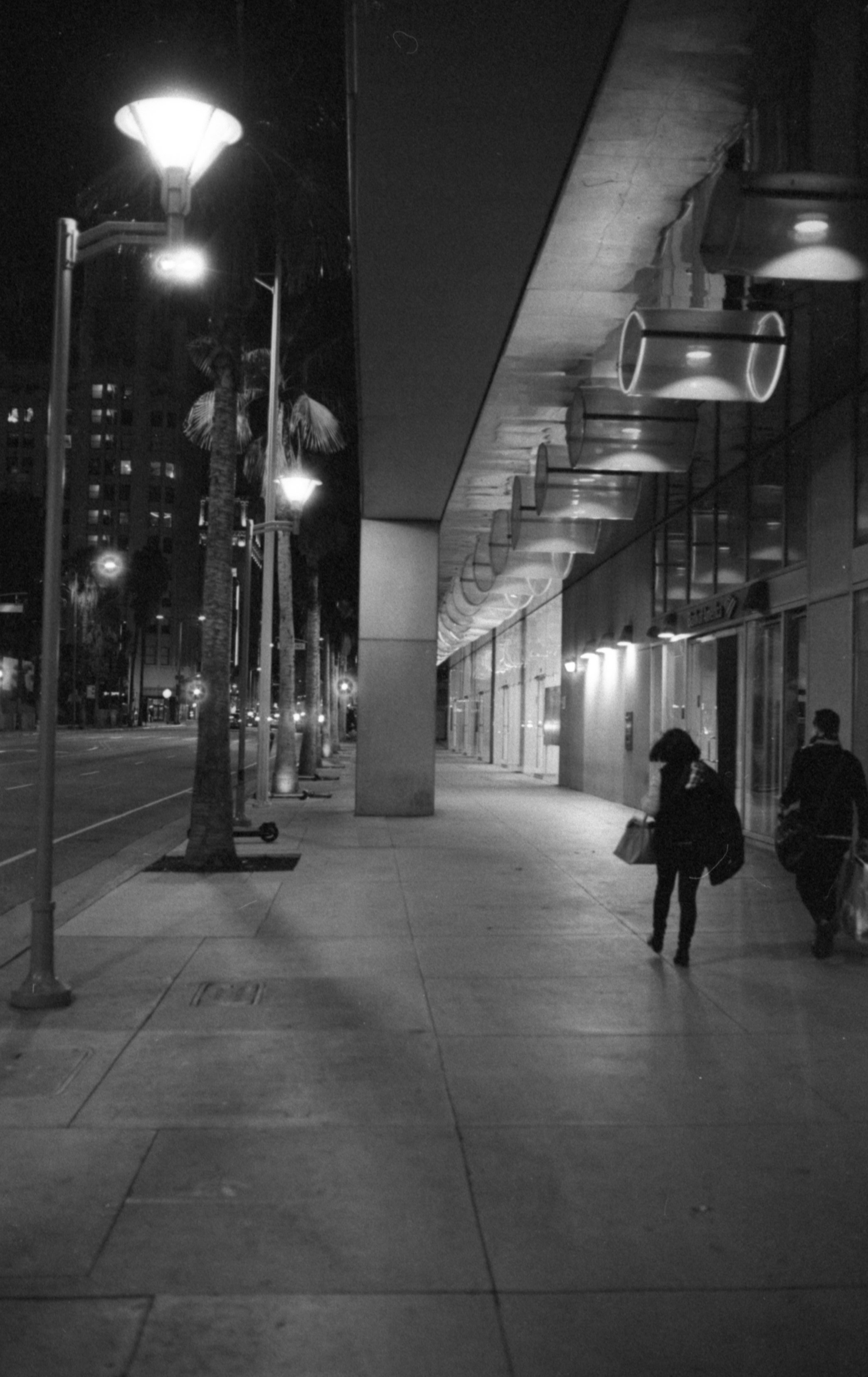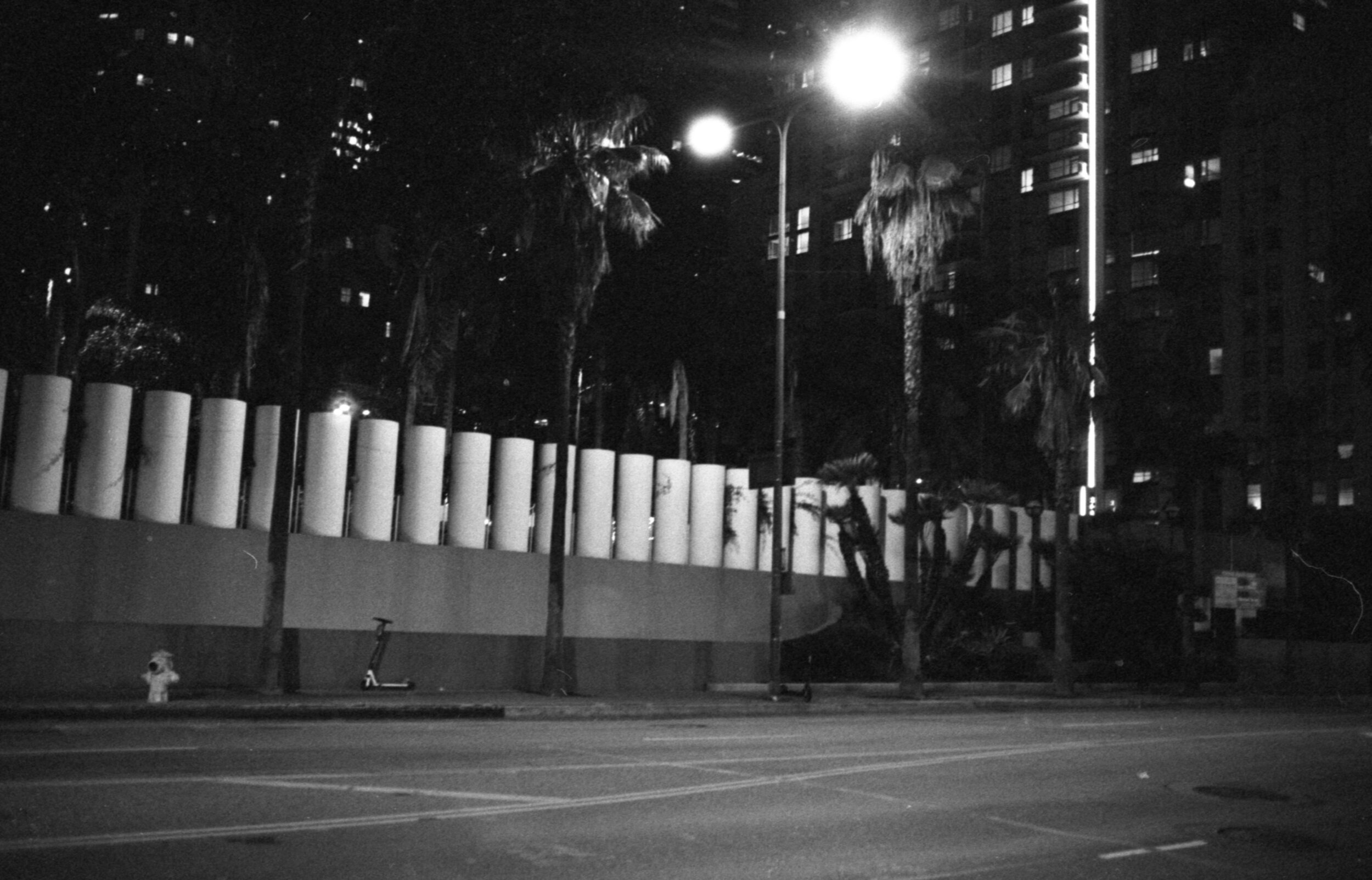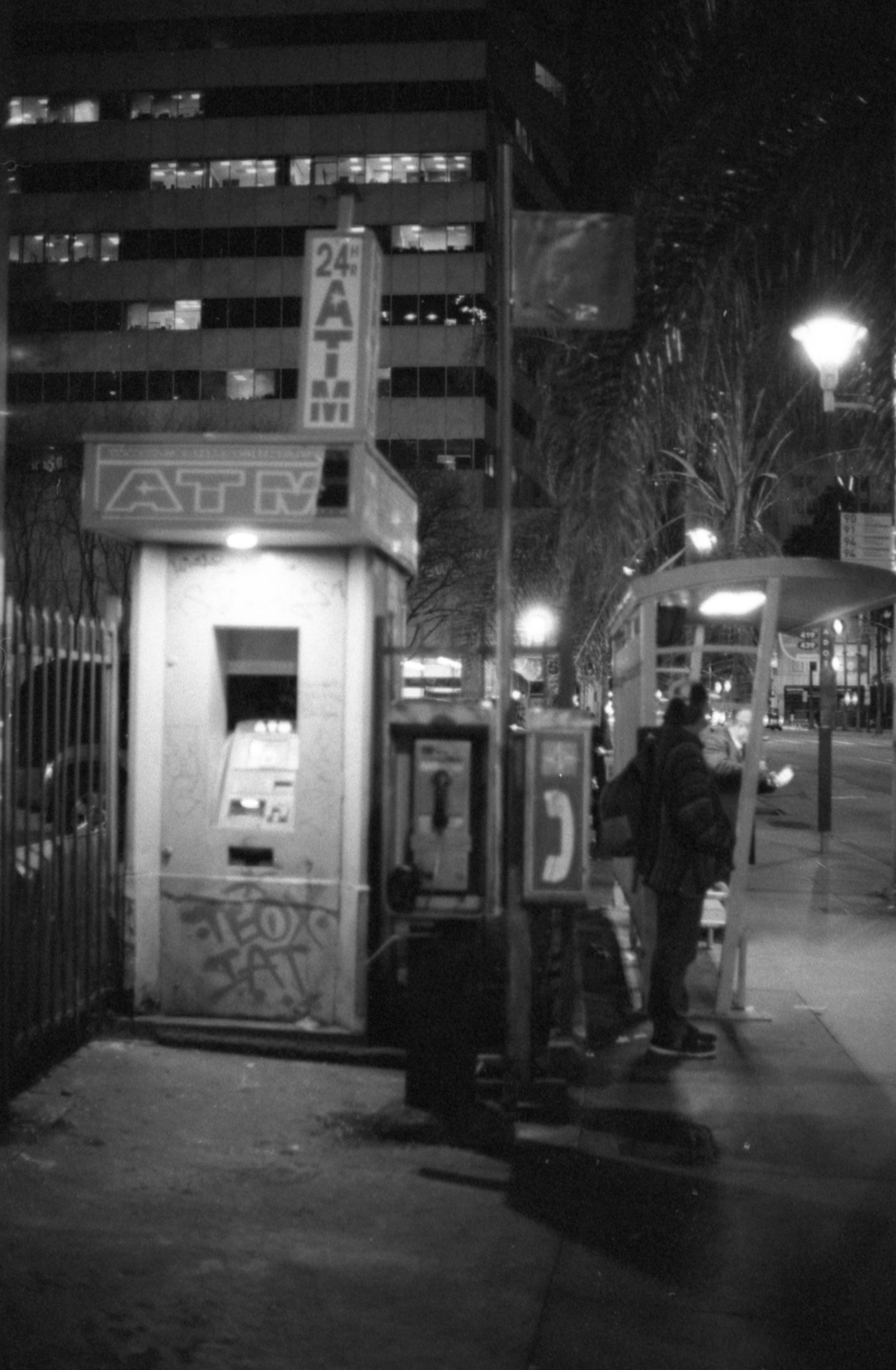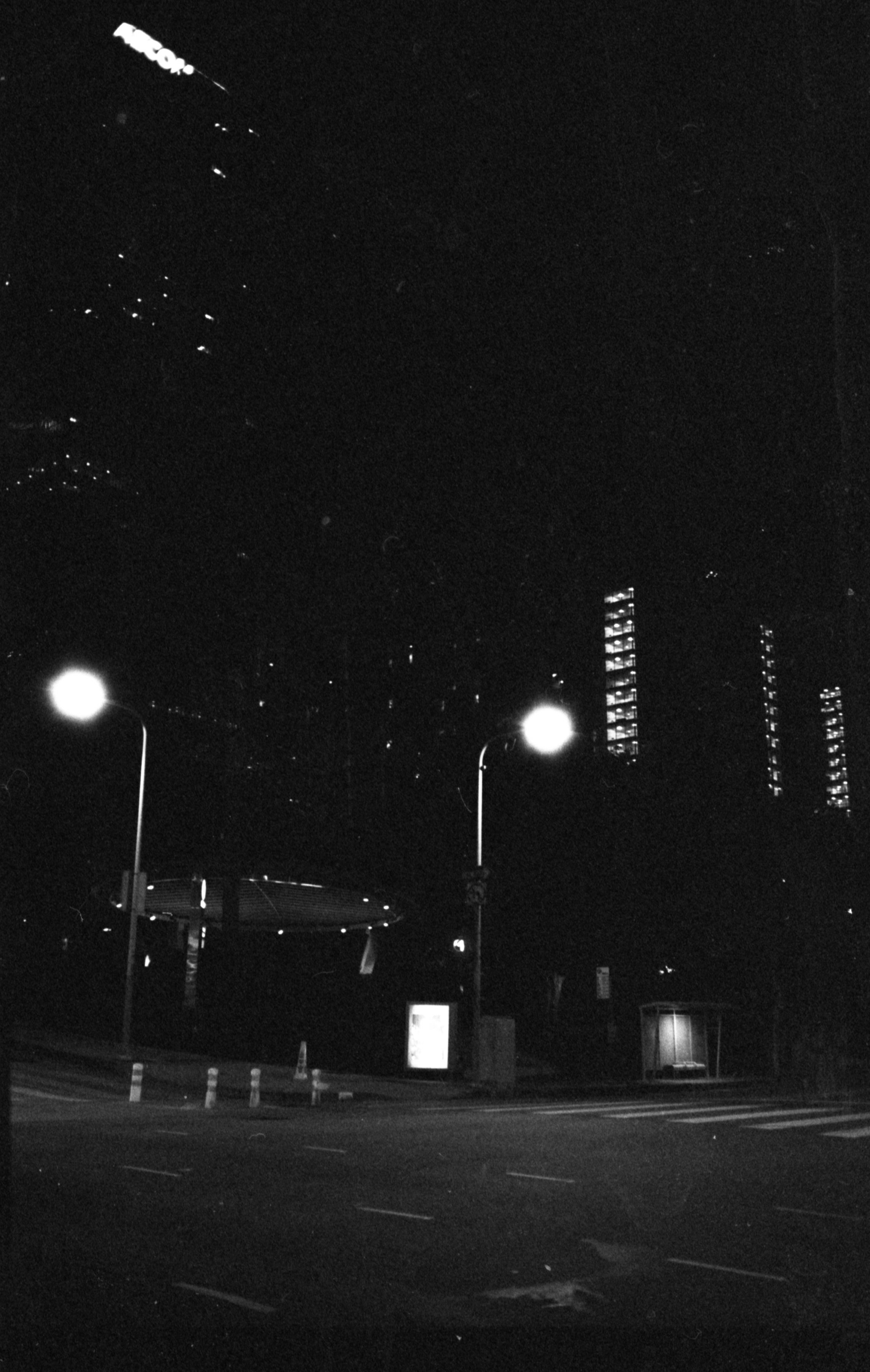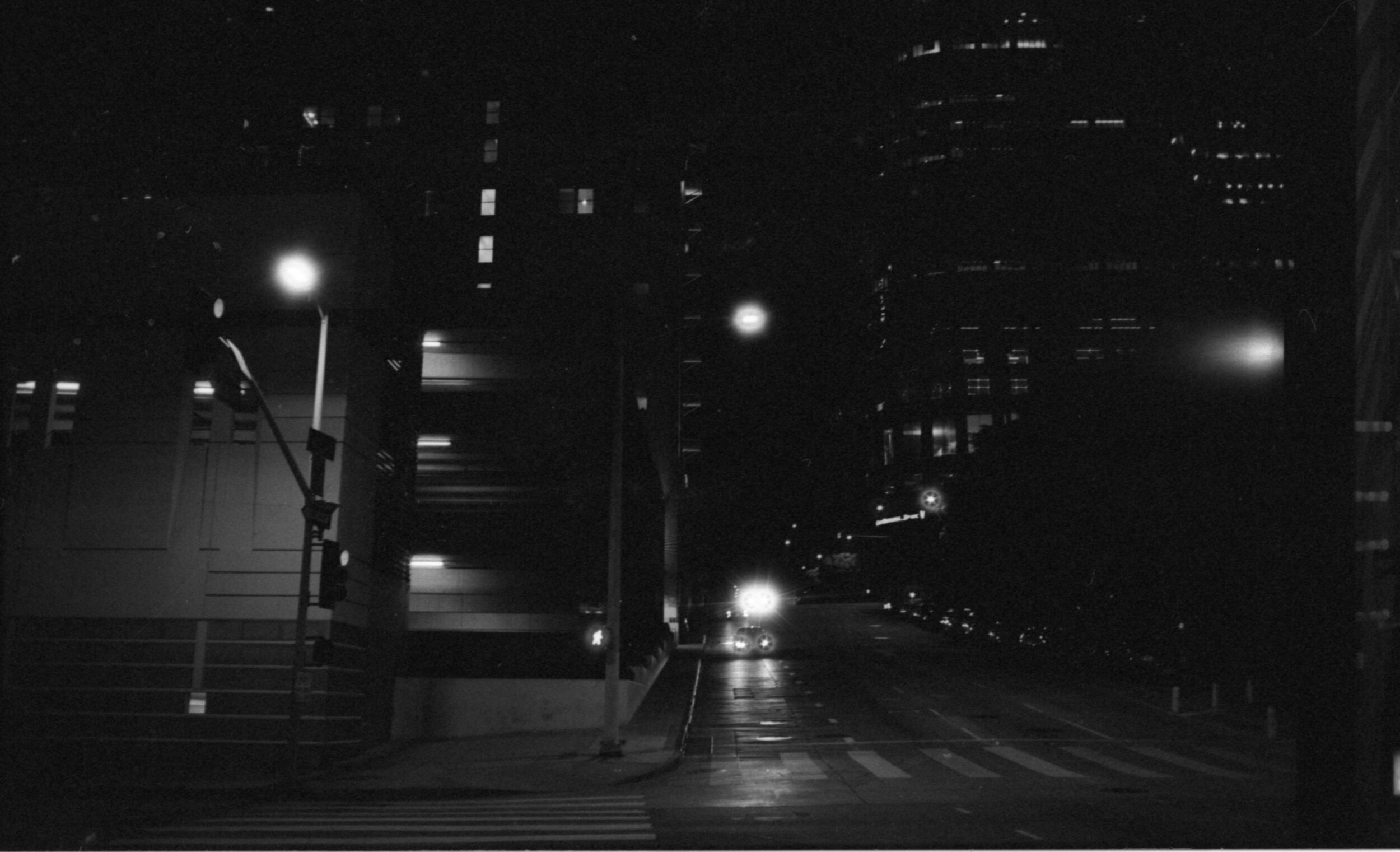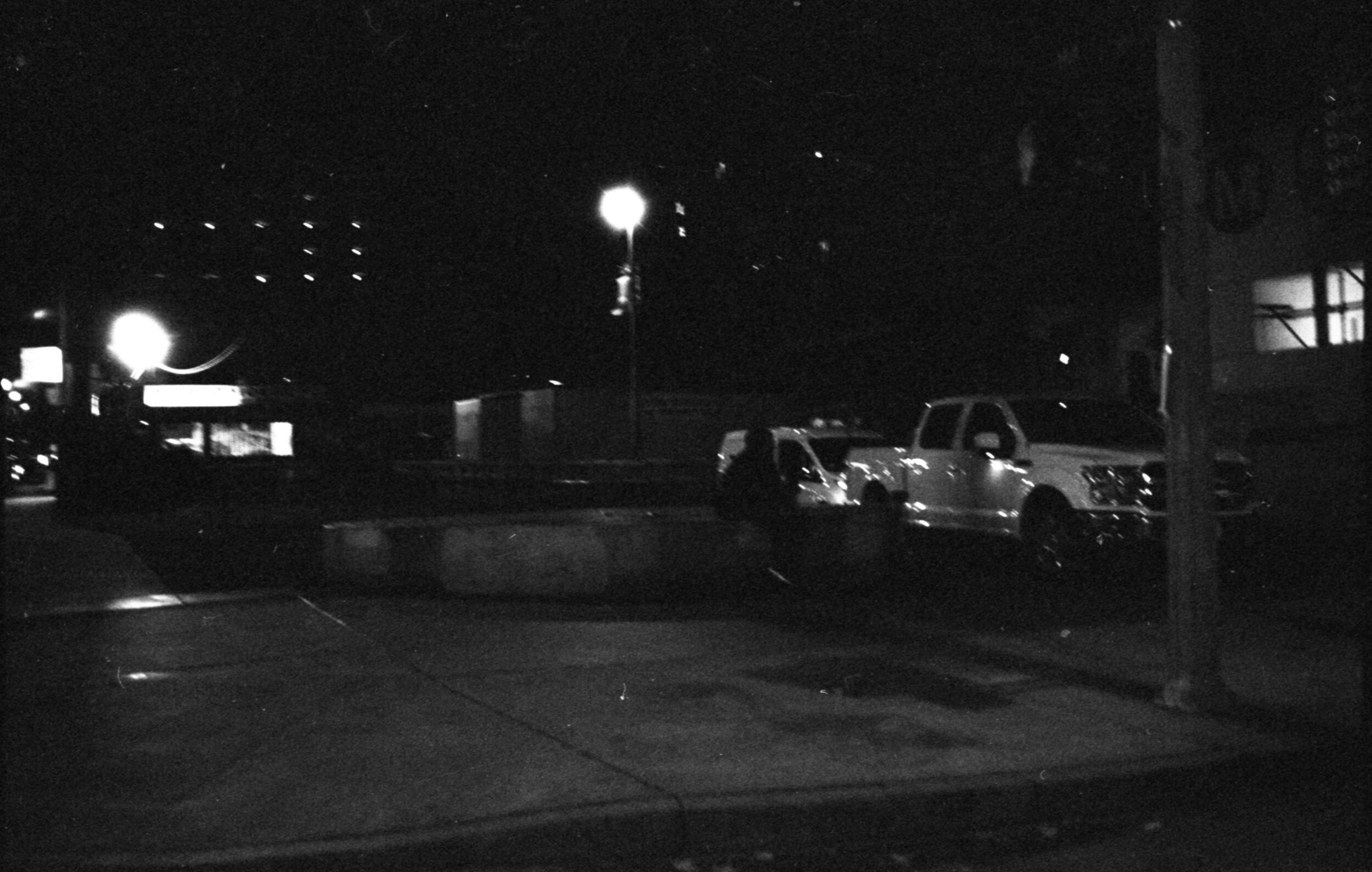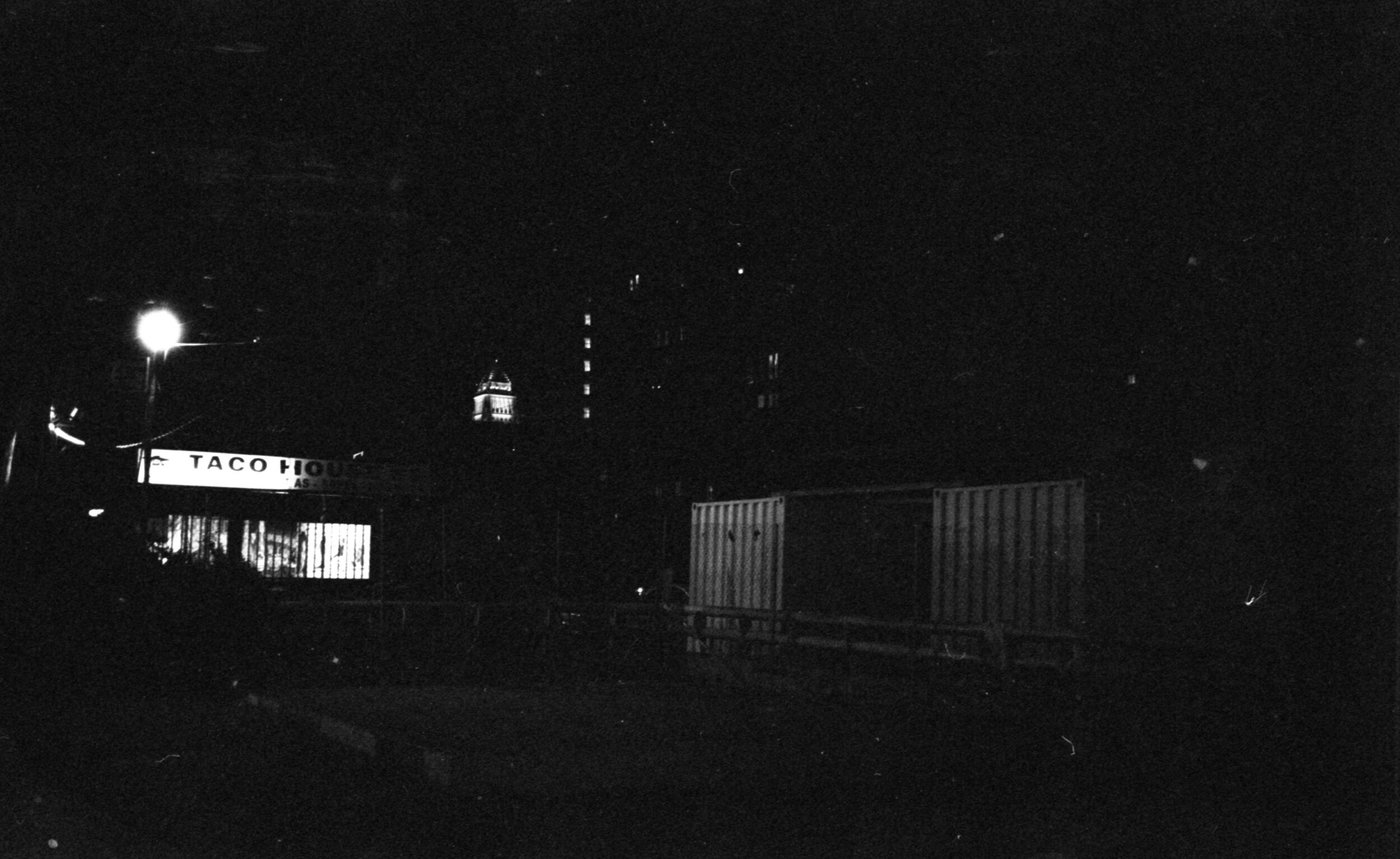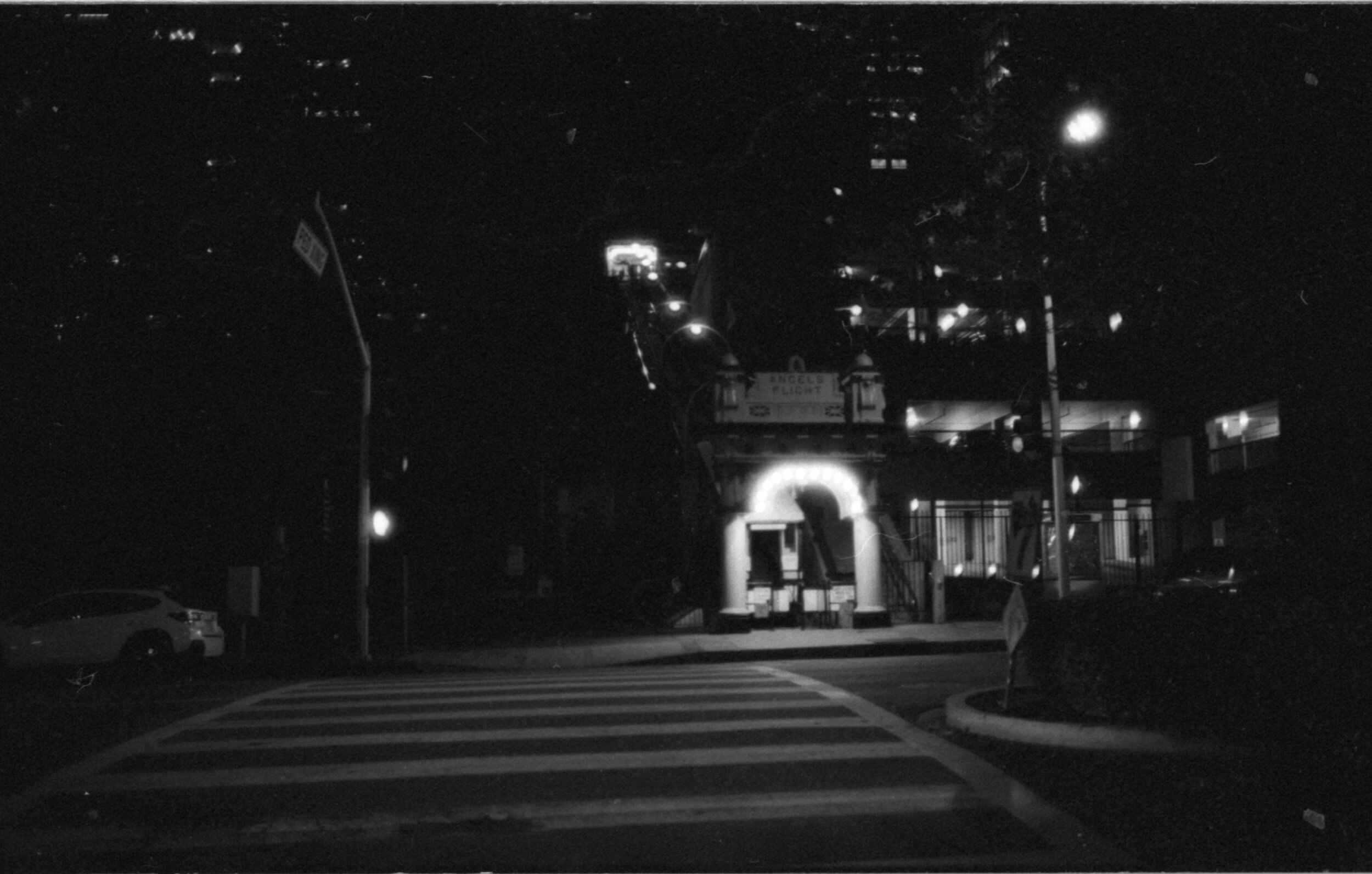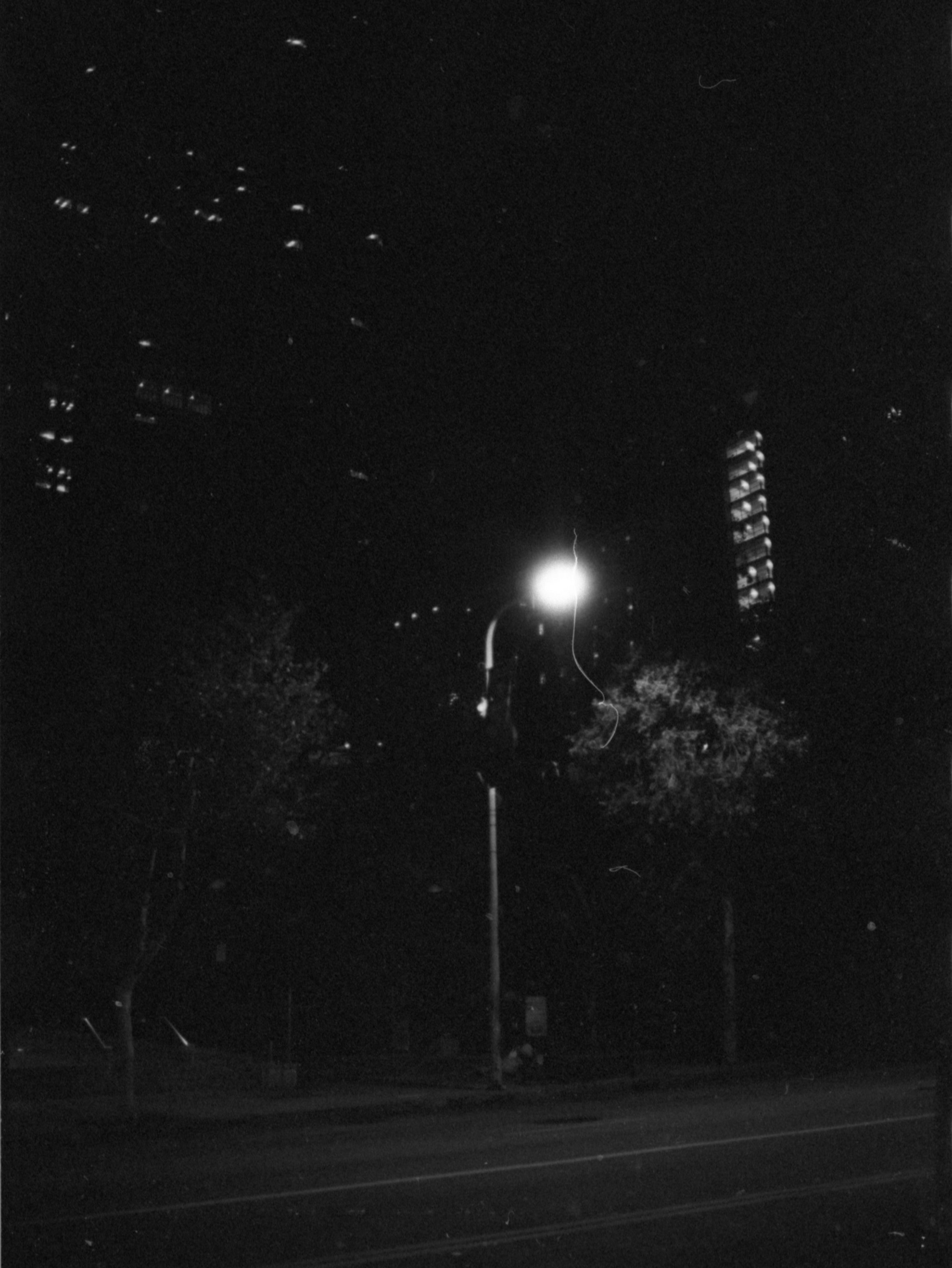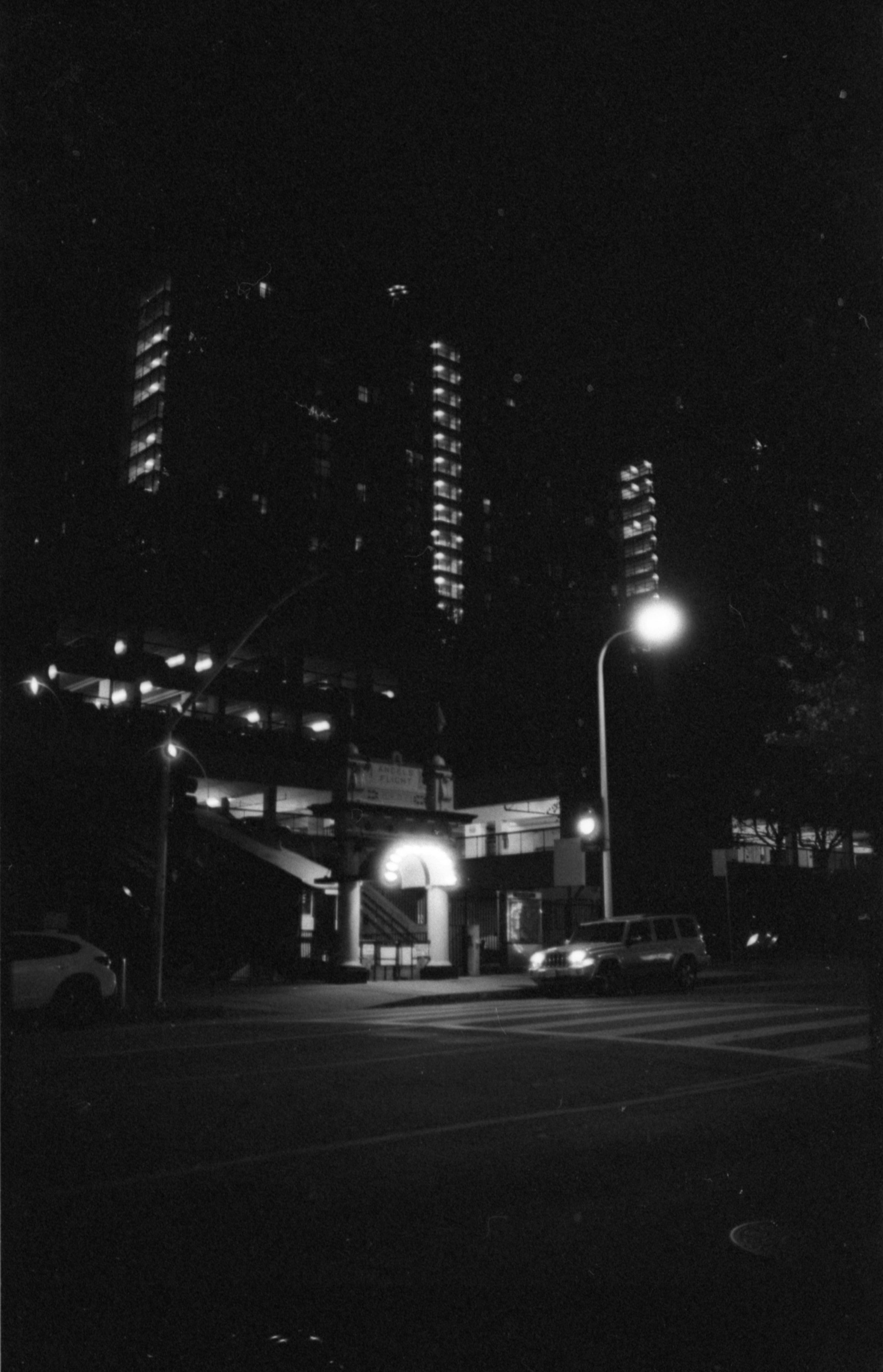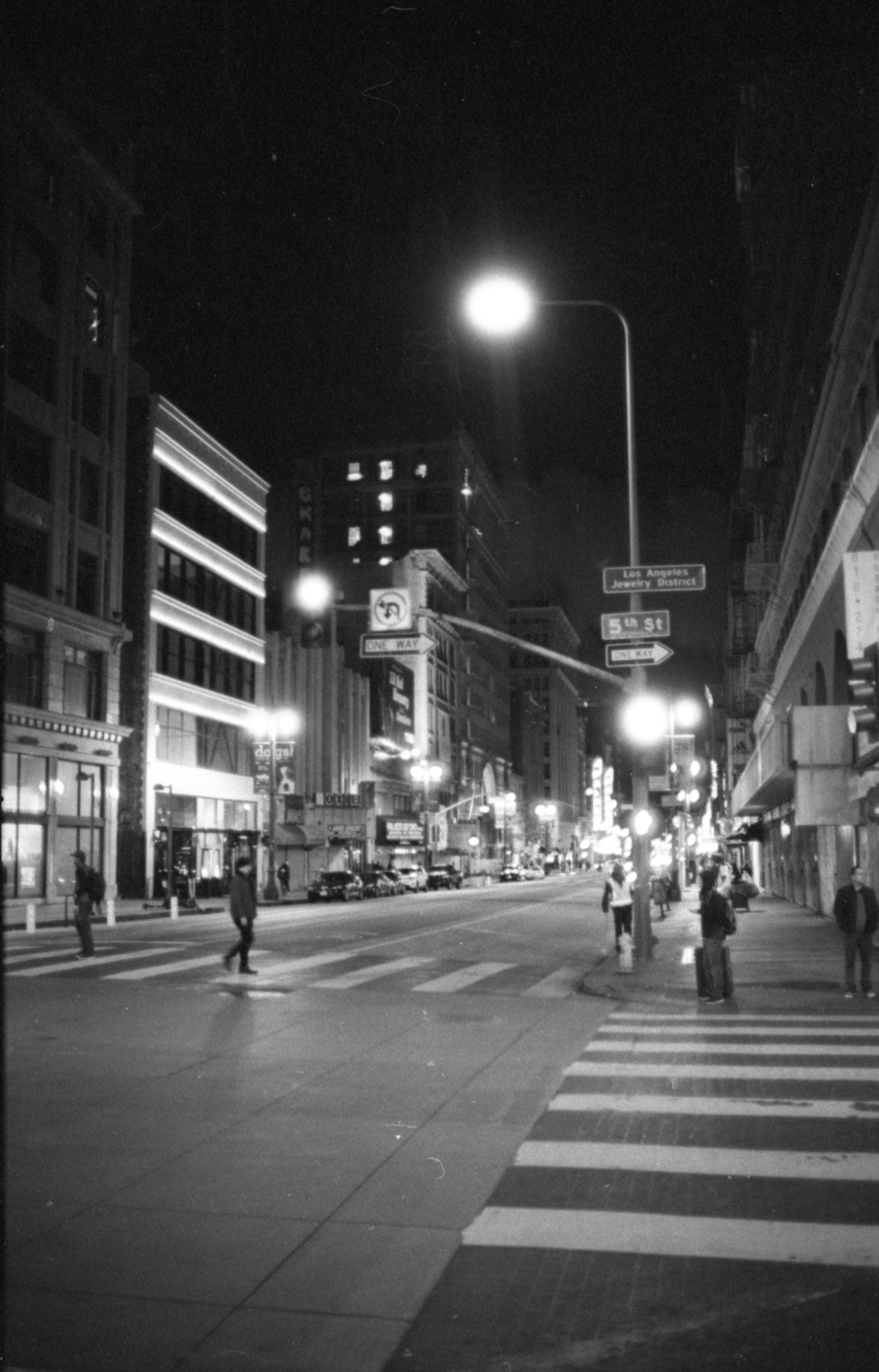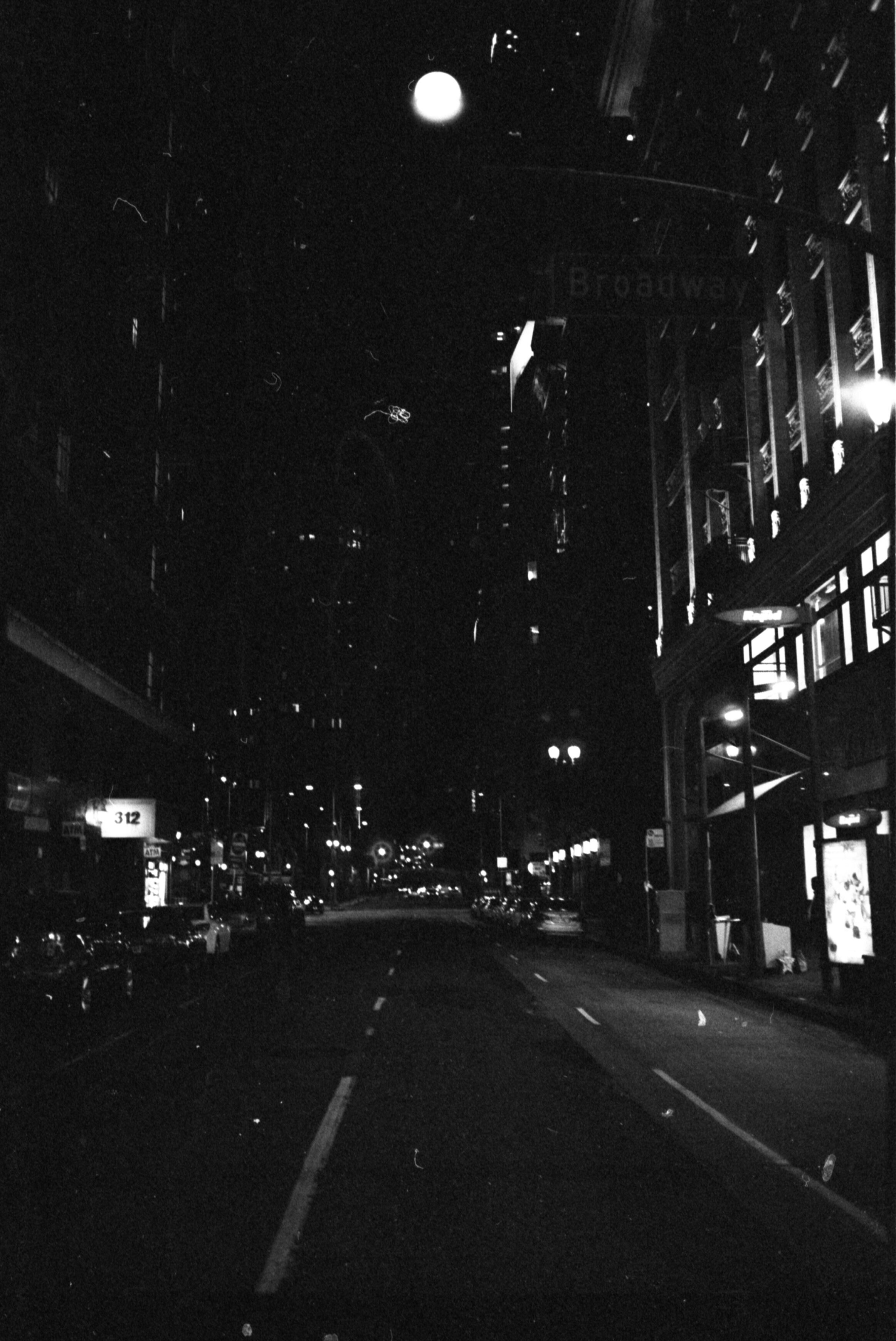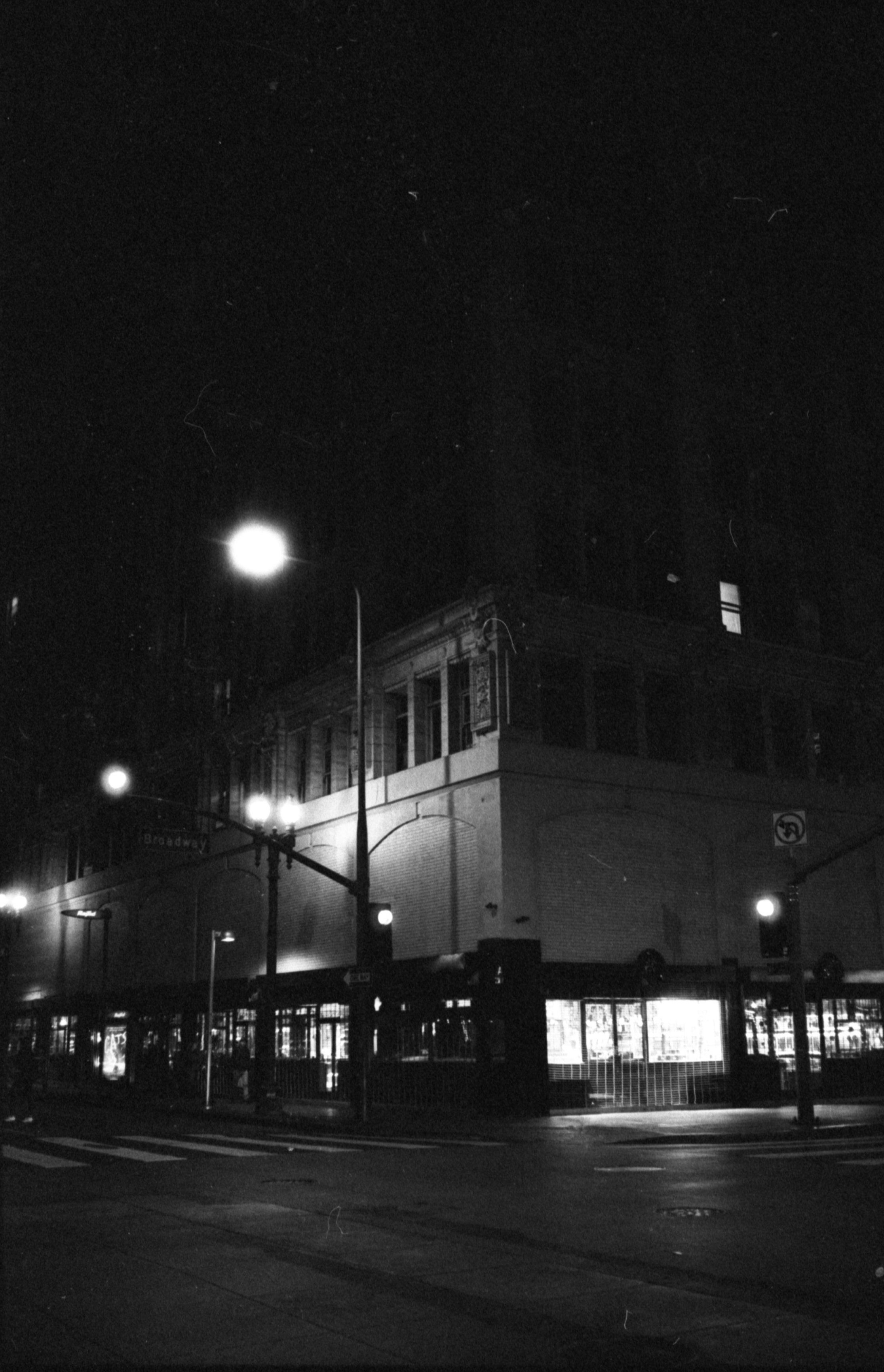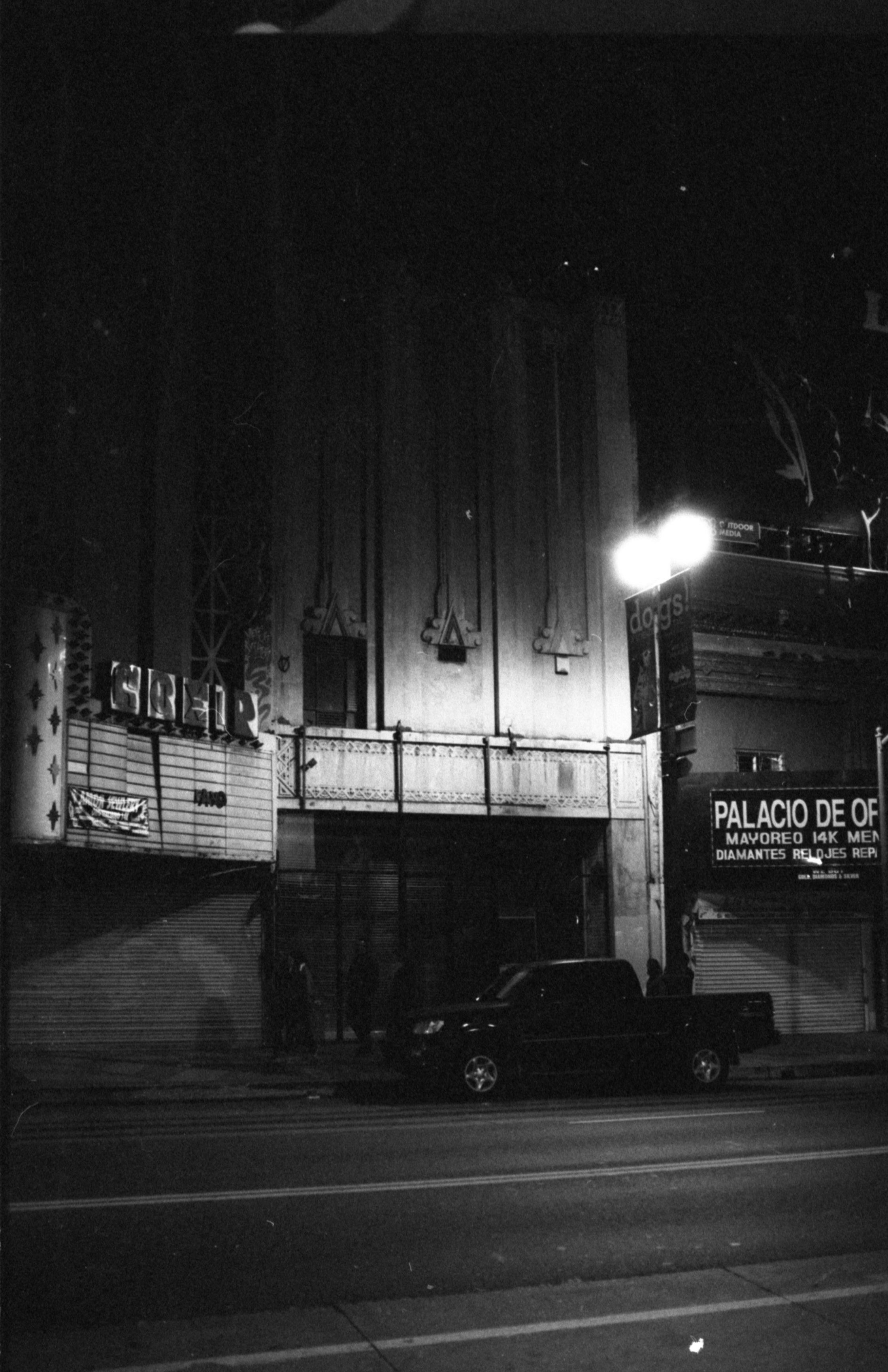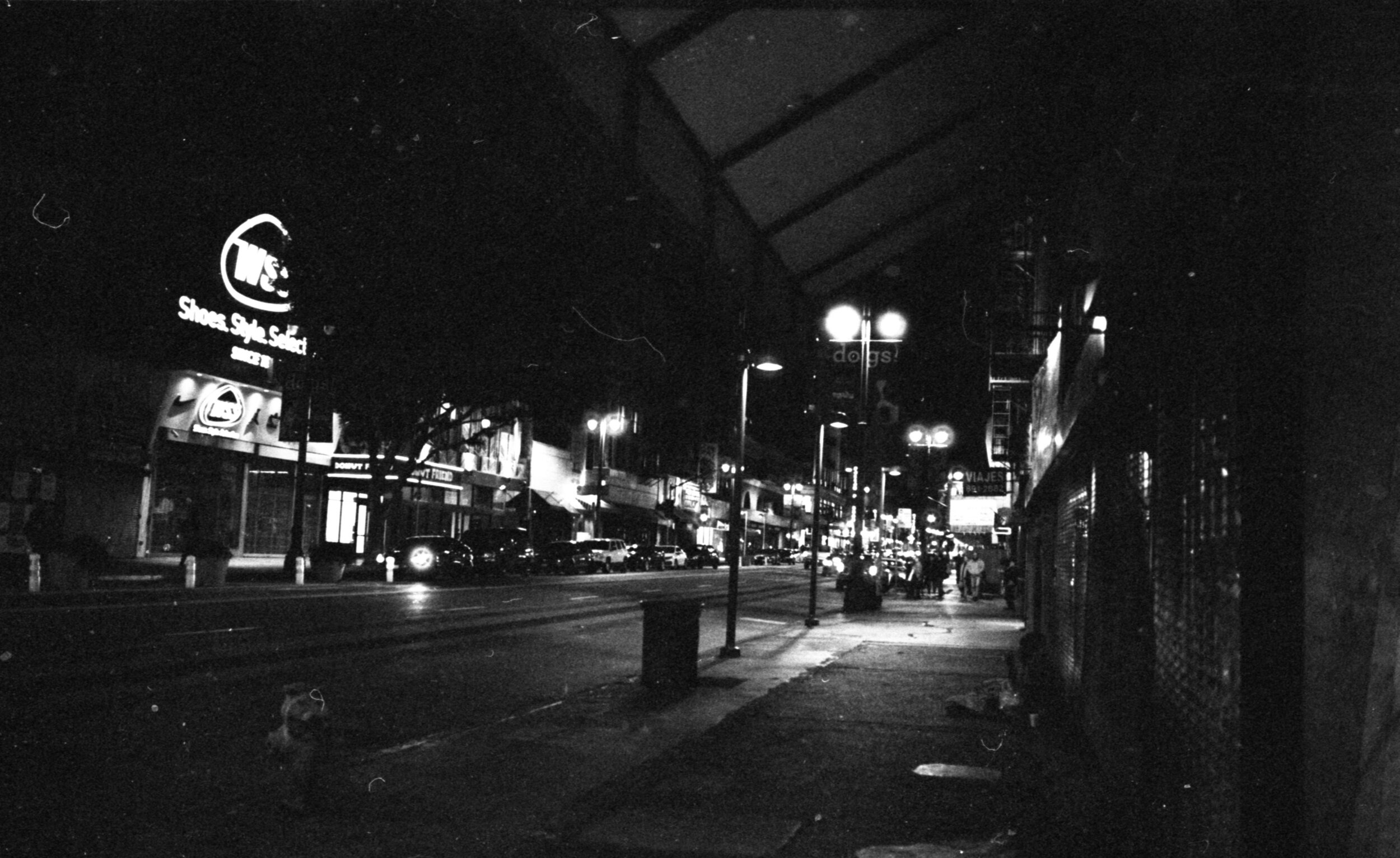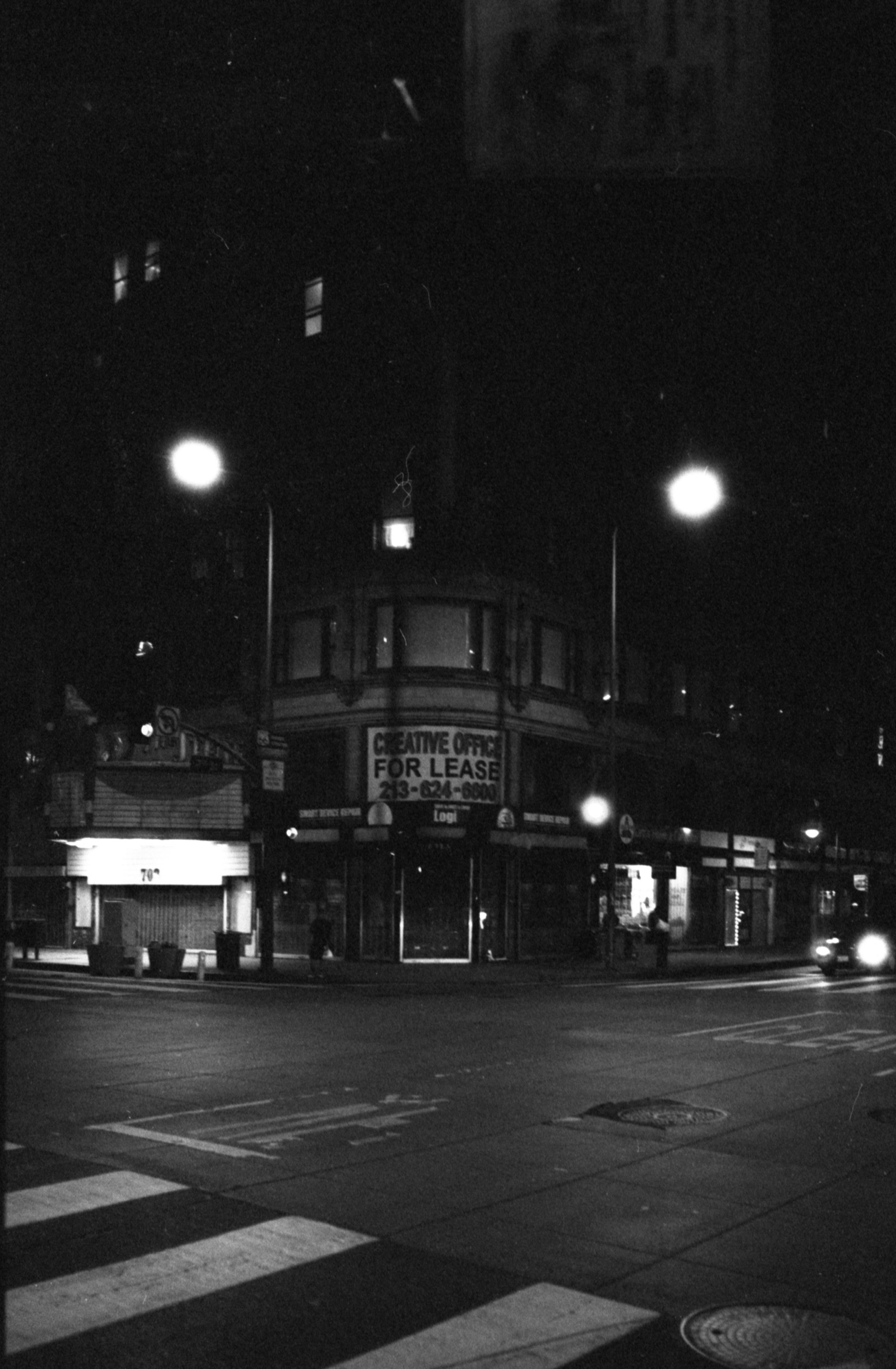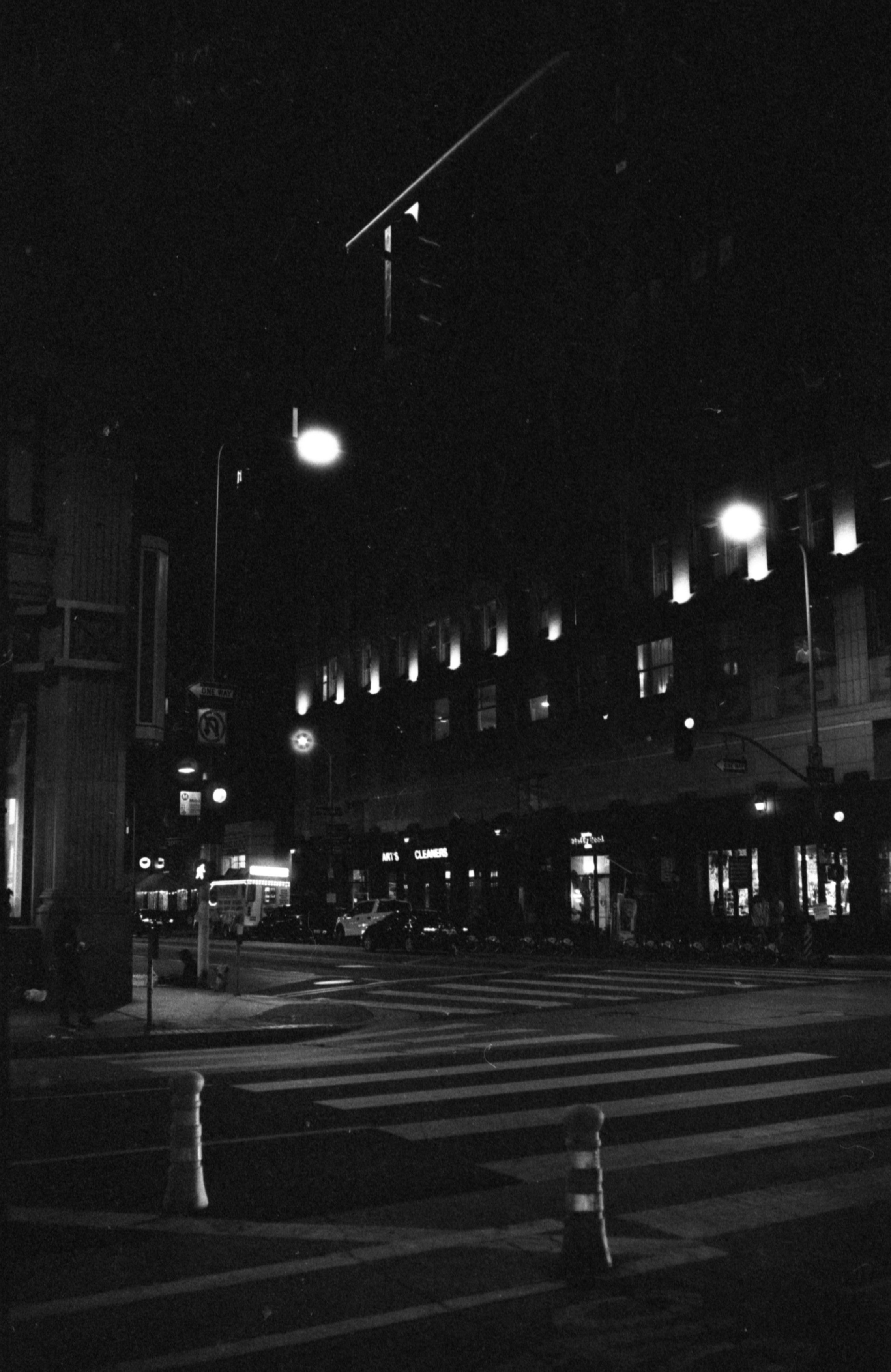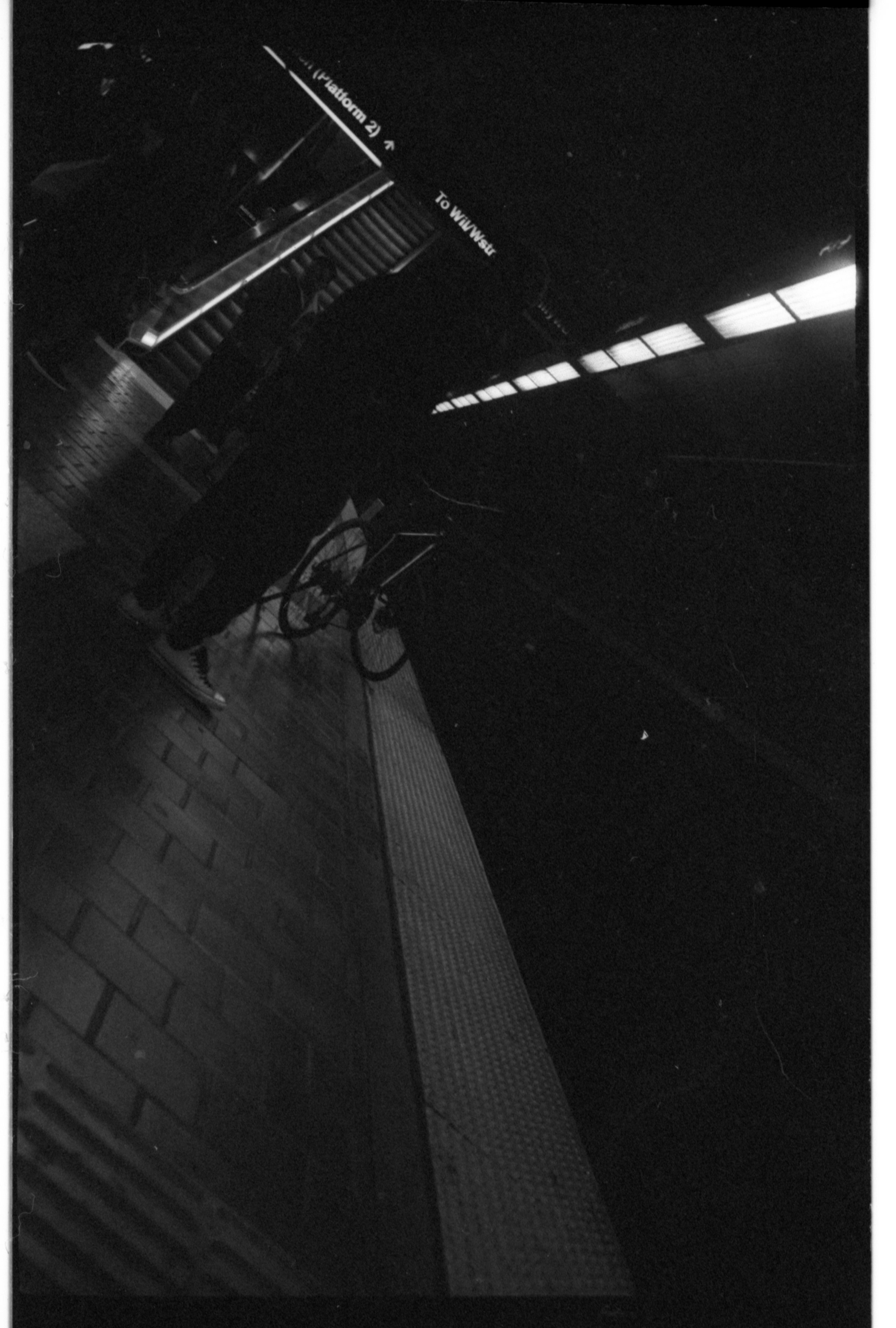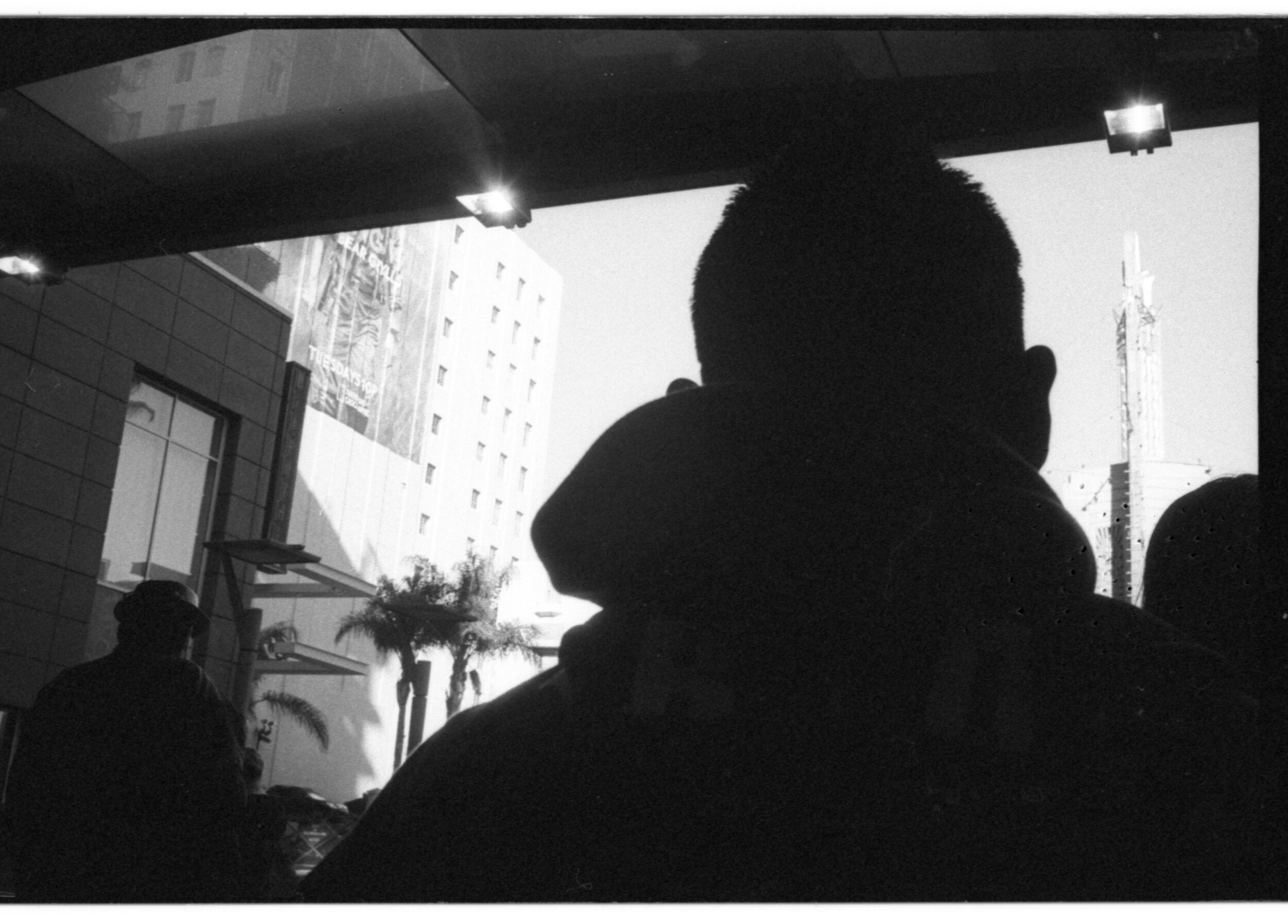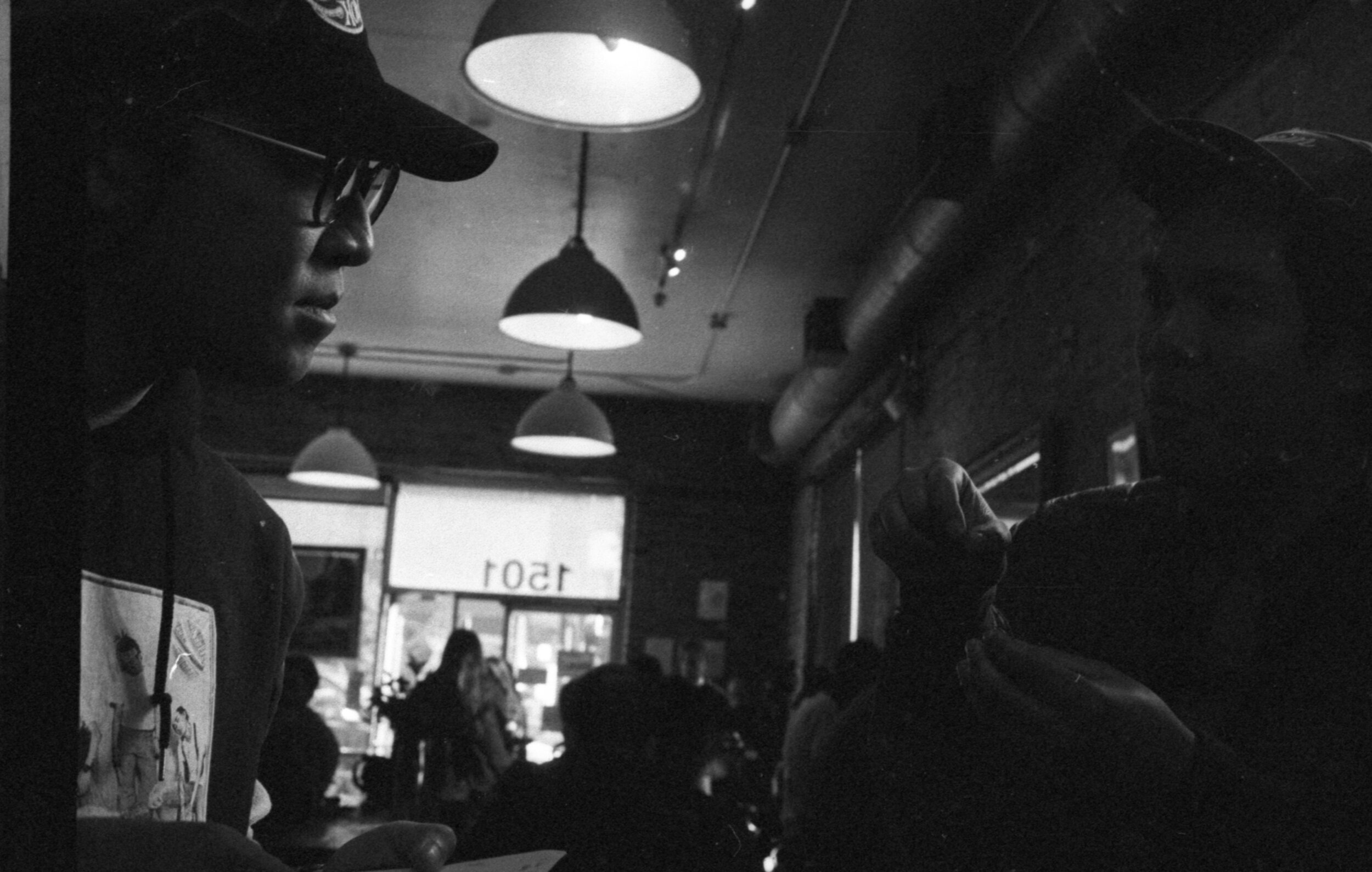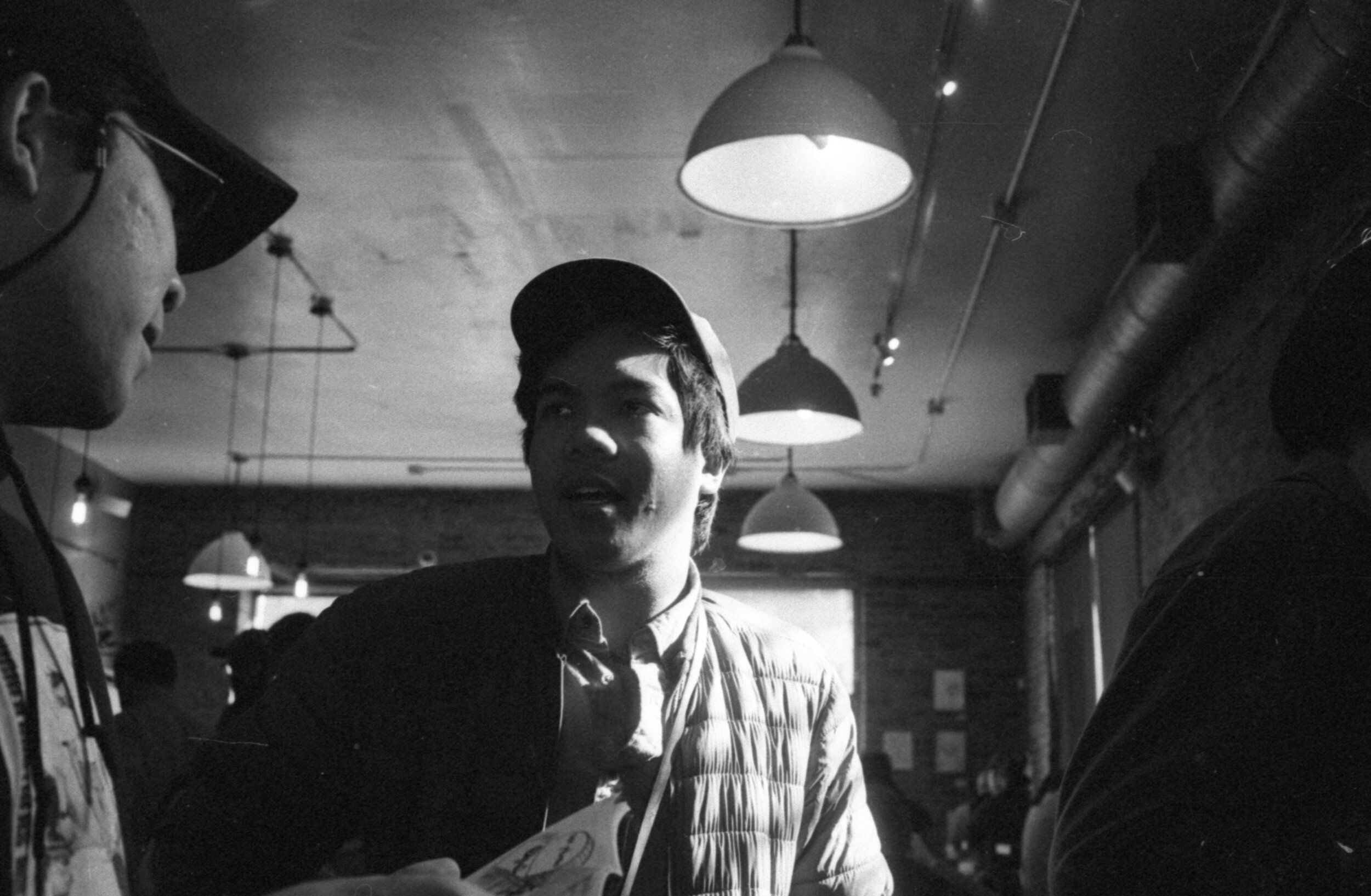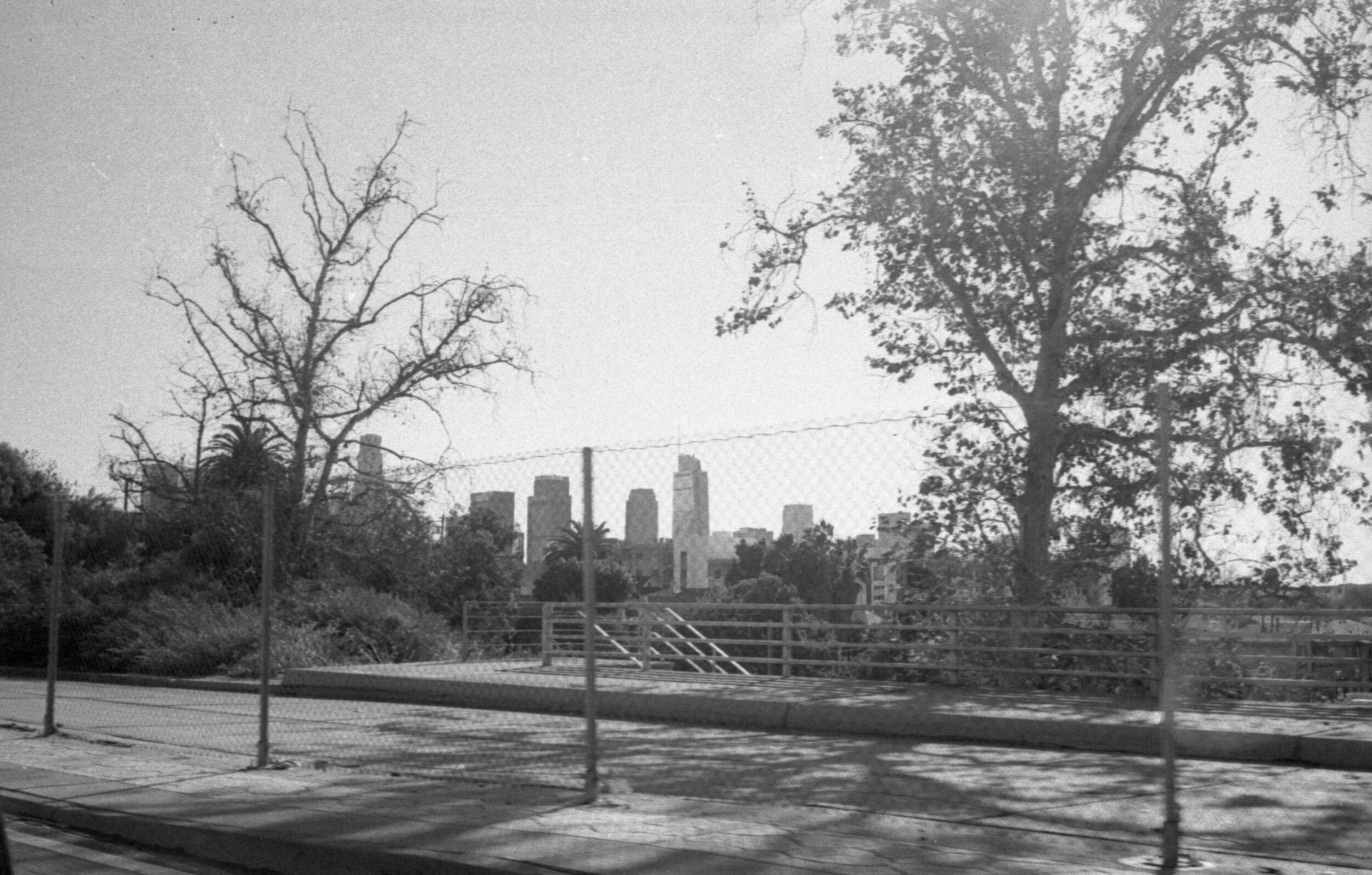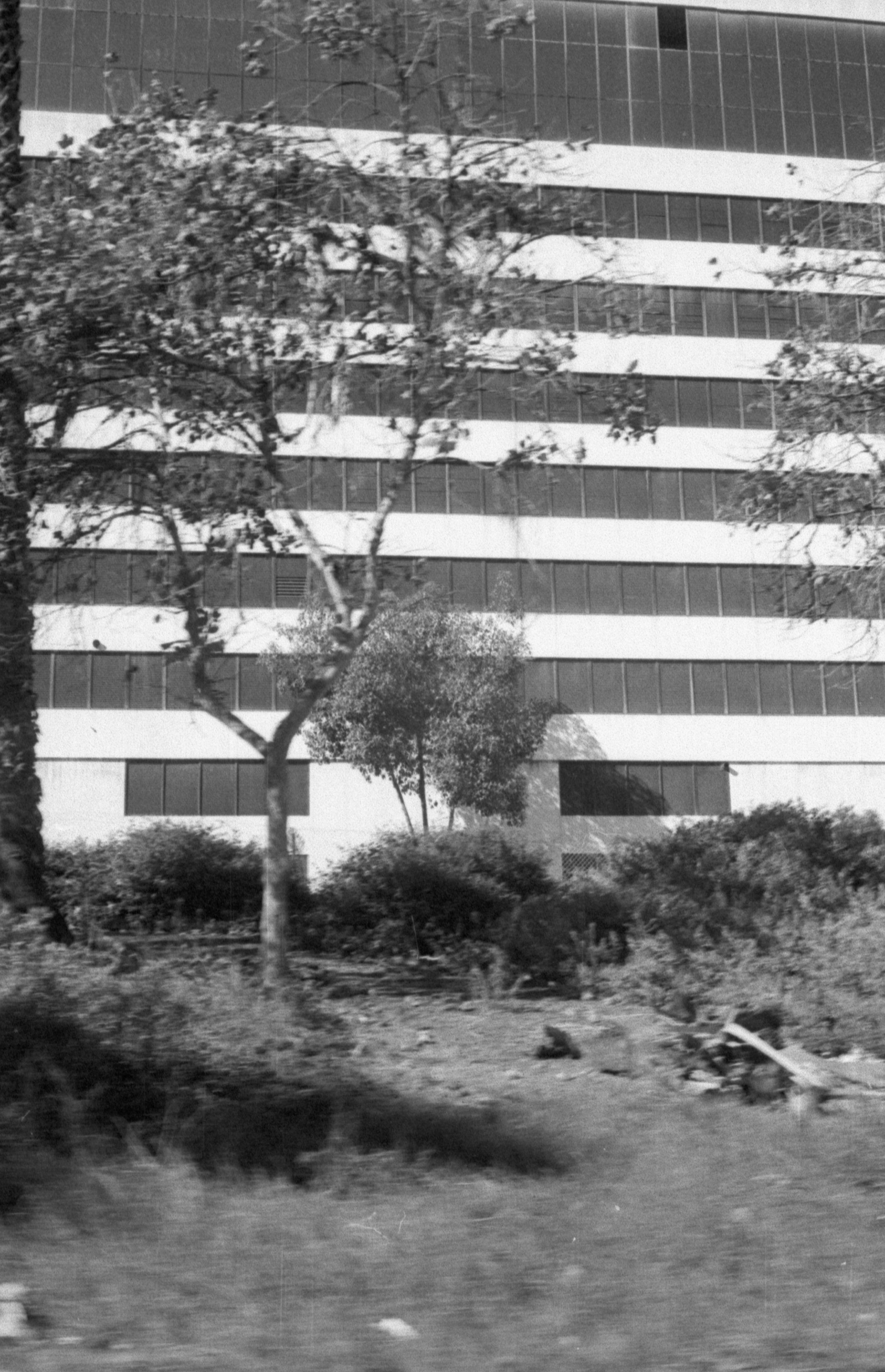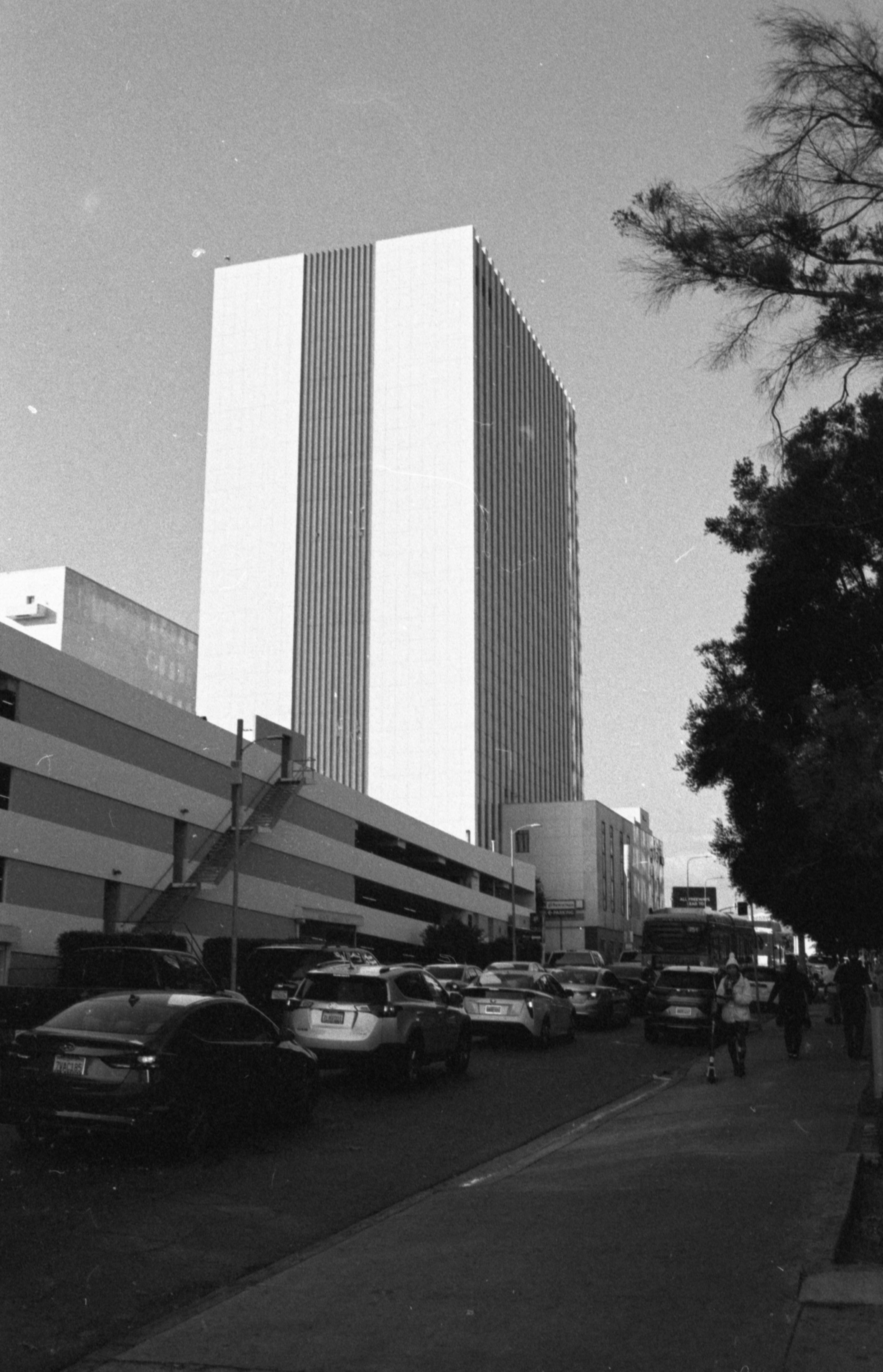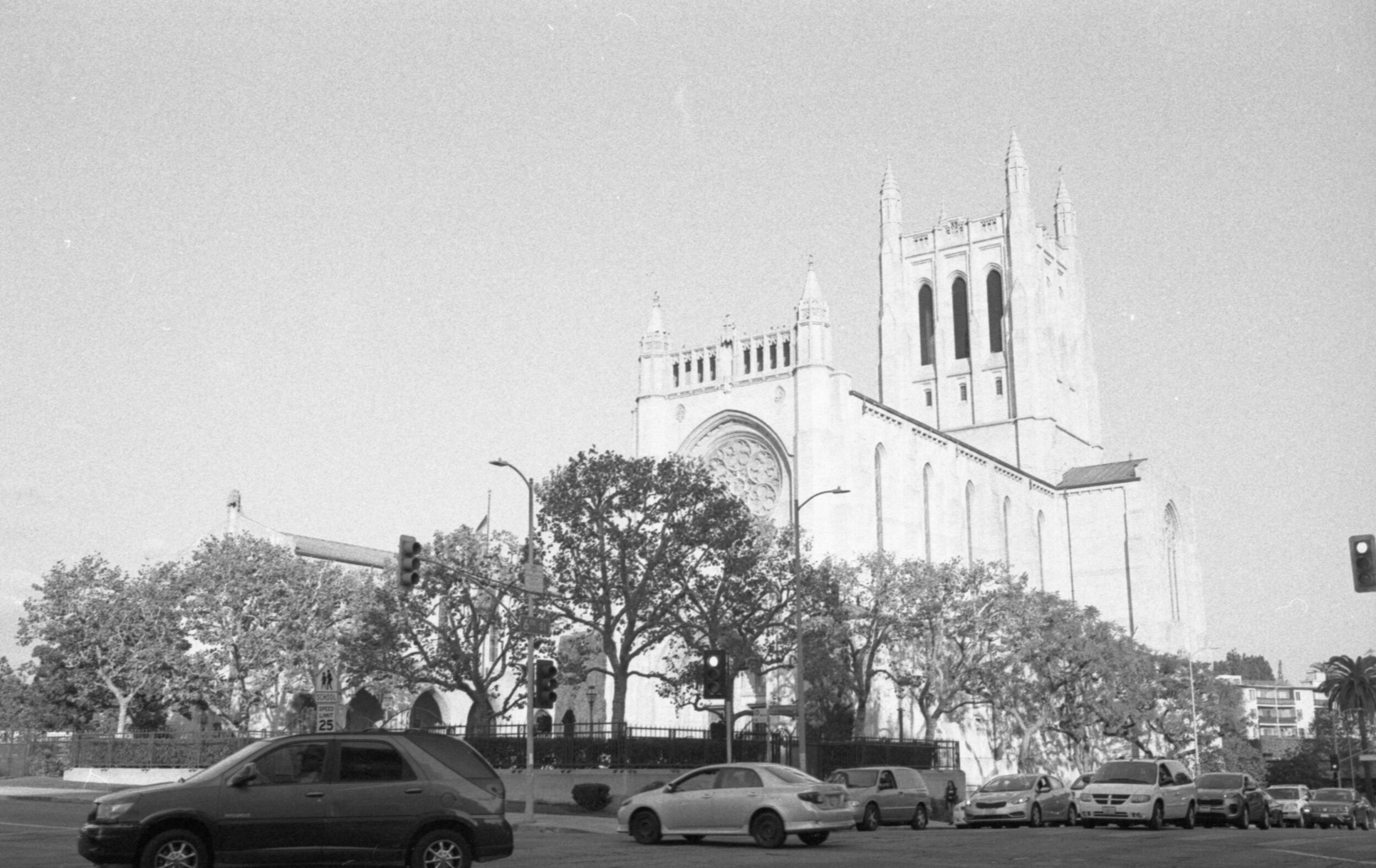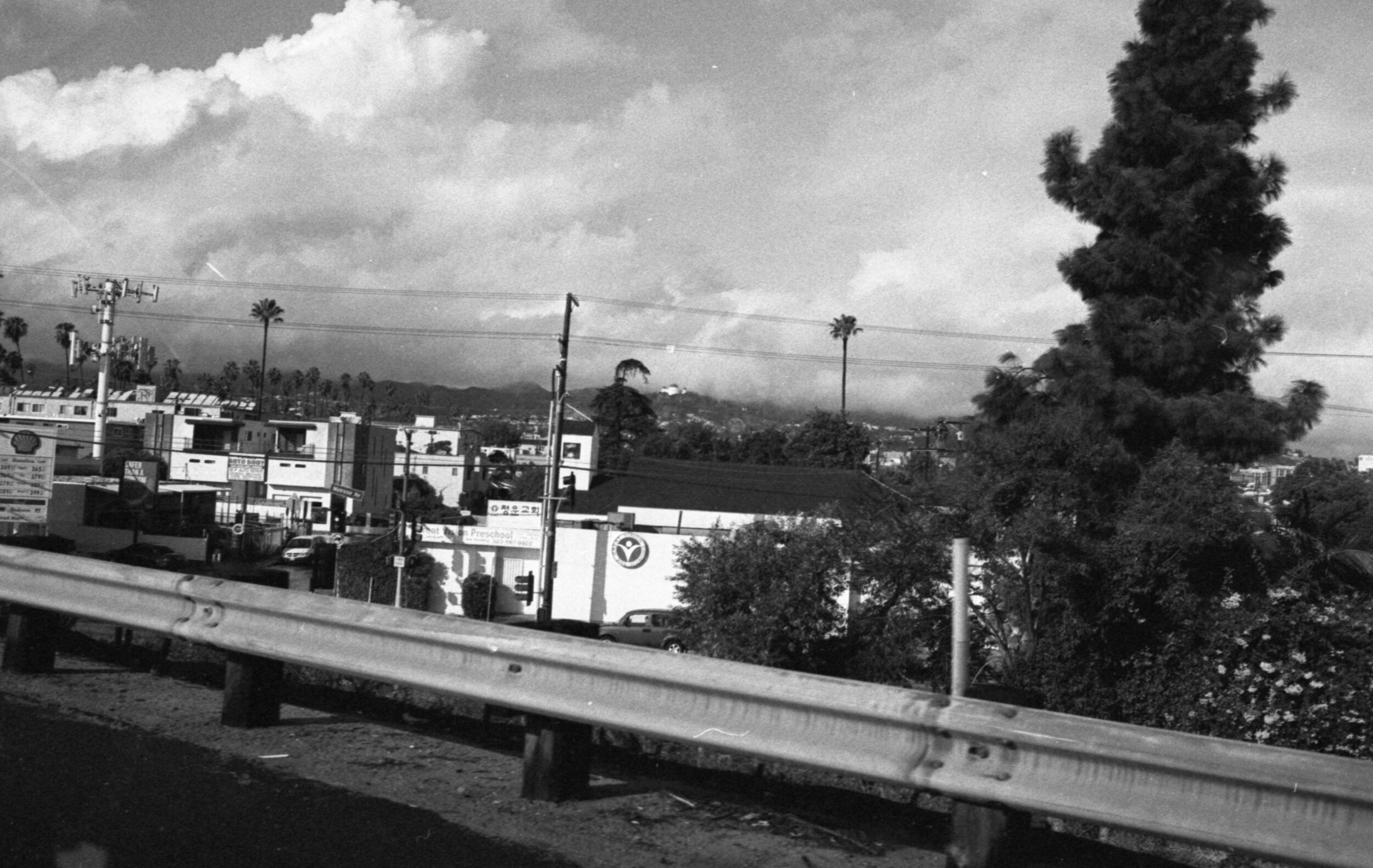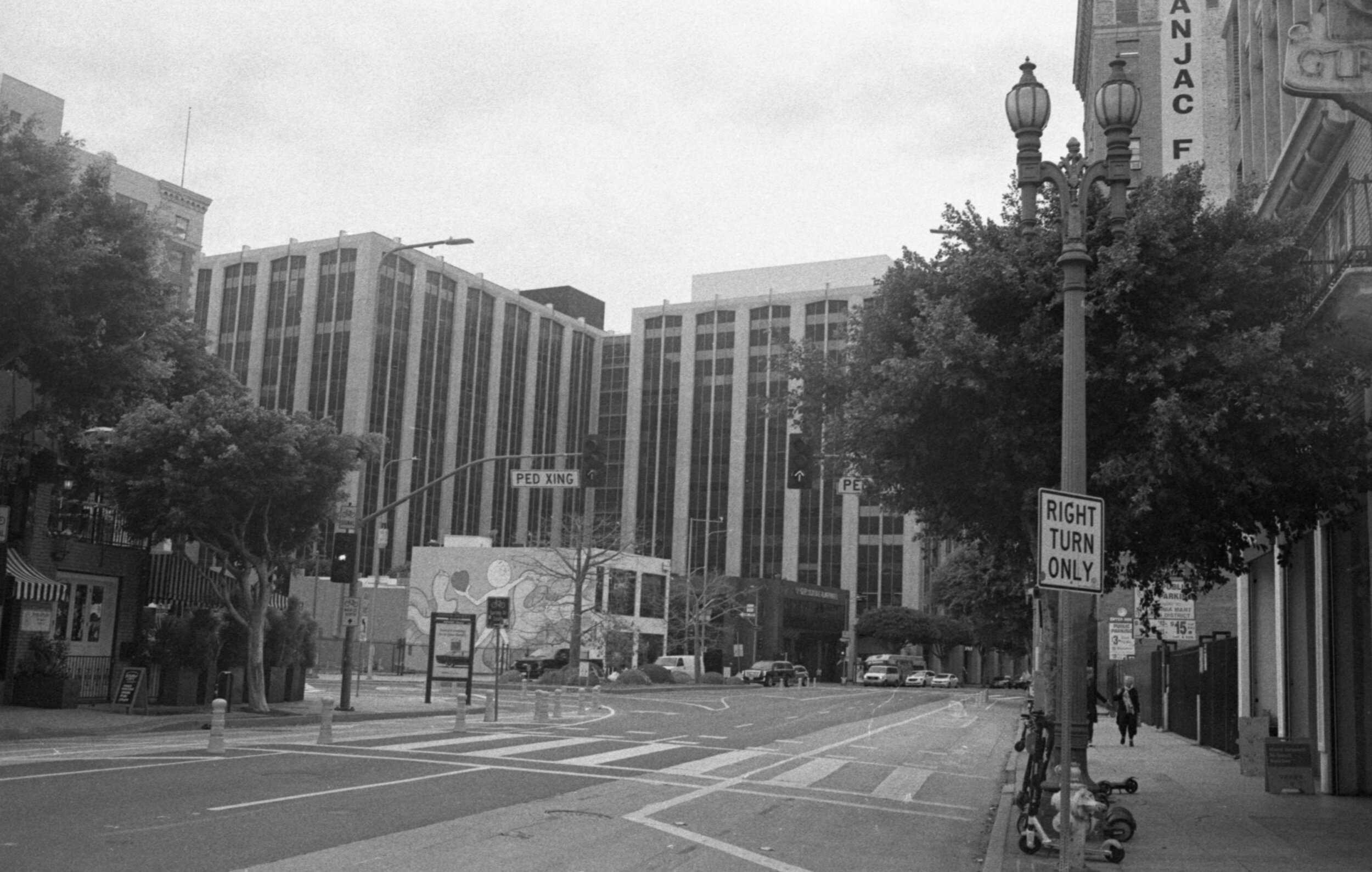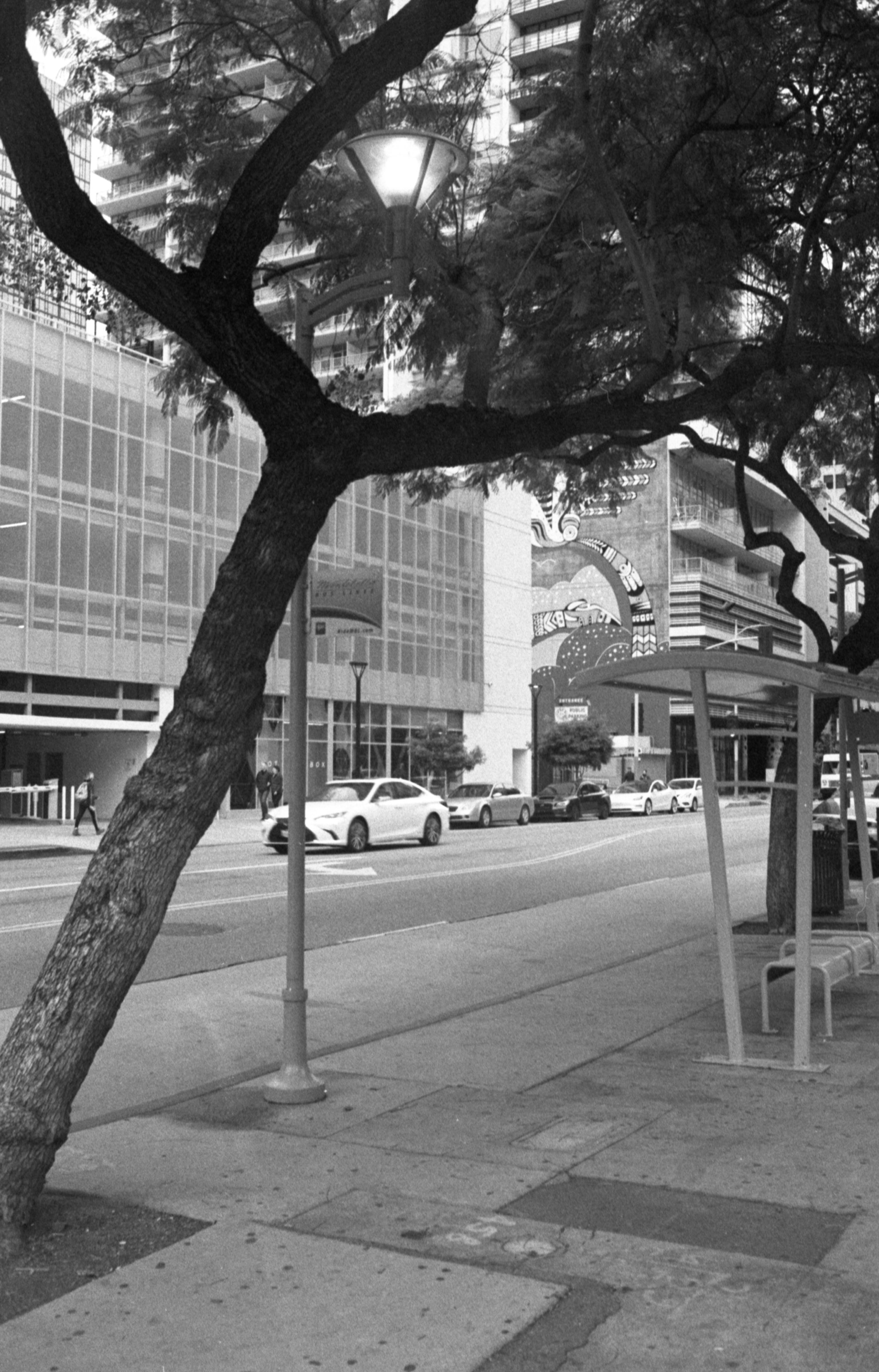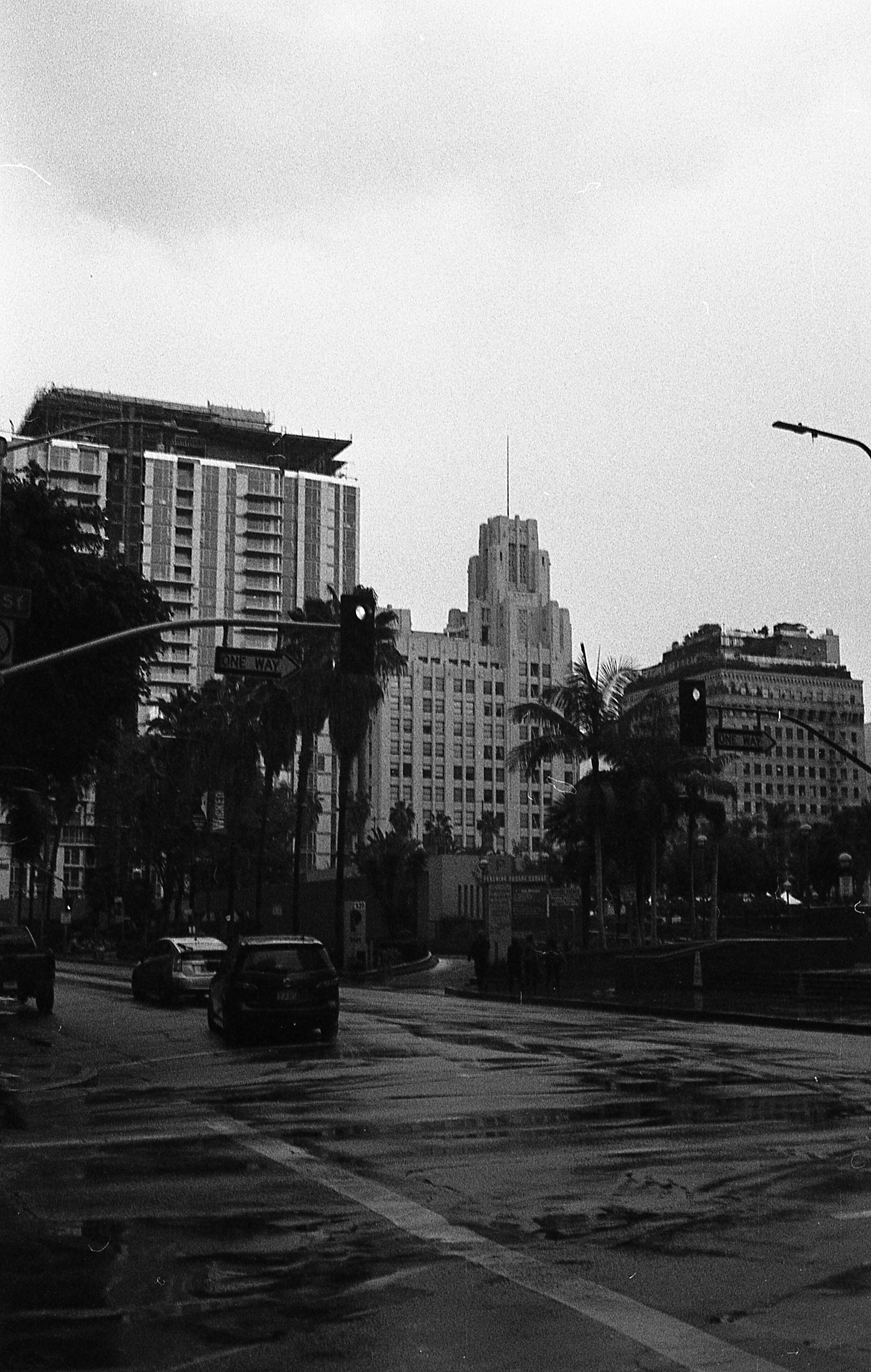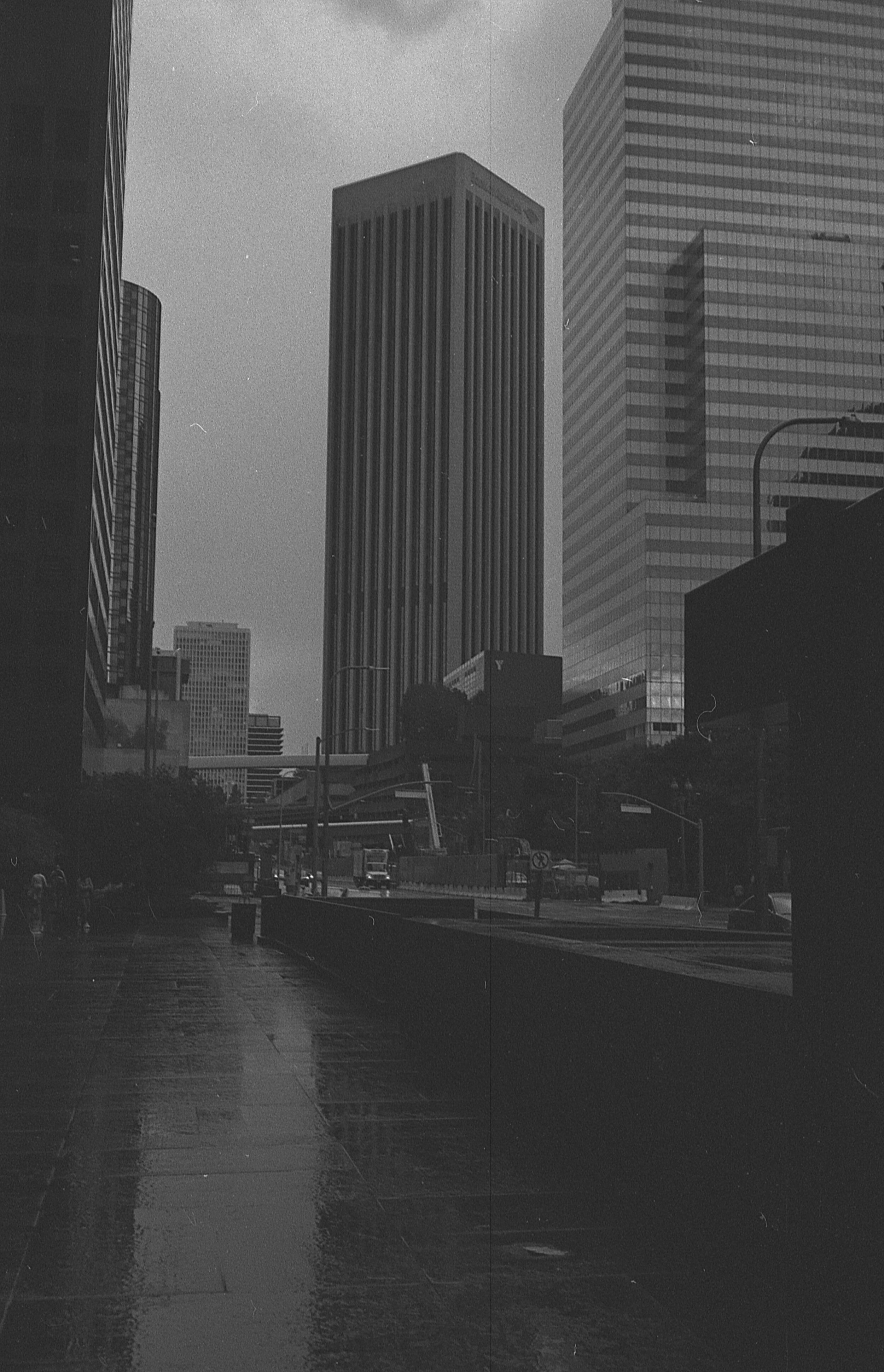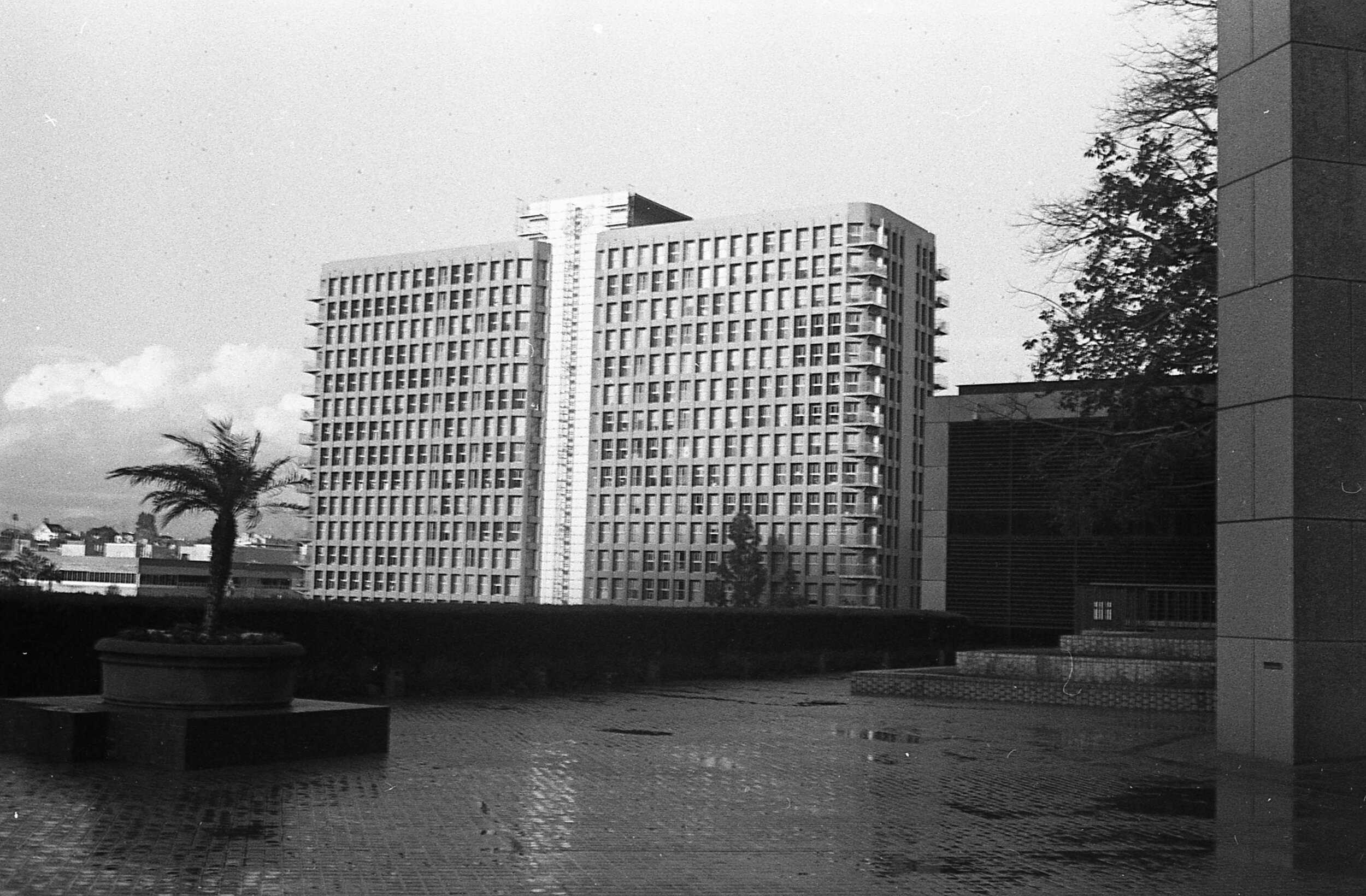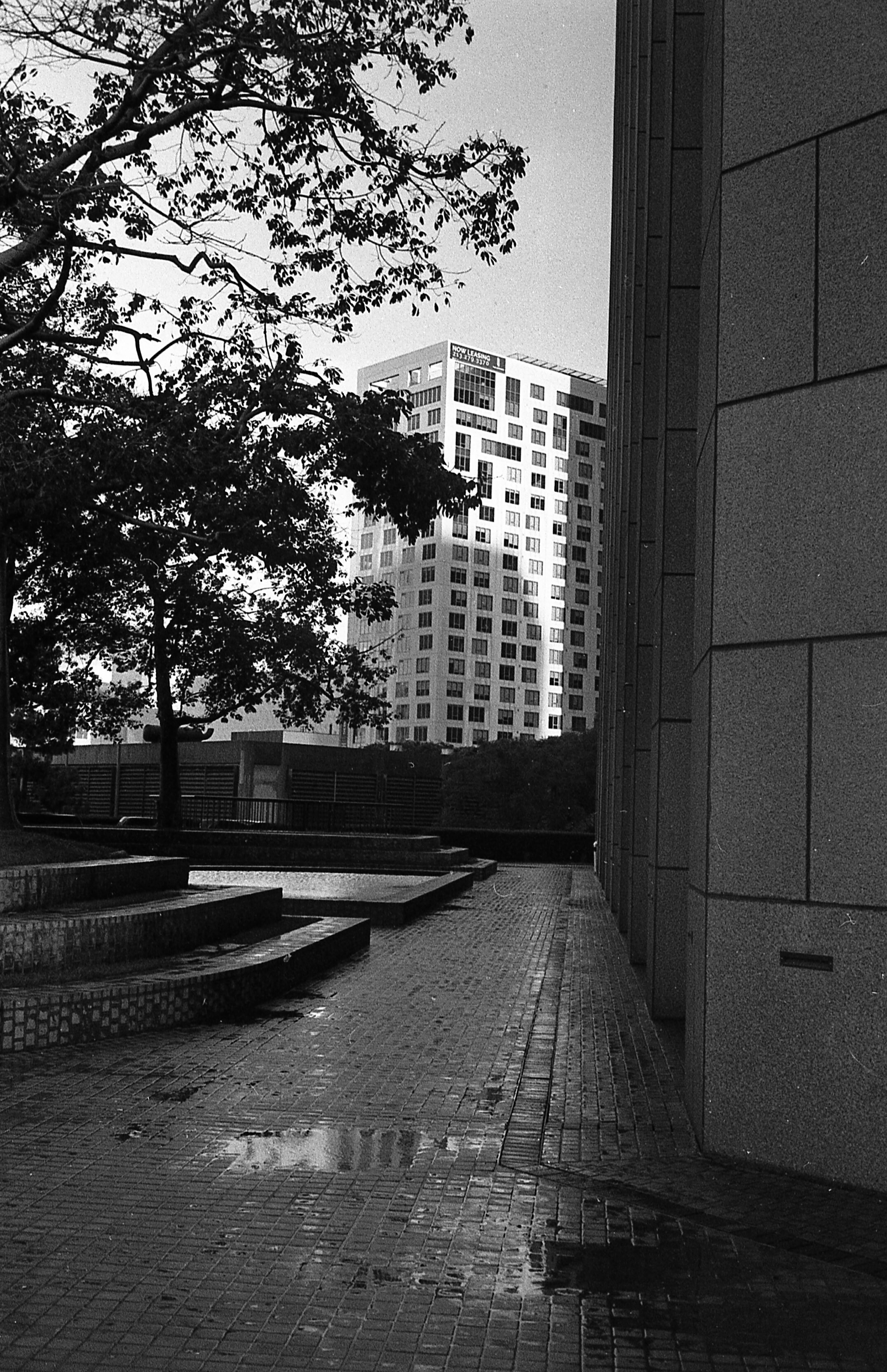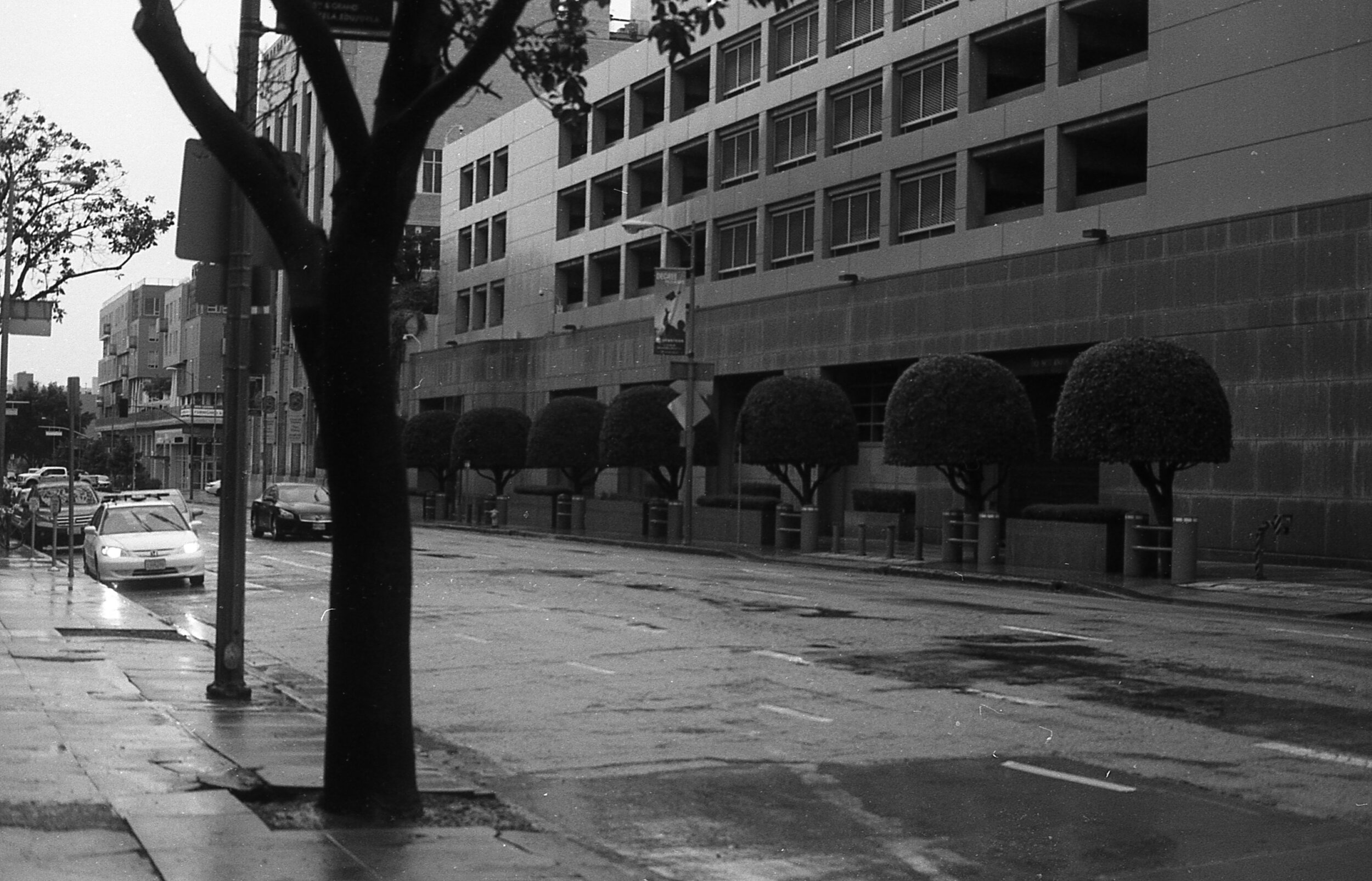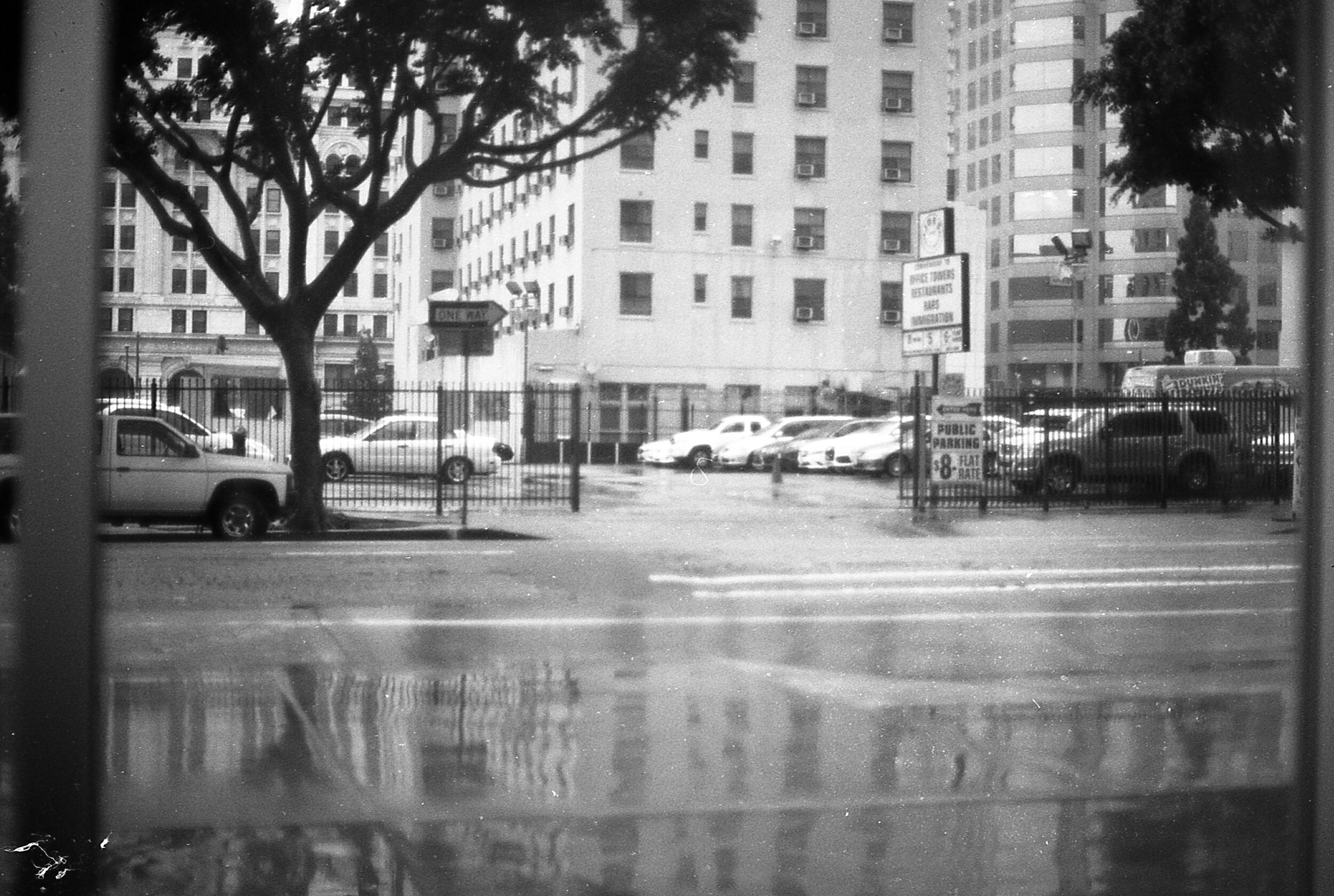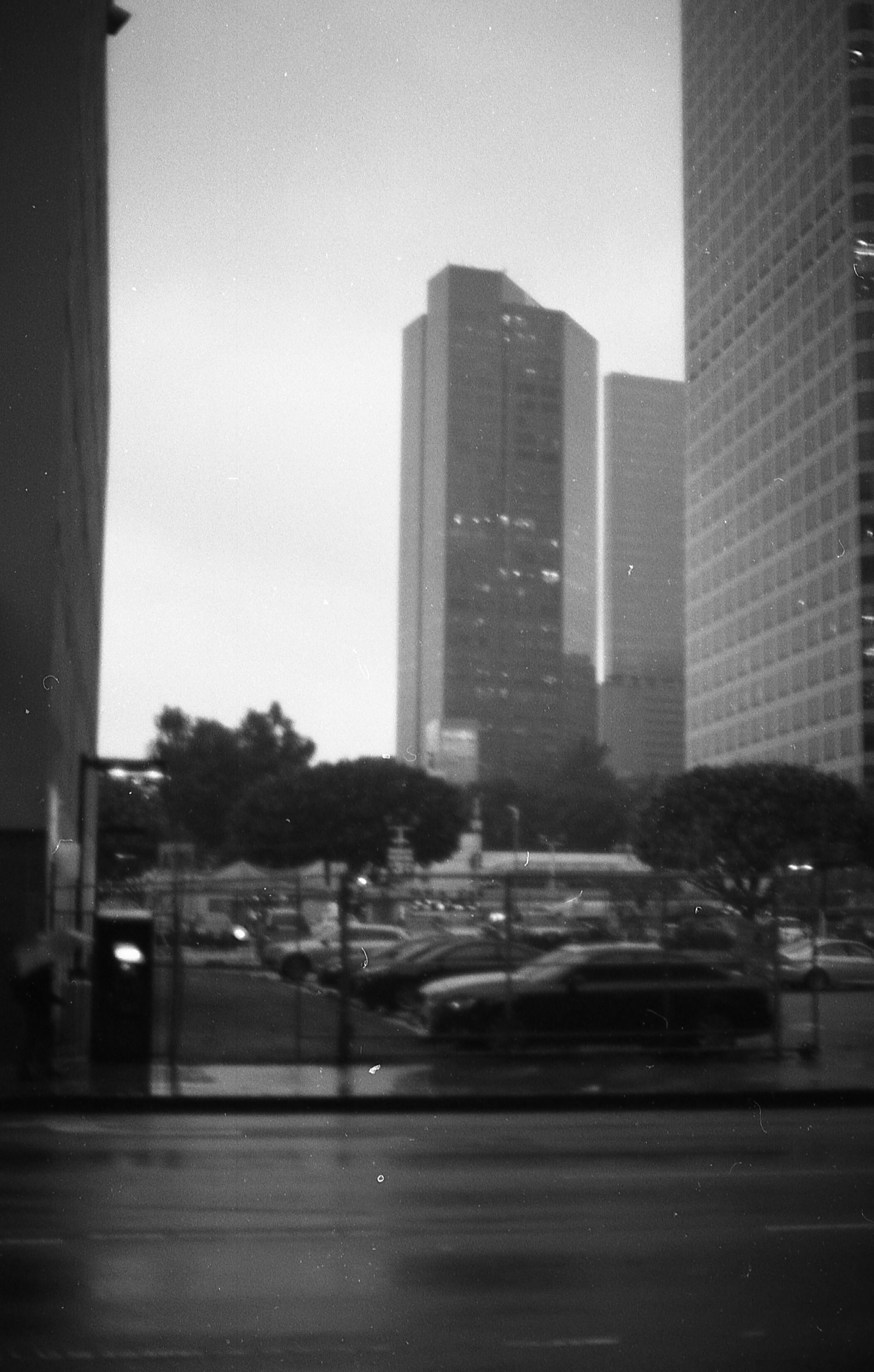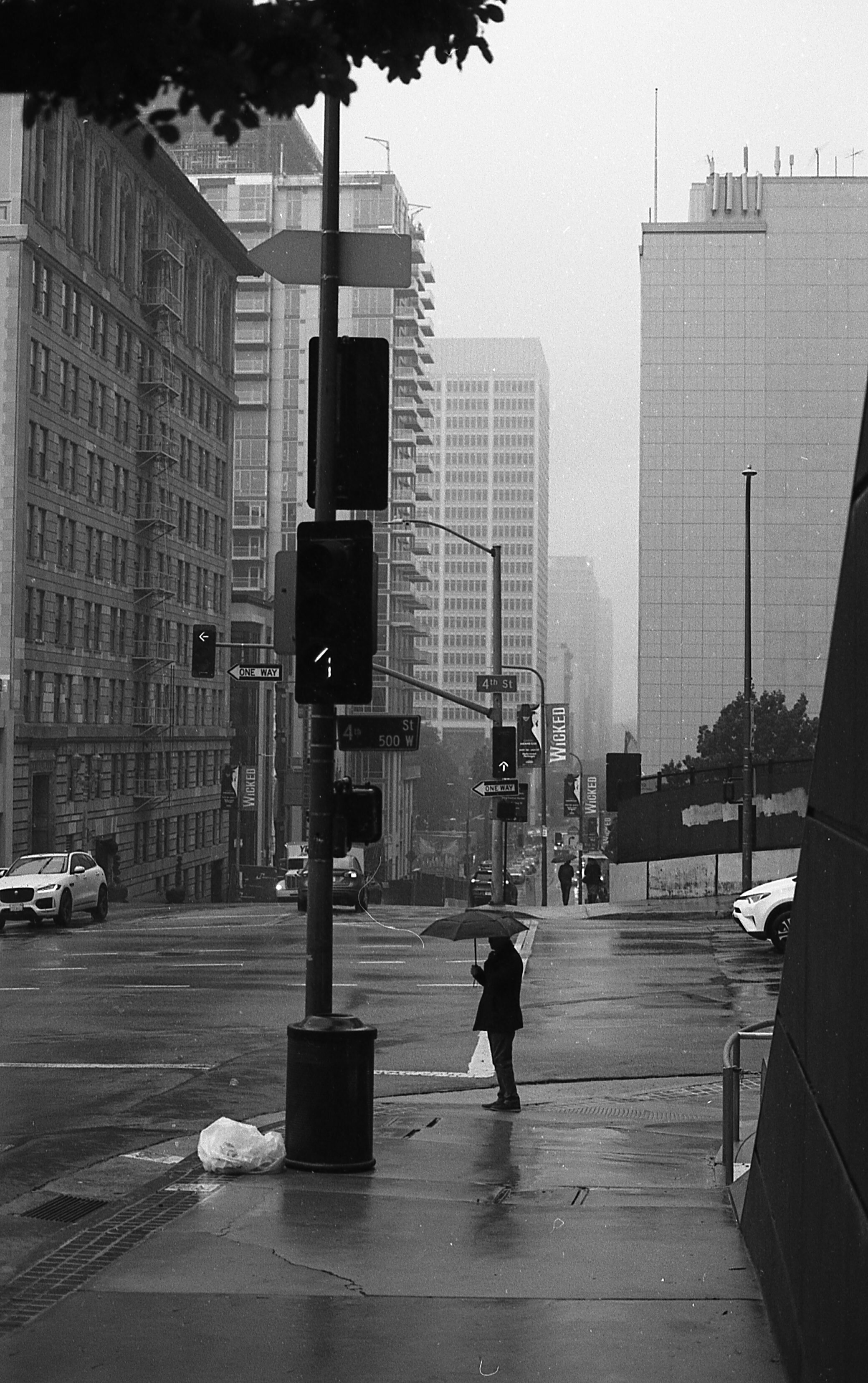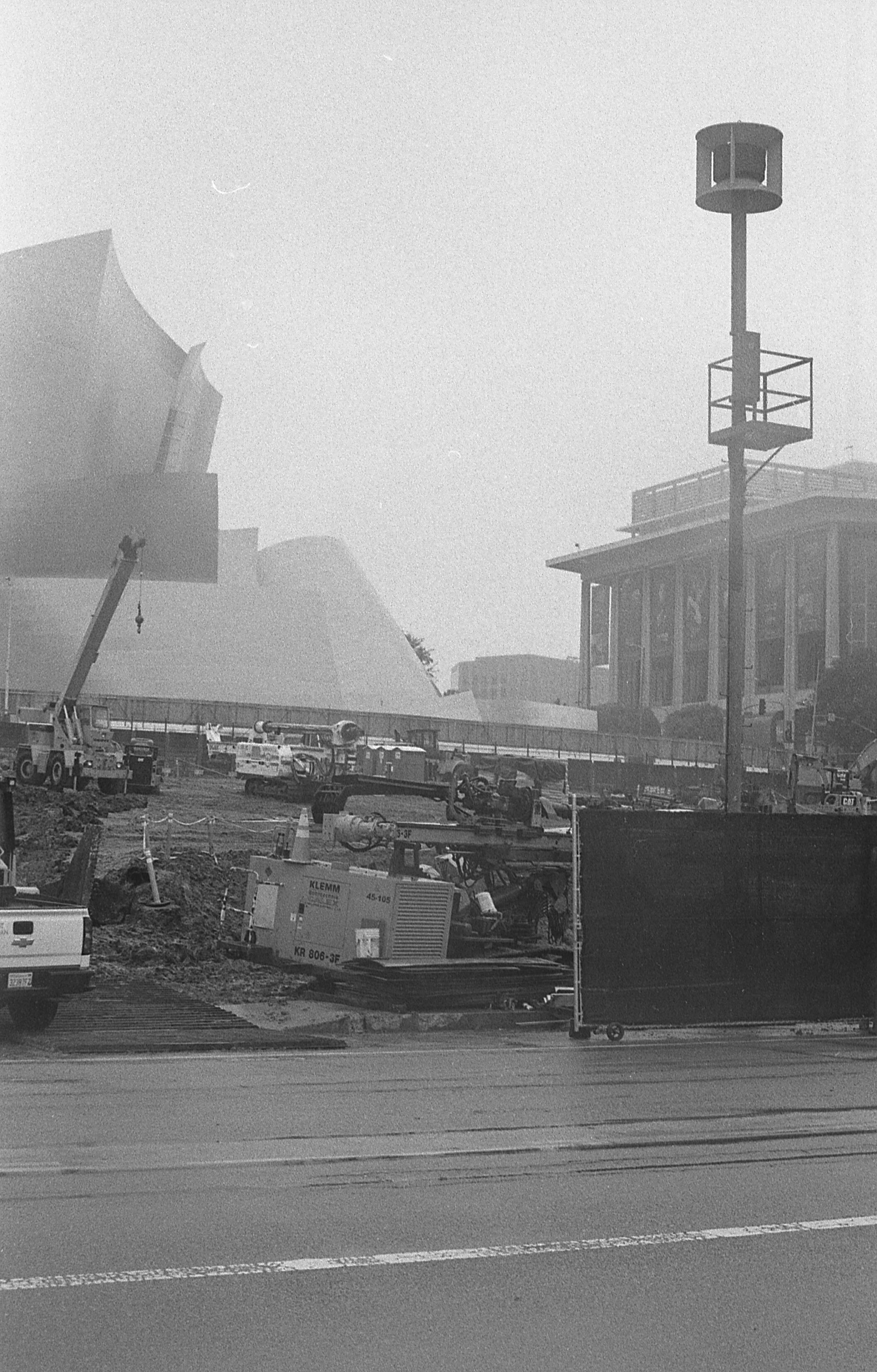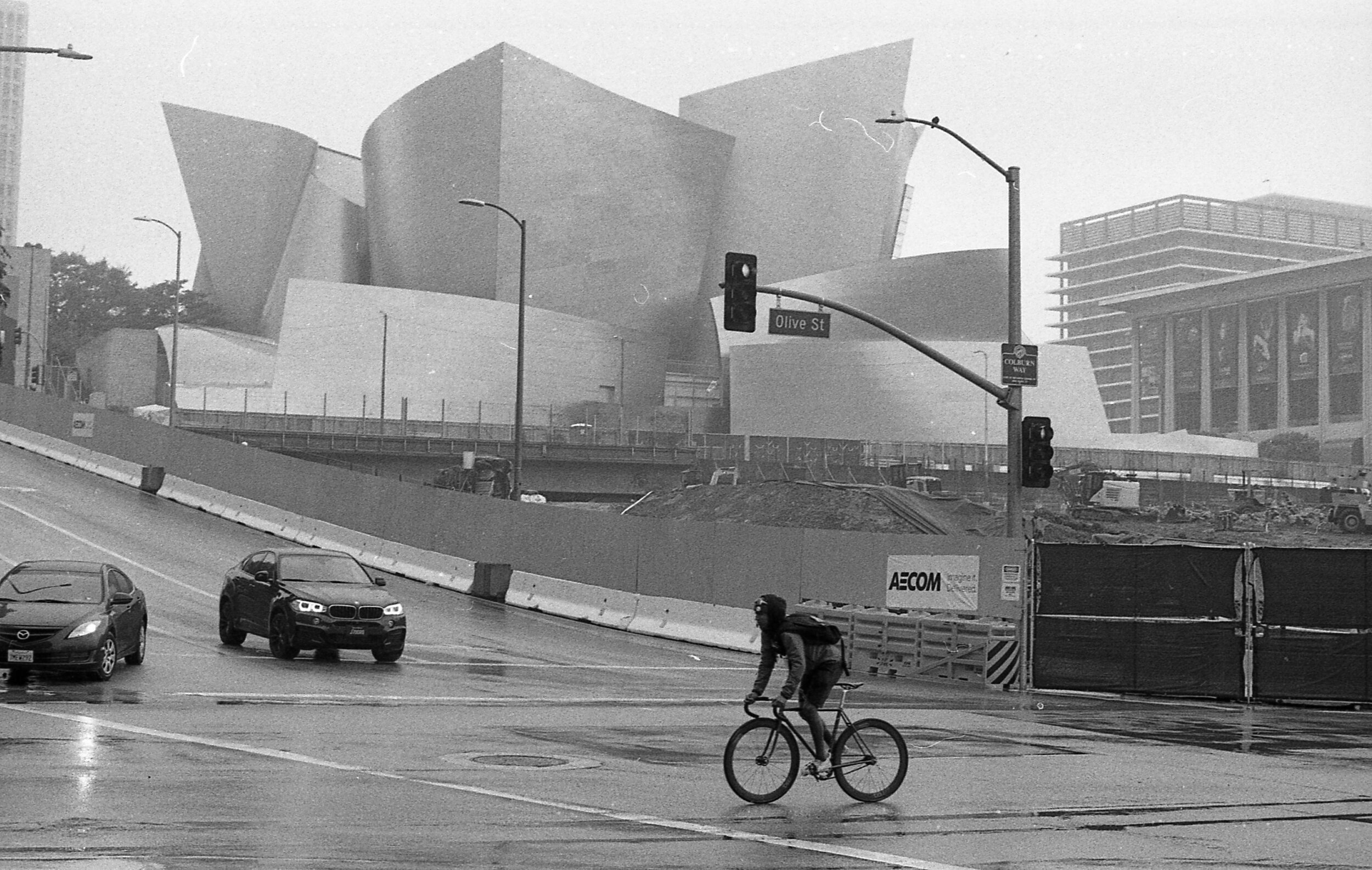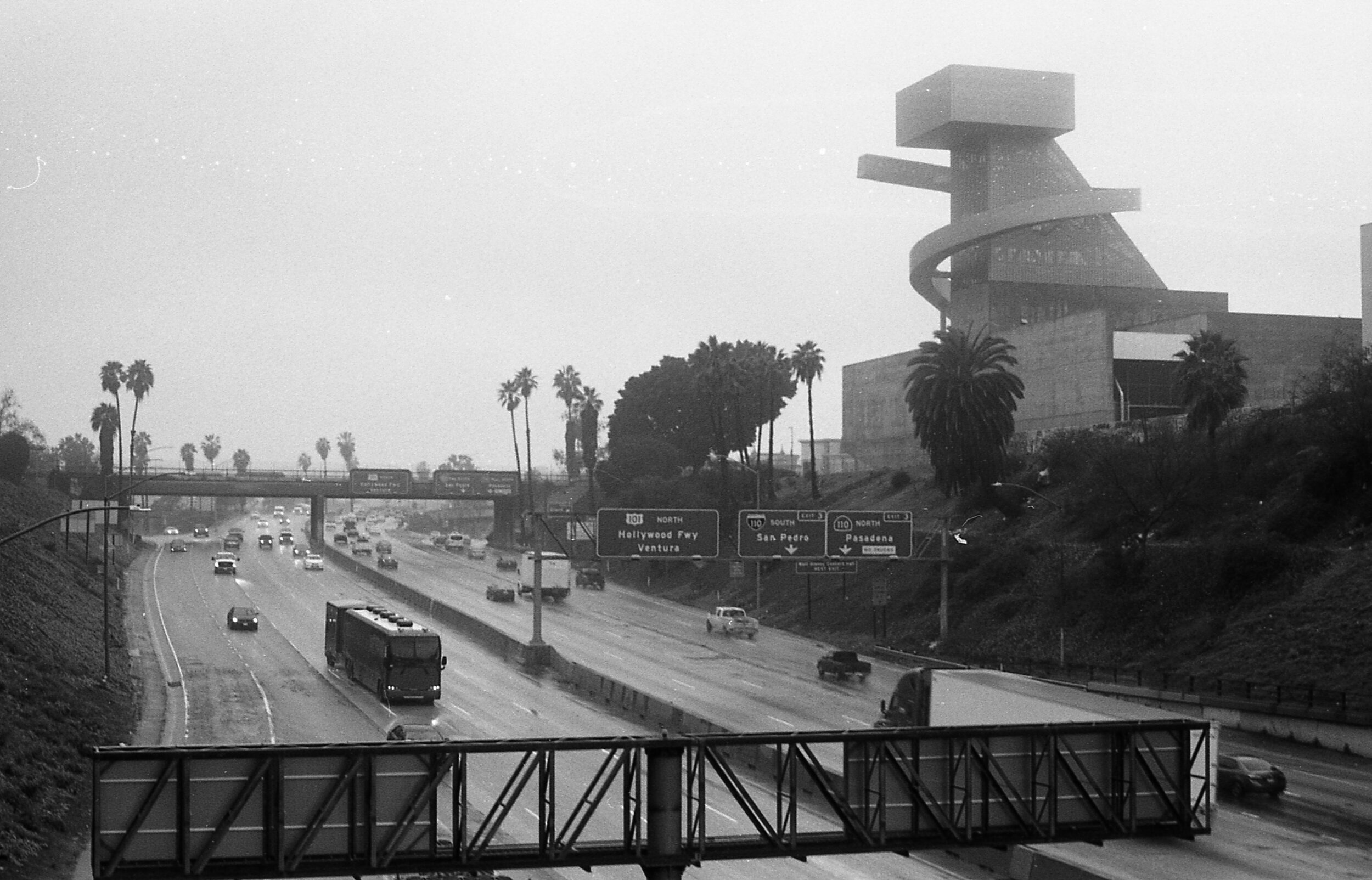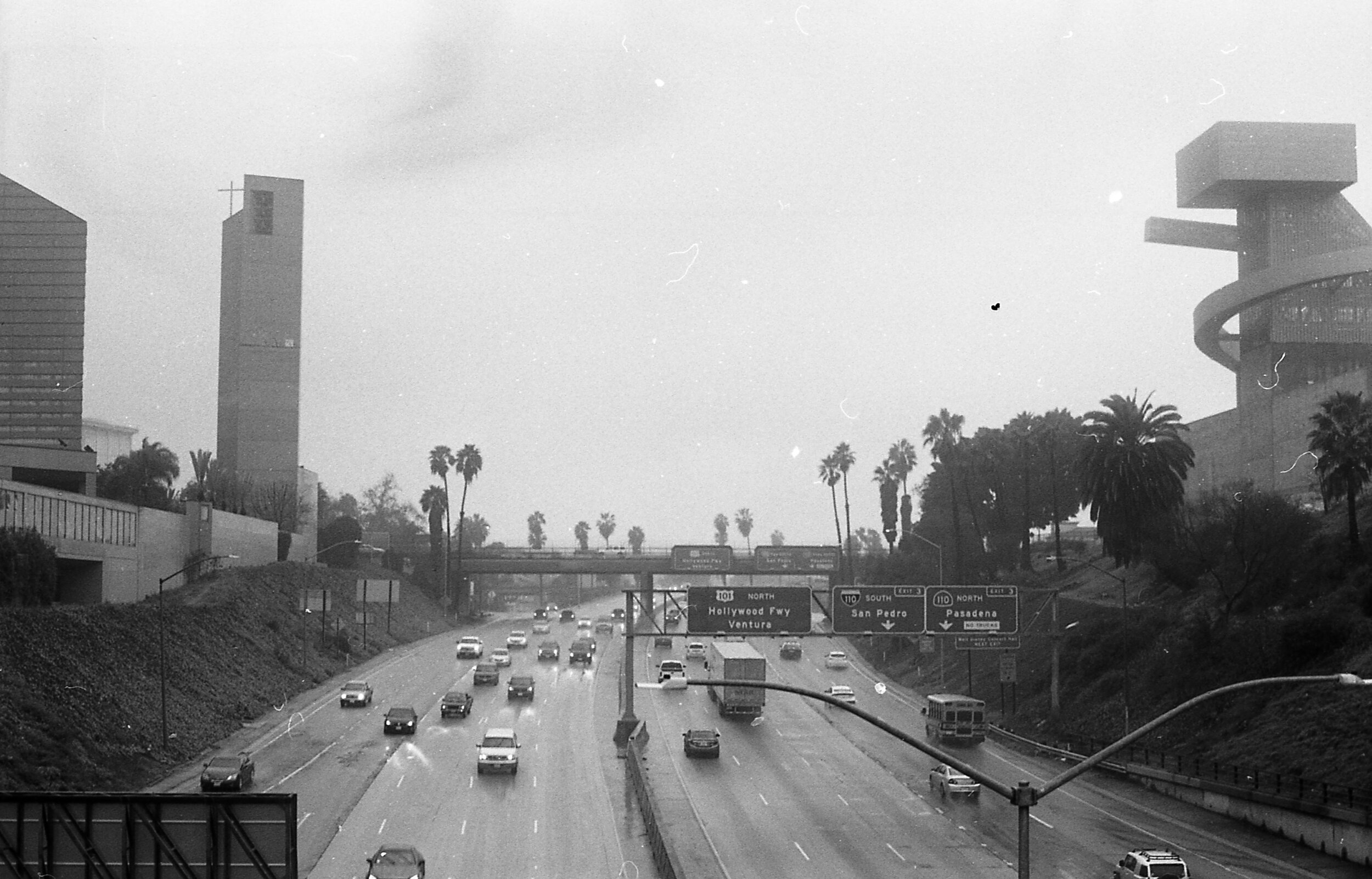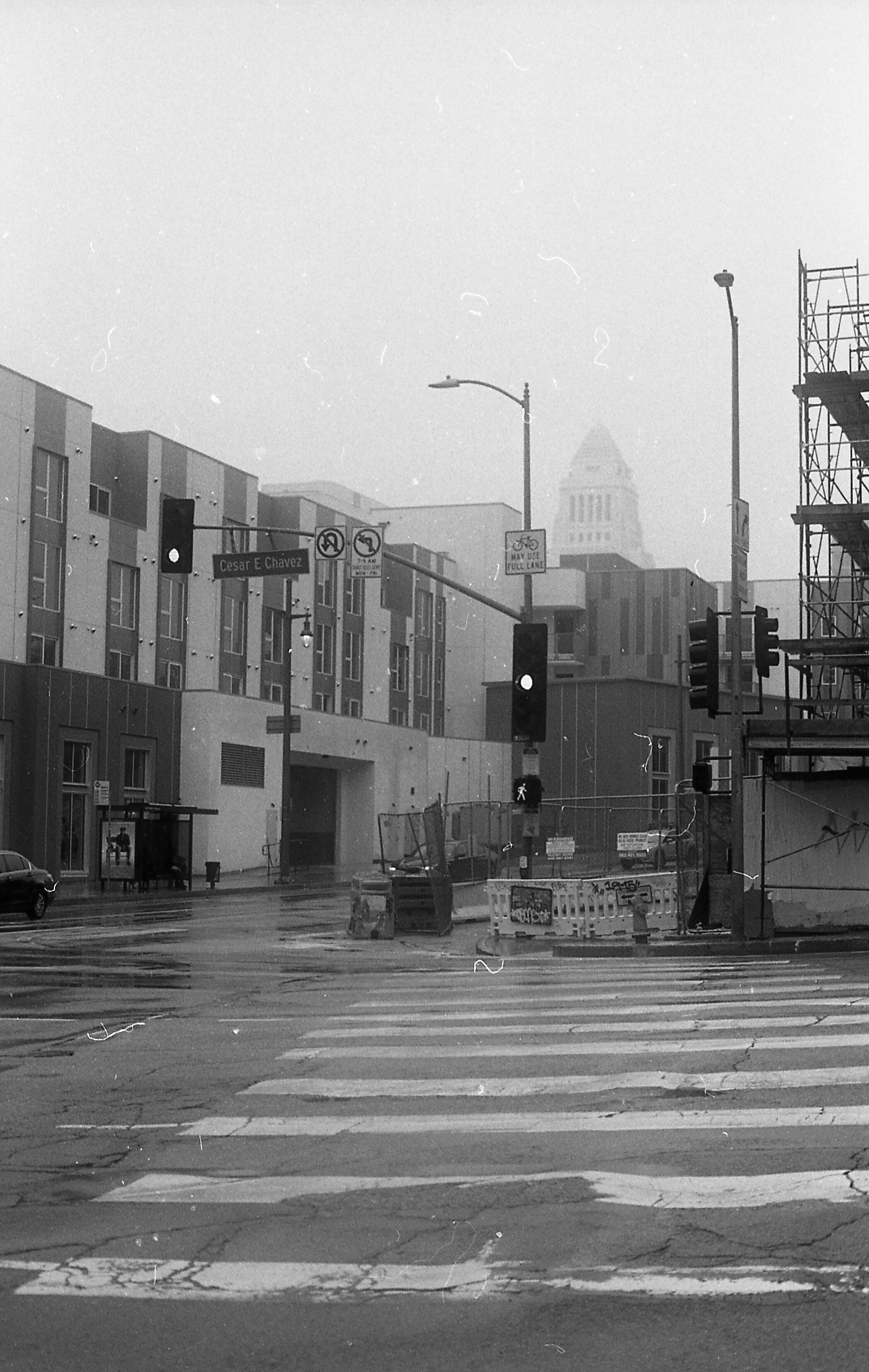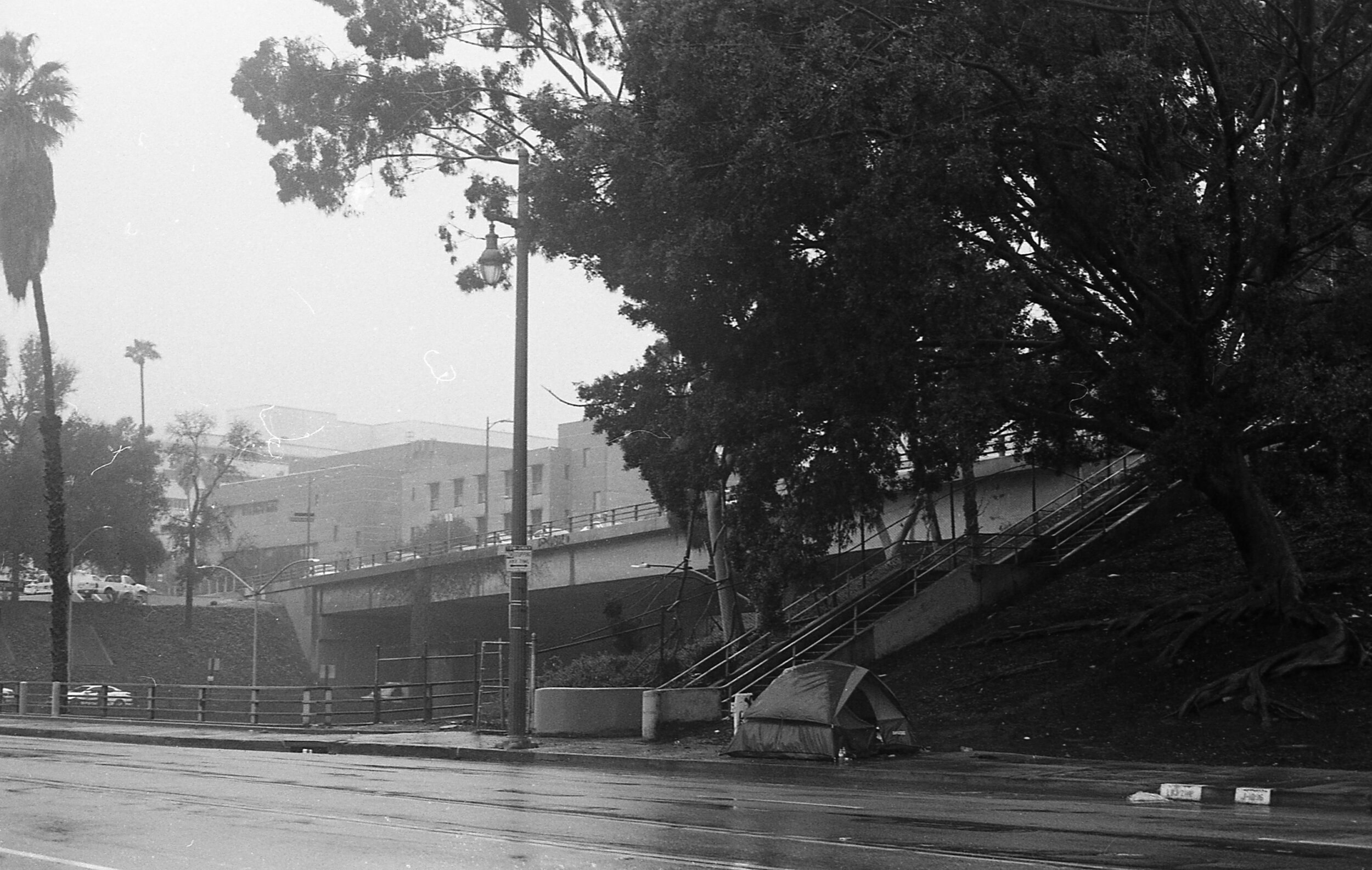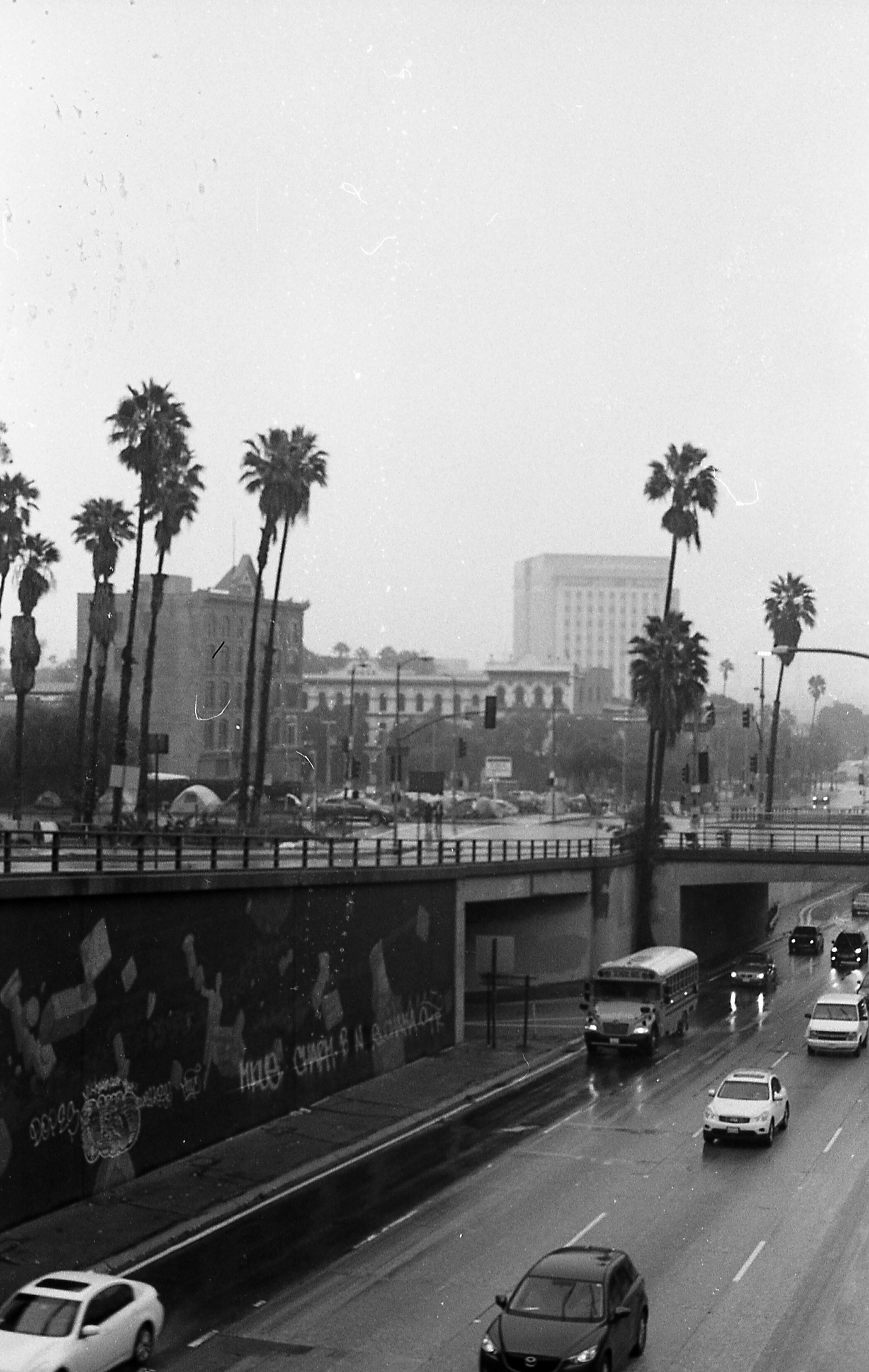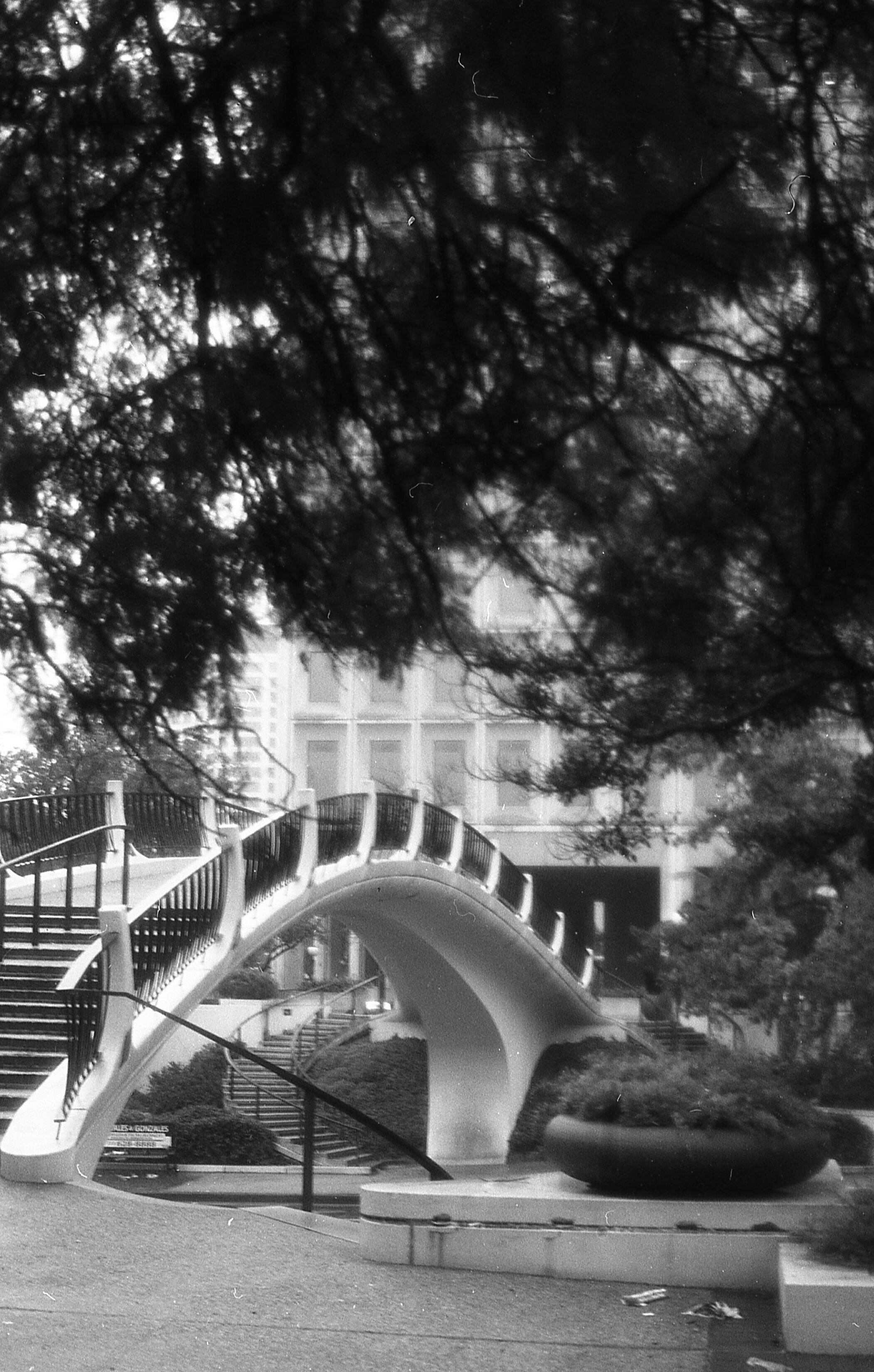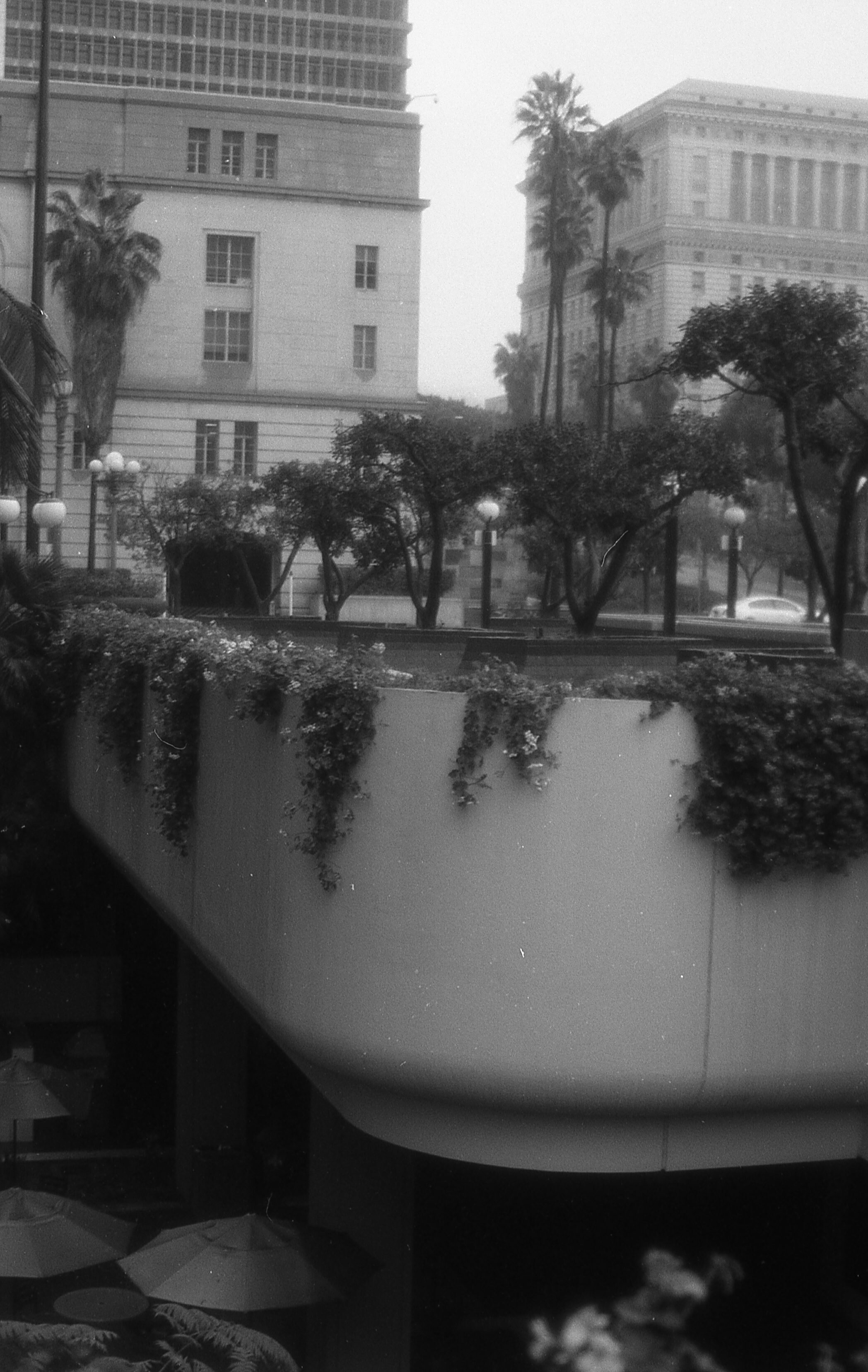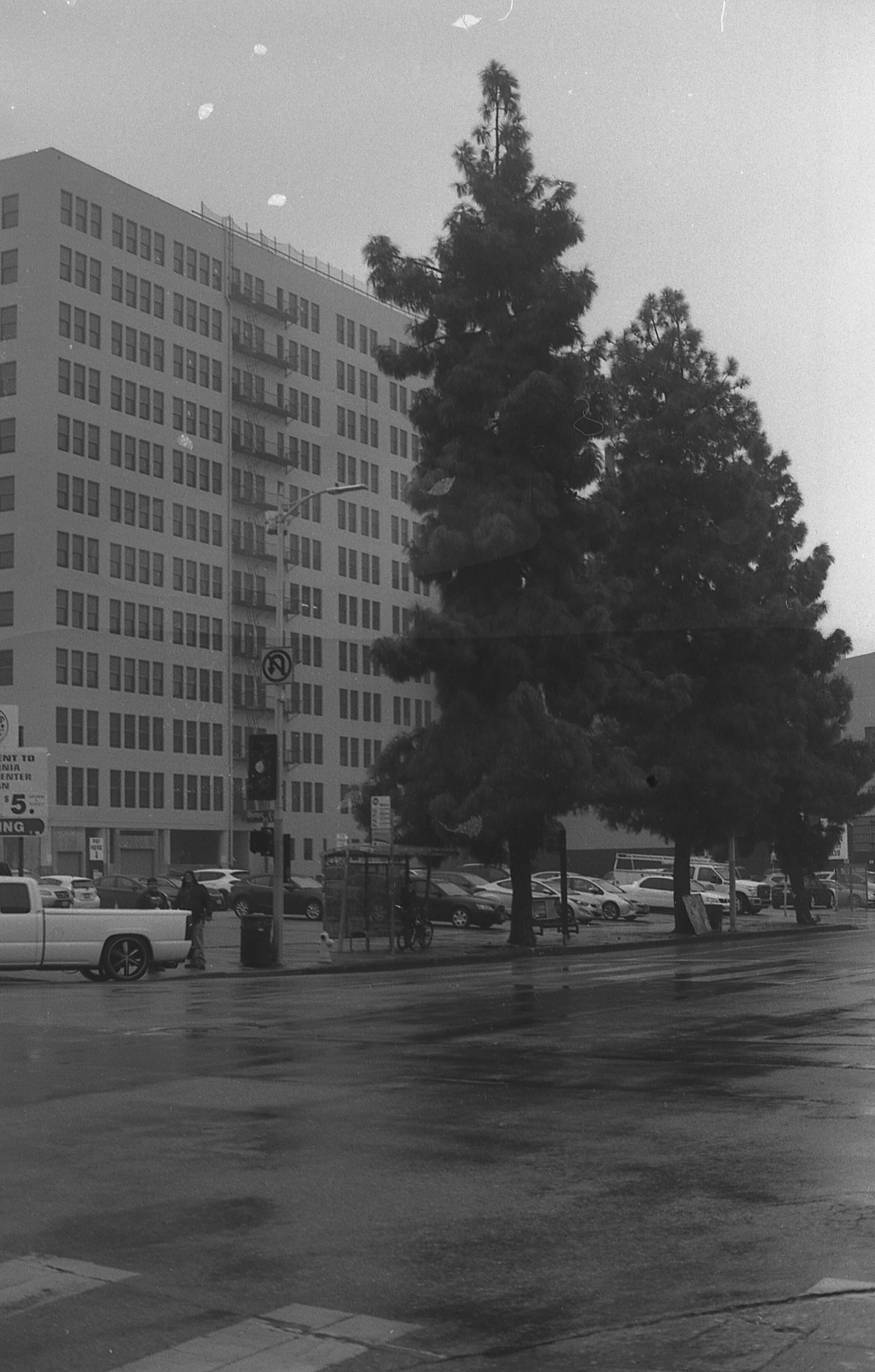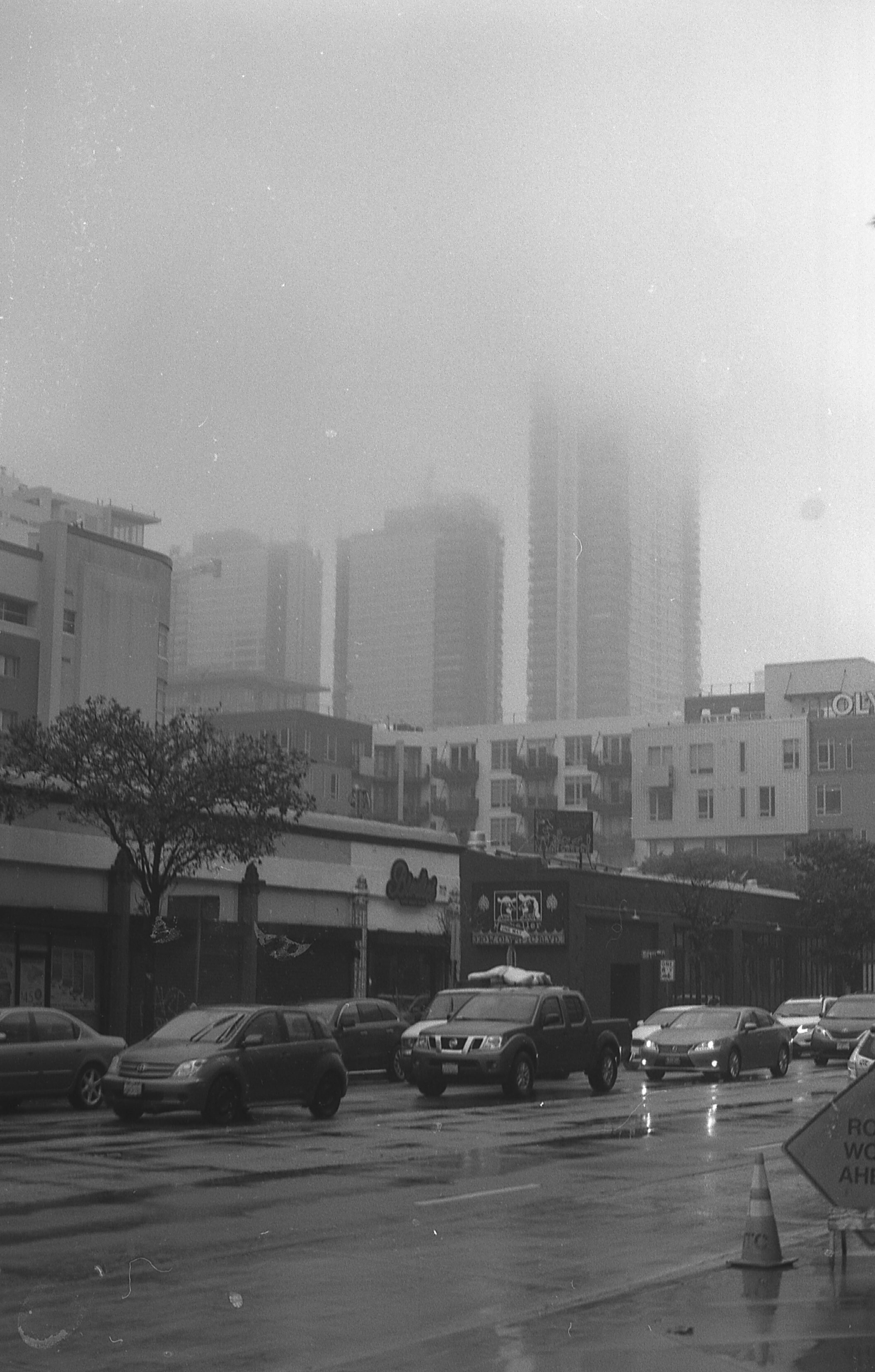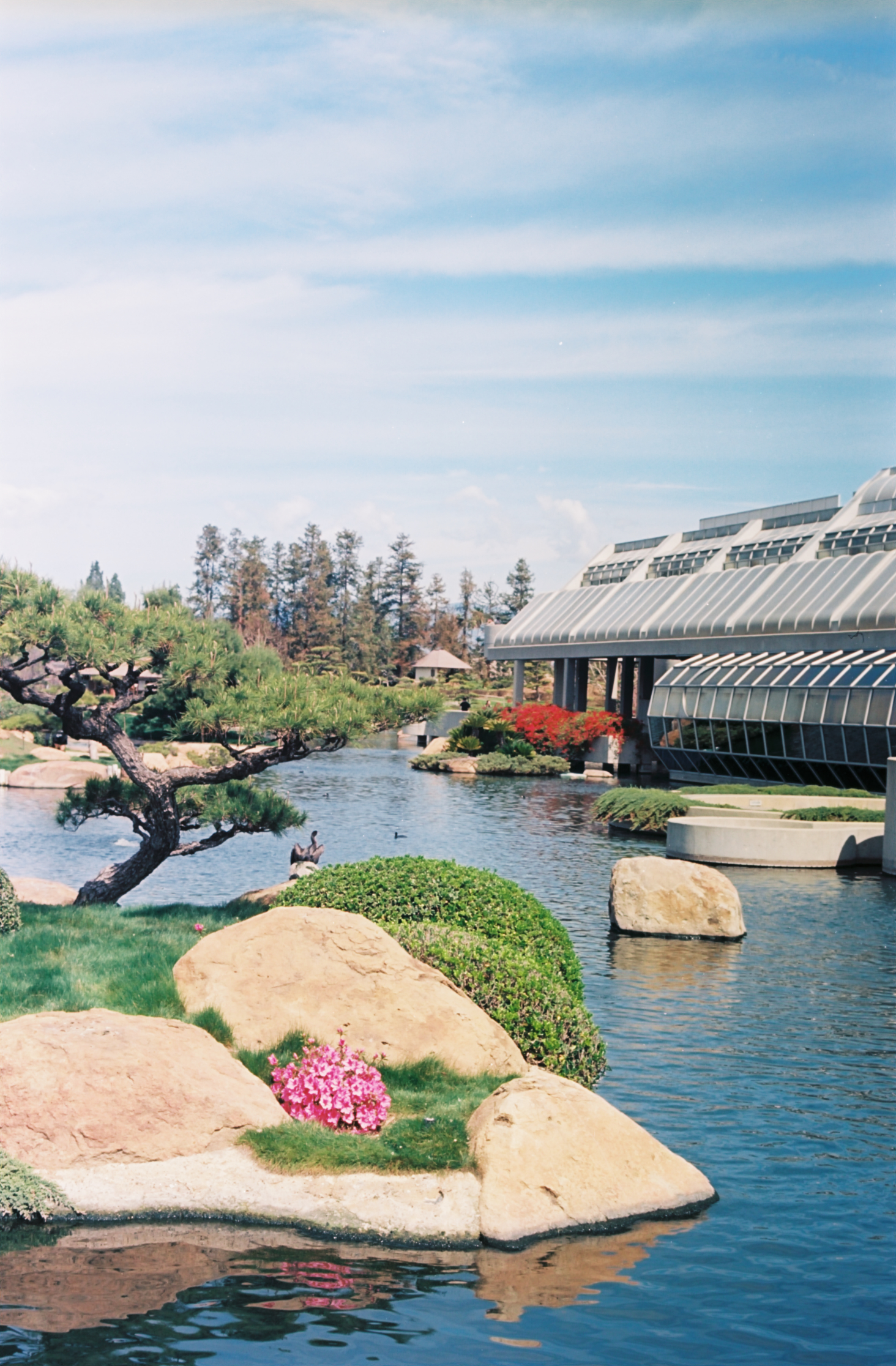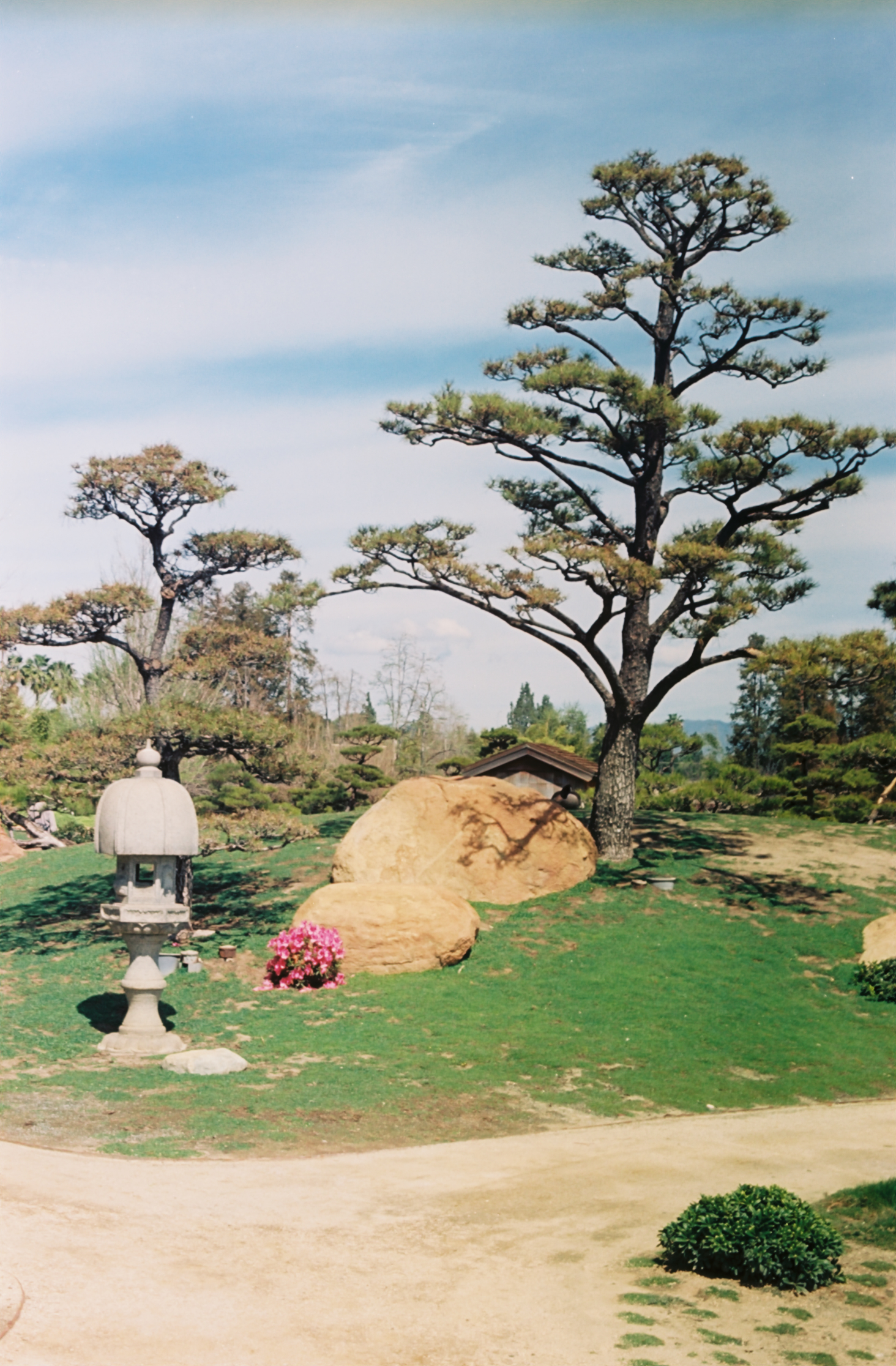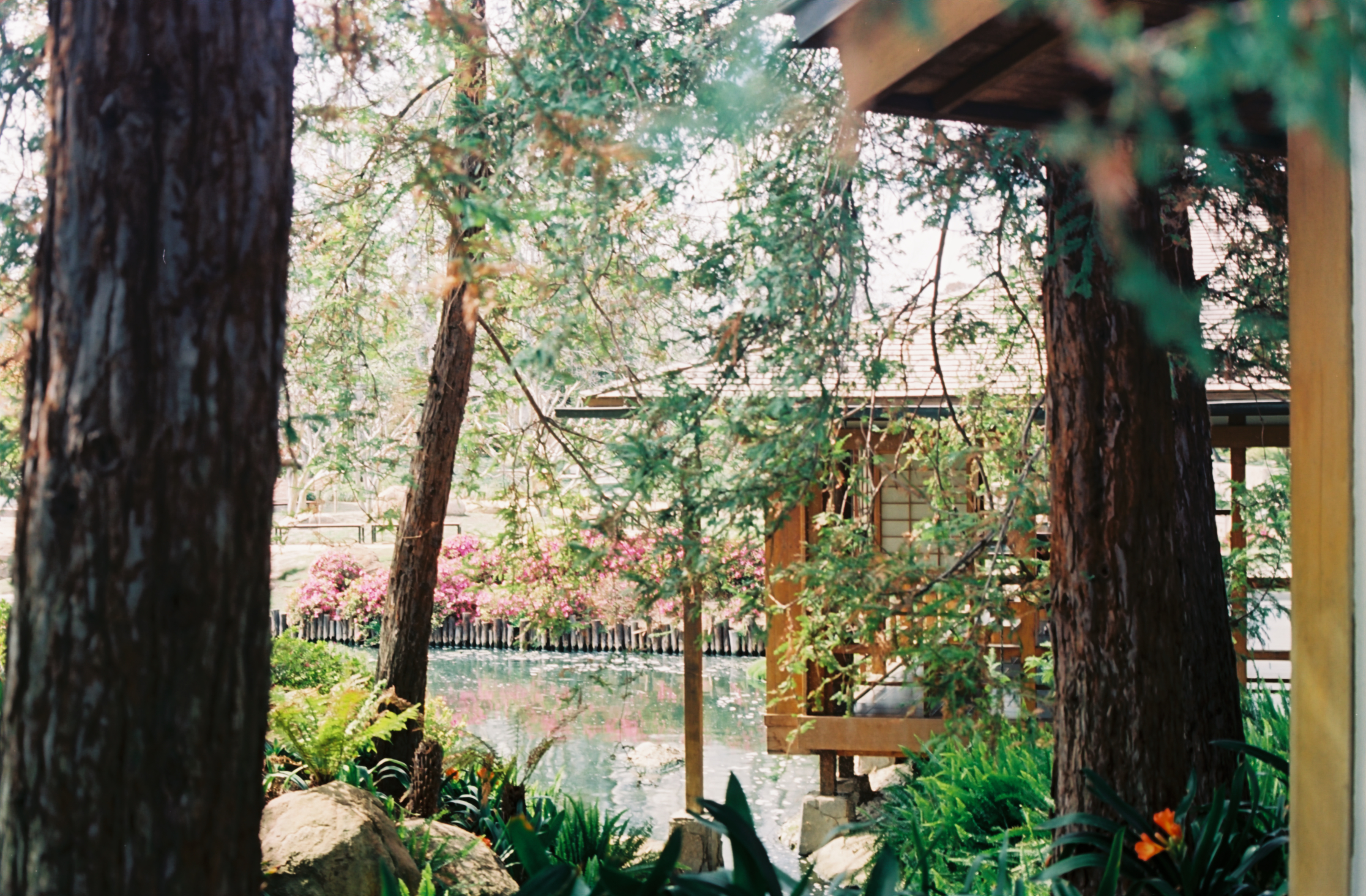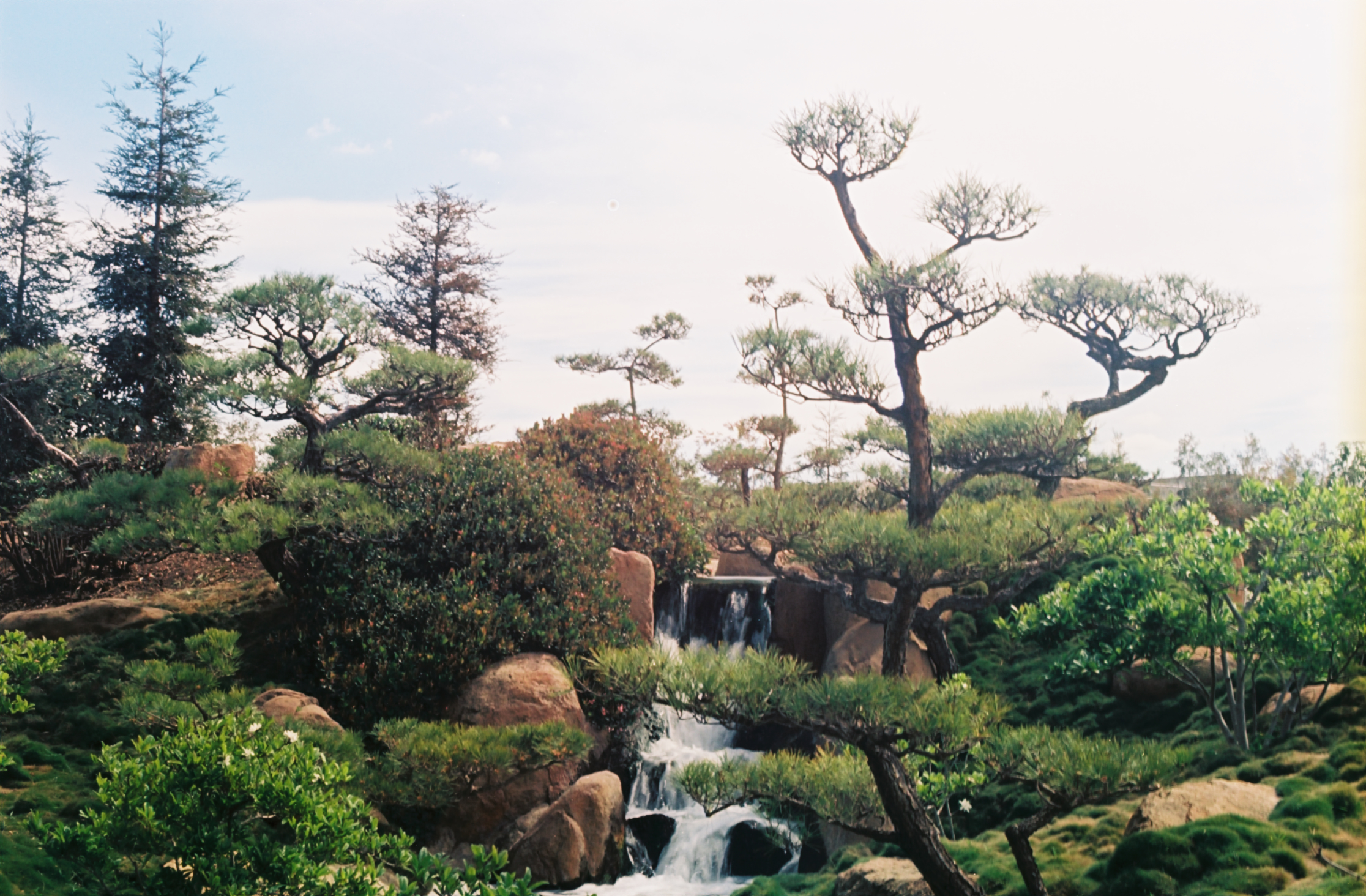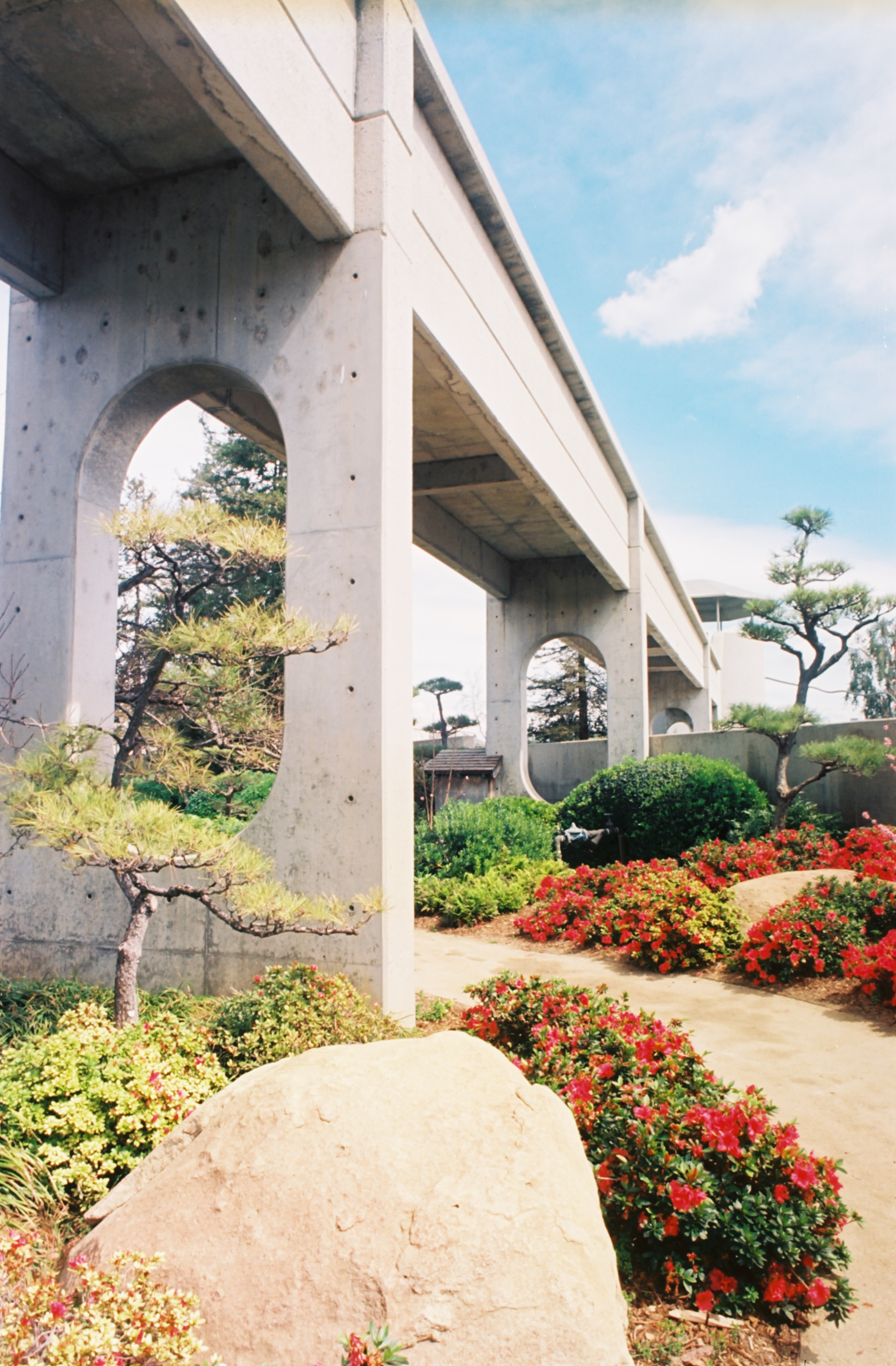What I learned Shooting #010: Neopan Professional 400 and/or Minolta MD-W Rokkor X 35mm 1.8
I managed to nab a few of bricks of Neopan at my favorite camera store/hoard house in Maine -- I sold a few to an acquaintance (hopefully I can get him to contribute a review/or some input down the line about the Neopan), but kept about twenty five rolls for myself -- accidentally destroyed one roll, and gave one away -- which is a bit on the short end for what I usually test, or at least test and then give a writeup to. On that same trip/visit, I was also offered a Minolta MD-W Rokkor X 35mm 1.8 at a price I couldn’t refuse.
The background: Neopan Professional 400 is (was) a black and white 400 speed film made by Fujifilm. Neopan Professional 400 (or Presto in Japan) was Fuji’s answer to Ilford HP5+ or Kodak Tri-x 400. It’s a fairly neutral, balanced tonal scale balanced film with tons of flex-room. It’s got nice sharp grain, and it’s tonality is a little more on the contrasty side, closer to Tri-X than HP5+ at box speed. I’ve tried scouring the net for data on the film, but there’s not much to be found, if any. There’s a few forum threads, but mostly, it’s as if the film never existed, which is a bit of a shock, as I think it was only discontinued 3-4 years ago. Owing to the fact that photomarket is basically a hoard-house I’m about 90% sure that this batch of film is the same one that I was shooting in high-school, with an expry of 2011 — though I find that black and white film doesn’t really go bad at the same speed as color film does, nor does it go off in nearly as grotesque or terrible ways.
The Rokkor 35mm 1.8 was from the second gen of MD lenses from Minolta specifically designed for the XD series (which you can read more about here) so pretty much perfect for me, because that’s basically the only 35mm camera I shoot. I’ve actually never really shot a 35mm before, or at least not extensively so it was a learning experience.
So what did I learn about Neopan 400 and the Rokkor-W MD-X 35mm 1.8:
Neopan 400 is or was an undeniably great film. It may actually be my favorite 400 speed film that I’ve ever shot, I know I’ve slowly been doing the rounds of extensively testing 400 iso emulsions to work with for my BnW work. This detour might’ve been ultimately the biggest disappointment to date, not because the look is disappointing, but the odds of finding the film again, in a large enough capacity are slim, and I can’t shoot it. It’s a super flexible film, and can actually, truly be shot and developed from 200-3200, at least in Kodak XTOL 1:1. The johnny patience method does work for it, but it doesn’t seem to really need a whole lot of overcompensating to get a decently contrasty performance, at box speed. I’ve broken down a gallery below of the film in Xtol with different iso ratings (all shot on the Minolta XD-11, with the MD-x Rokkor-W 35mm 1.8). I really like the film at base, and at 1600/3200. 800 seems like a bit of an odd trade off, and you might as well reach for 1600 for the extra contrast and grit at that point. Also of note is that the Minolta XD-11 kind of craps out in terms of metering ability right around 3200 at night — and while I’m sure anyone would recommend a handheld meter, if you’re only using a it as a rough guide, you might be better off just shooting at 1600 with it then overdeveloping extra or just knowing if you go one stop under whatever the thing reads
Fuji Neopan 400 Professional shot at box in Xtol 1:1, developed to 20% over the listed development time for 400.
Fuji Neopan 400 Professional shot at 400 and/or 800 in Xtol 1:1, developed to 20% over the listed development time for 800.
Fuji Neopan 400 Professional shot at 1600 in Xtol 1:1, developed to 20% over the listed development time for 1600.
Neopan 400 shot at 1600/3200 and developed to 3200 plus 20% for safety.
The next major finding I had was unrelated to the film -- it was about Xtol. Xtol, despite being the newest commercially available developer from Kodak, still has a fairly old/outdated data sheet - despite it being “updated” in 2018. Most film manufacturers don’t recommend that you develop anything in temperatures over 75ºF or 24º C, but anyway, the Kodak module for Xtol (available from Kodak here) gives development times with temperatures going up to 80ºF. The module also has times for now extinct films like Neopan 400, and Plus-X Pan. I do a lot of push processing, exclusively in Xtol, so knowing that I can use it up while warm, up to at least 80º is a pretty big win, because it helps cut down some pretty steep developing times with HP5+ and Bergger Pancro (rated at 1600-3200) hitting between 30 minutes to an hour in Xtol 1:1, even up at 75º.
Please find below a set of photos shot at 1600ish, and then pushed to 3200 in Xtol @ 80º -- I did shoot these on the Minoltina AL-s -- which doesn’t have a working meter. This is also a loose representation of how flexible Neopan 400 is, and how much you can over/underexpose it. The grain is pretty big/chunky here, but all in, it’s still okay in my book.
Neopan 400 shot at 1600ish developed to 1600ish, In Xtol 1:1 at 80º F for 11 minutes
Likewise my next finding is common knowledge to basically anyone who does a lot of development, but it bears repeating here: Rodinal is just god awful on everything 400 speed and above. I know Bergger Pancro 400 looks good in rodinal but that’s an extreme rarity. It’s particularly awful for Neopan Professional 400. Normally I’m not the guy who notices or particularly cares about grain, but like, shit’s rough and kinda gross. Almost as bad as Kentmere/Harman AGFA APX 400 in Xtol. I know rodinal is pretty finicky, and gets worse at higher temperatures, and with more agitation, but I actually went out of my way to use 68º water, and give the film maybe one or two turns at most every minute, along with only agitating the film for a 30 second period for the first minute, rather than the standard full minute you need with Xtol, or any mainstream developer (I know or have read on unblinking eye that Pyrocat and variants are a lot touchier than Rodinal). The tones are really good, but once you get bigger than say a standard social media post/sized print it’s a little rough on grain.
Fuji Neopan 400 in Rodinal 1:50
Also of note, This was my first extended period shooting a 35mm focal length. I’ve shot some 40mm on the minoltina AL-s but not enough to really dig into it as a daily shooter. Its a good little camera, but it’s not nearly as sturdy or stable as the XD-11. At any rate, 35mm is something I’ve largely avoided, it never seemed like a good fit for me, and I’d gotten really comfortable shooting and composing for a 50mm or a normal -- and on paper a 35mm lens never really seemed “right” or like it would be a good fit for me. That said, when I was able to buy a really nice 35mm (the minolta rokkor -- Minolta MD-W Rokkor X 35mm 1.8 -- at the right price -- about ⅓ the standard market value) I jumped at it, and thought if it didn’t work out I could easily flip the lens for a profit, and it’d be a no harm no foul transaction.
Compared to the 50mm, a 35mm feels a bit like drunk driving -- It’s got buffer everywhere and it just feels out of control, or like I’m spinning out everywhere. After a while, resetting my eyes, it began to feel more natural, and in a lot of cases a really great fit for shooting in an urban environment -- i’ve come to prefer it to shooting a 50mm for a lot of uses -- it’s expansive enough that I don’t have to doublethink or think too much about framing, or moving myself to get the shot I want. That said, I’d still trade some headroom for a little more compression, and like the look of a 40mm a bit more than 35mm, but it’s a minor nitpick. Theoretically 35mm is a wide lens, but in most cases after getting used to it it just feels like a normal with reach — though sometimes the distortion does creep in or get to you. That said, if you like wides, and you like Minolta lenses, especially Minolta Wide Lenses — I’m sure it’d be a great every day shooter for you too.
My only real complaint about the Minolta MD-W Rokkor X 35mm 1.8 is that, as much as you’d think 1.4 wouldn’t be that much different or, like It wouldn’t play out super differently, but starting at 1.8 and then having to jump to 2.8 is not my favorite. I like that on the MC PG-x Rokkor 50mm 1.4 it’s 1.4 then 2, and 2 has a significant jump in depth of field/sharpness. The gripe is fairly small once you factor in the increased DOF by being a wider lens, and the fact that at least the MD-W 35mm is actually really sharp even at 1.8, as you can see in the lowlight/push tests, but still it bugs me a little.
In other weird sidenotes, because this is more a blog than a formal test -- because let’s be honest formal tests are boring, and if you really needed dry facts you’d probably head to APUG or one of the other cranky old man forums to read over data fast, I’ve actually never bothered to use Kodak HC-110. A lot of the reason is that I’ve basically found that Xtol and Rodinal work for me, and do the jobs I need them to do well -- Pushing and clean medium speed film for Xtol and Contrasty, sharp grain development. Everything I’ve ever heard and seen from HC-110 is that it’s good for pushing and it typically makes nice but chunky grain -- but hey, I was clearly wrong about what I’d think about 35mm, so I might be wrong about HC-110. It might actually be up my alley.
The only other musing worth sharing that I can think of is that, after testing it the illford wash process actually works pretty well. A couple of my rolls had really dark bases, and I quickly realized that I wasn’t adequately washing the film by letting a slow stream of water run through the tank. However the ilford wash, 5 inversions of clean water, dump, then 10 with a new set of water, then 20 with another fill, actually did the trick fairly well. Also, my fixer went bad faster than I’m used to -- or I ran more film through it than I typically do, Either way, I’ll probably keep better track next year.
As of right now I have half a roll of Neopan 400 professional left in my camera. It’ll be a disappointment when I can’t shoot it anymore.
Anyway, thanks for reading! If you’ve read any article on here this year, mine or otherwise, I really do appreciate your continued readership and support.

